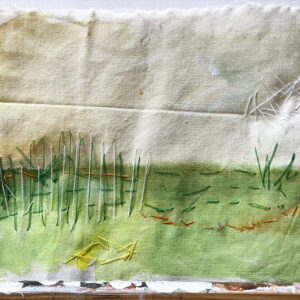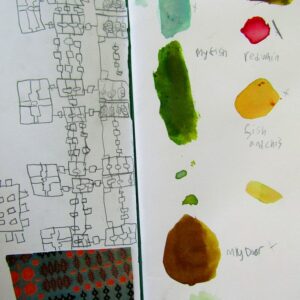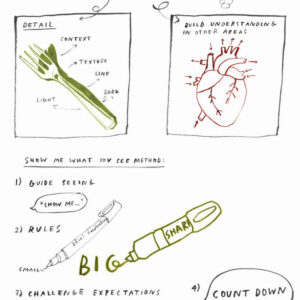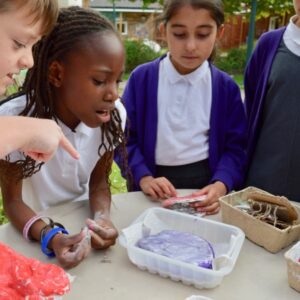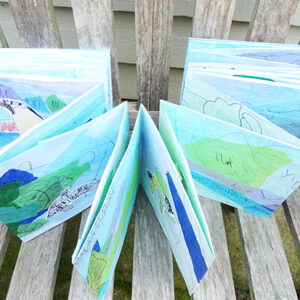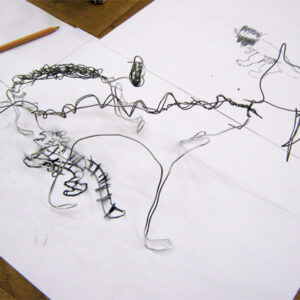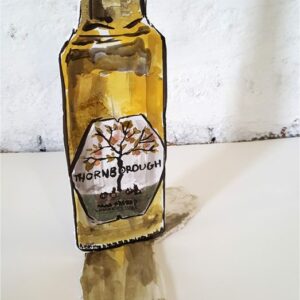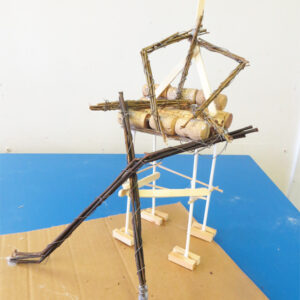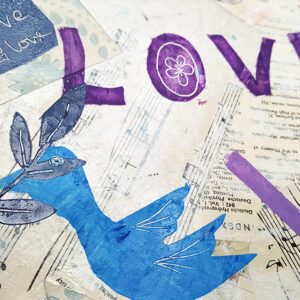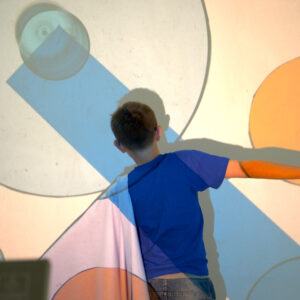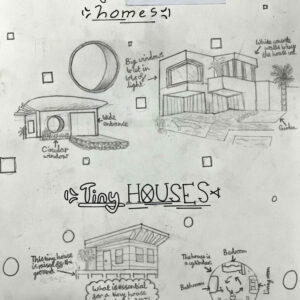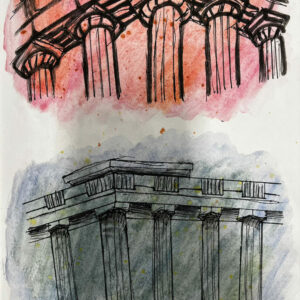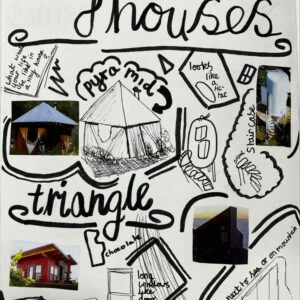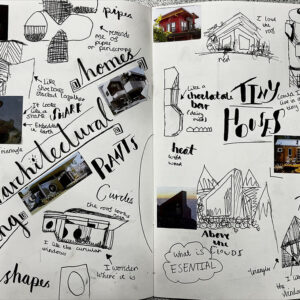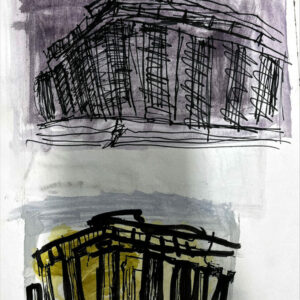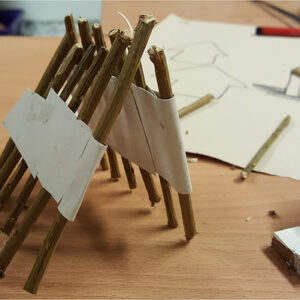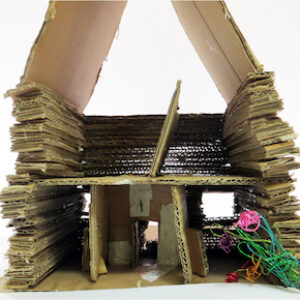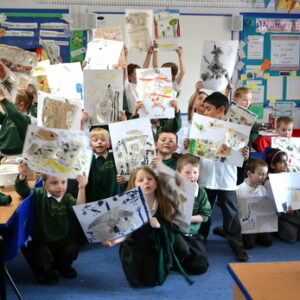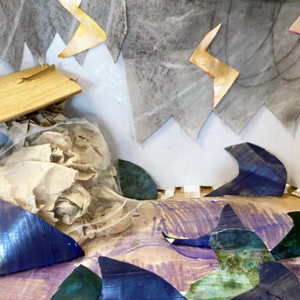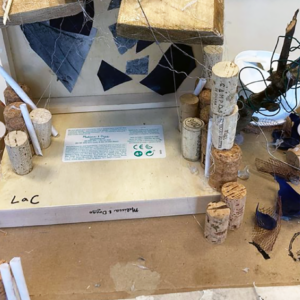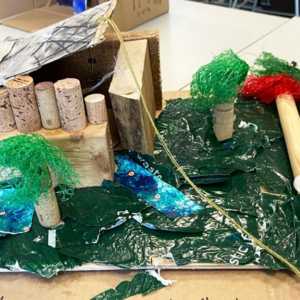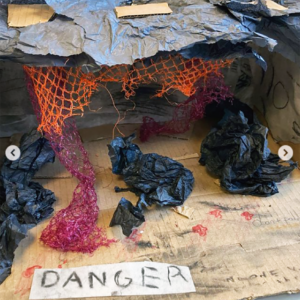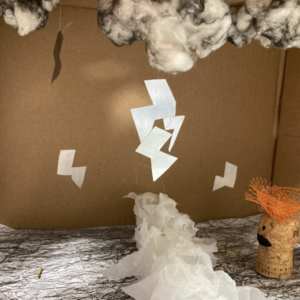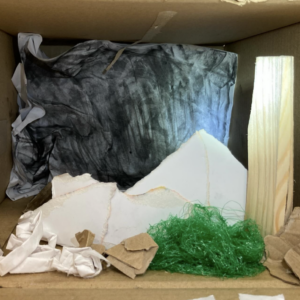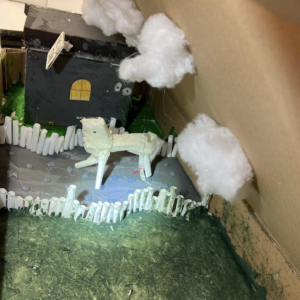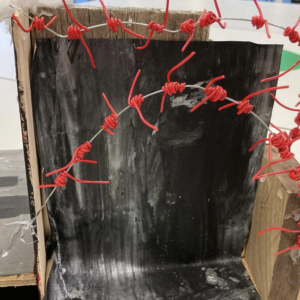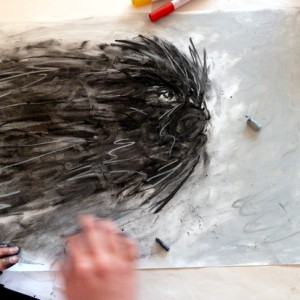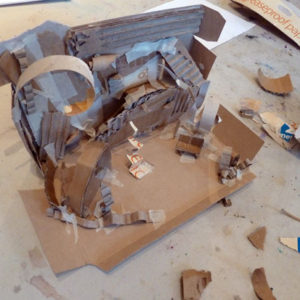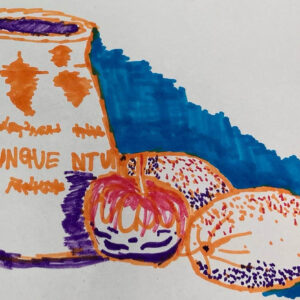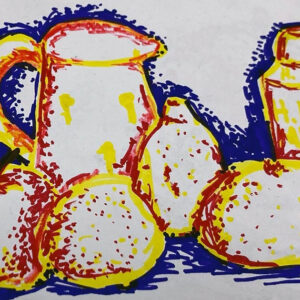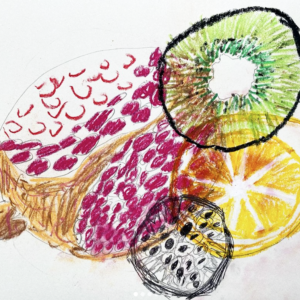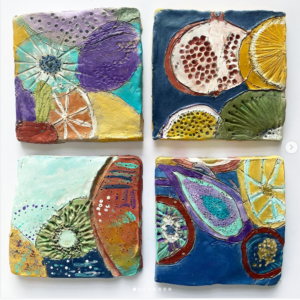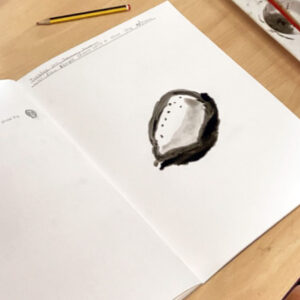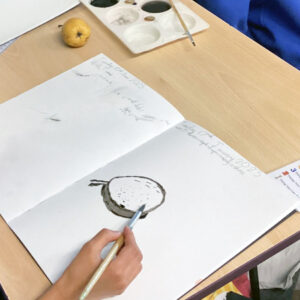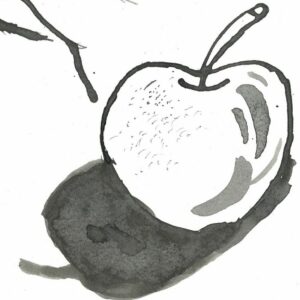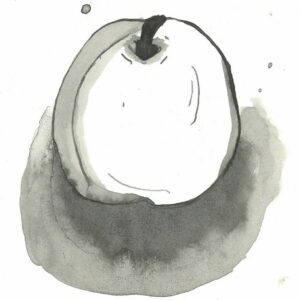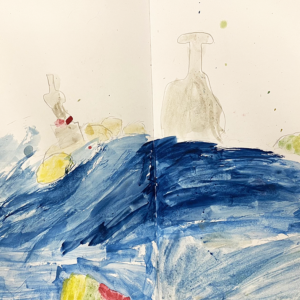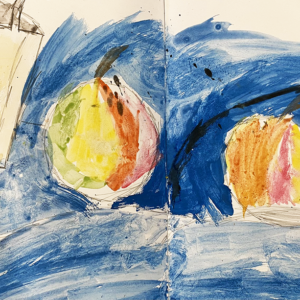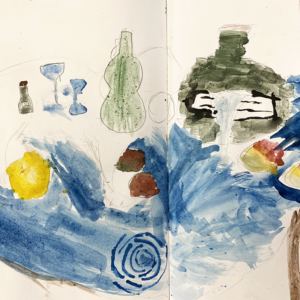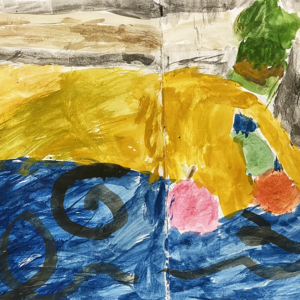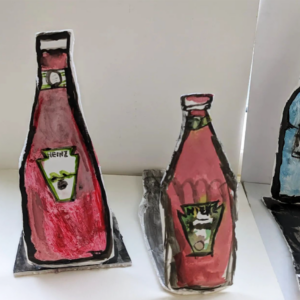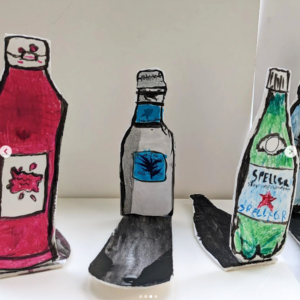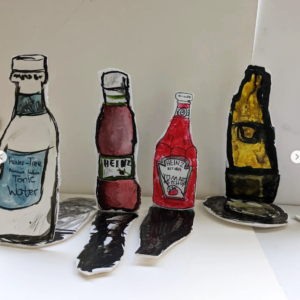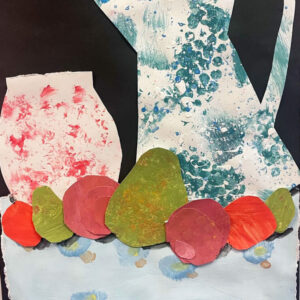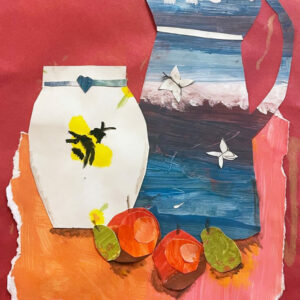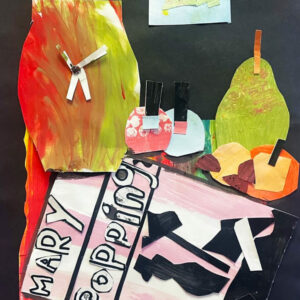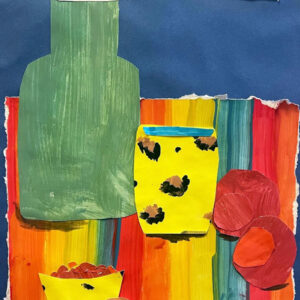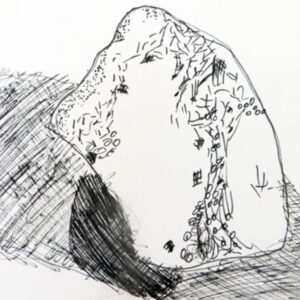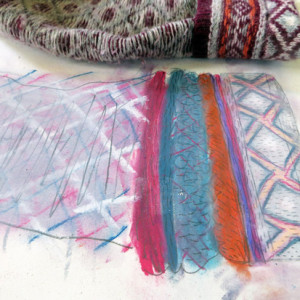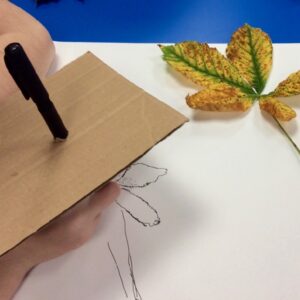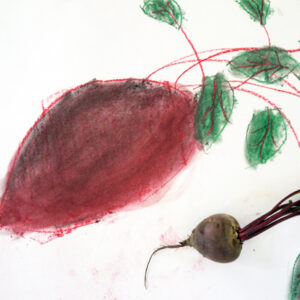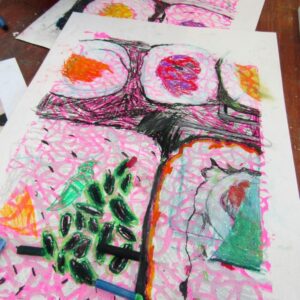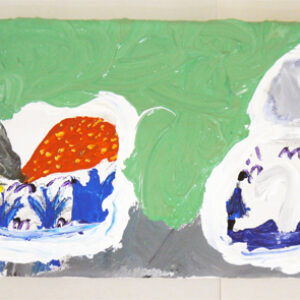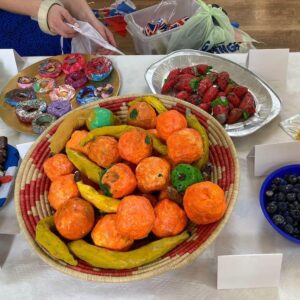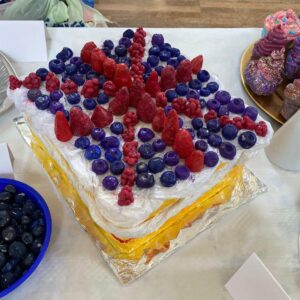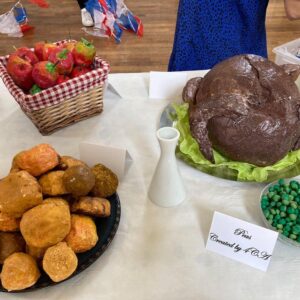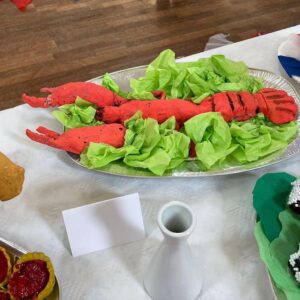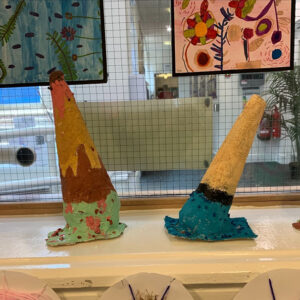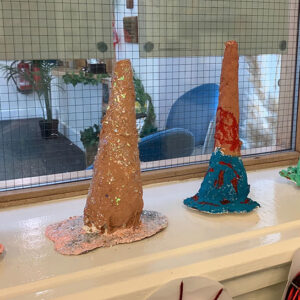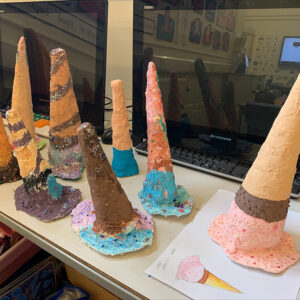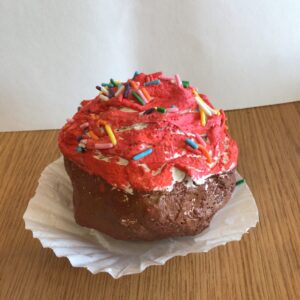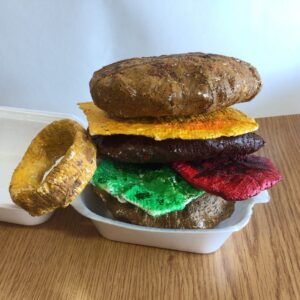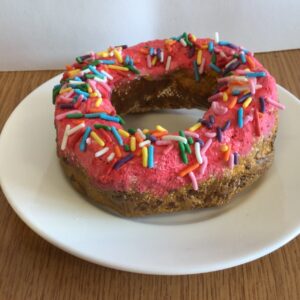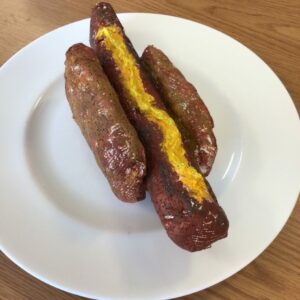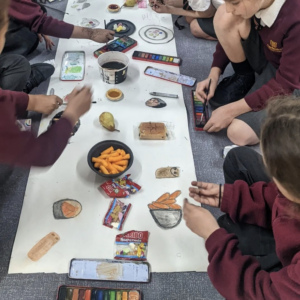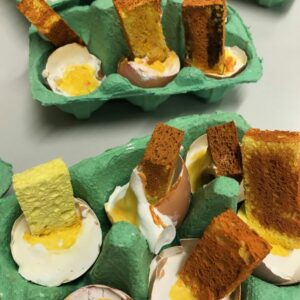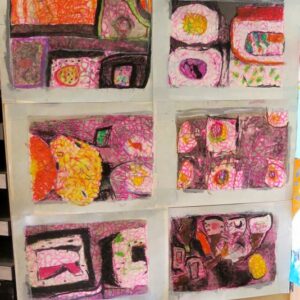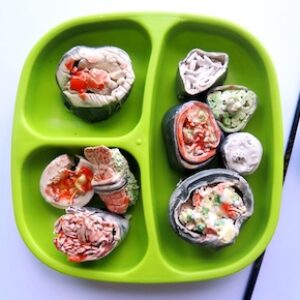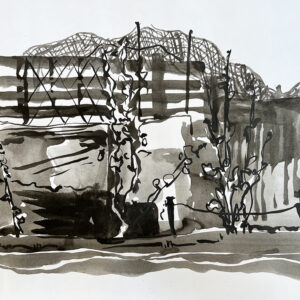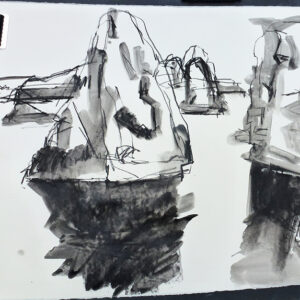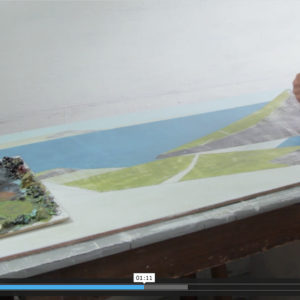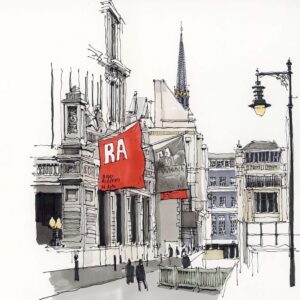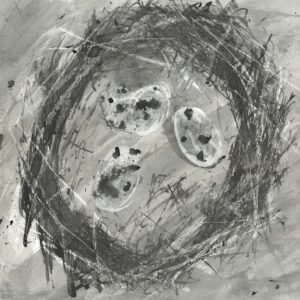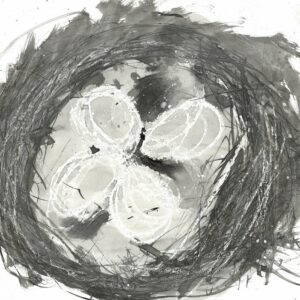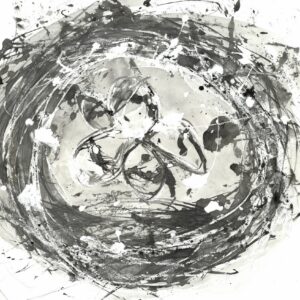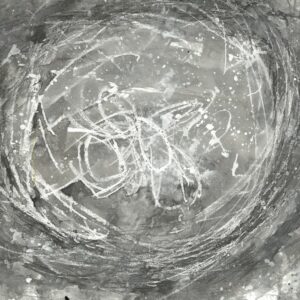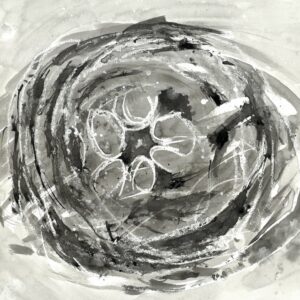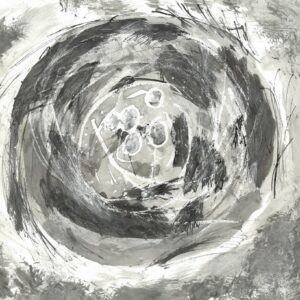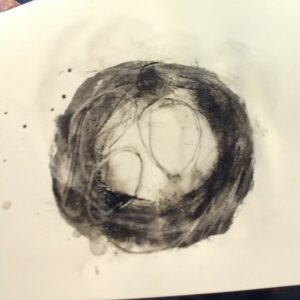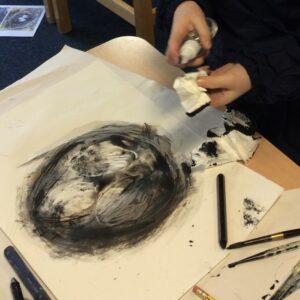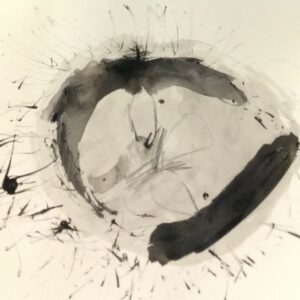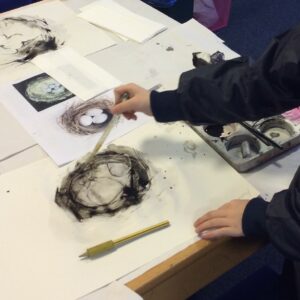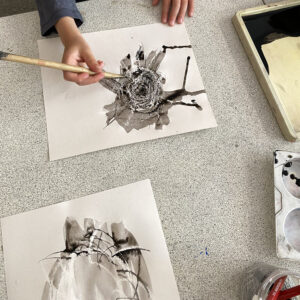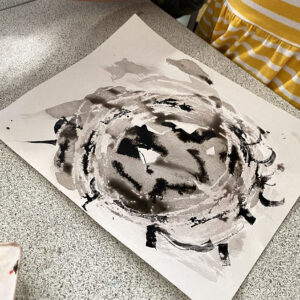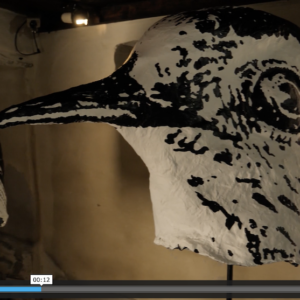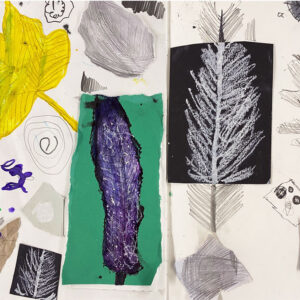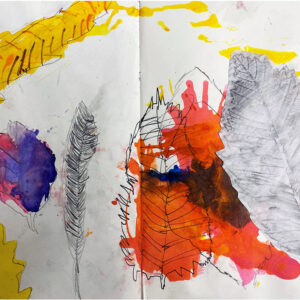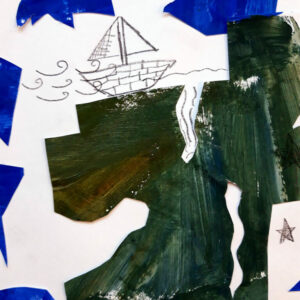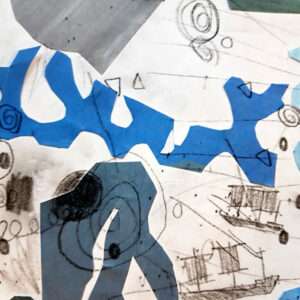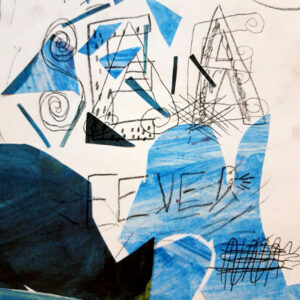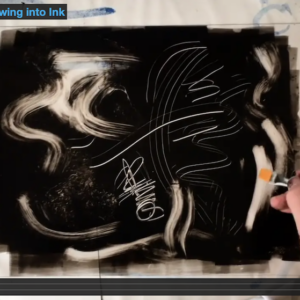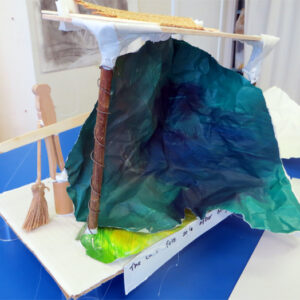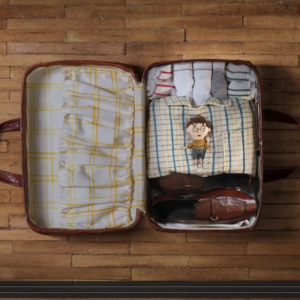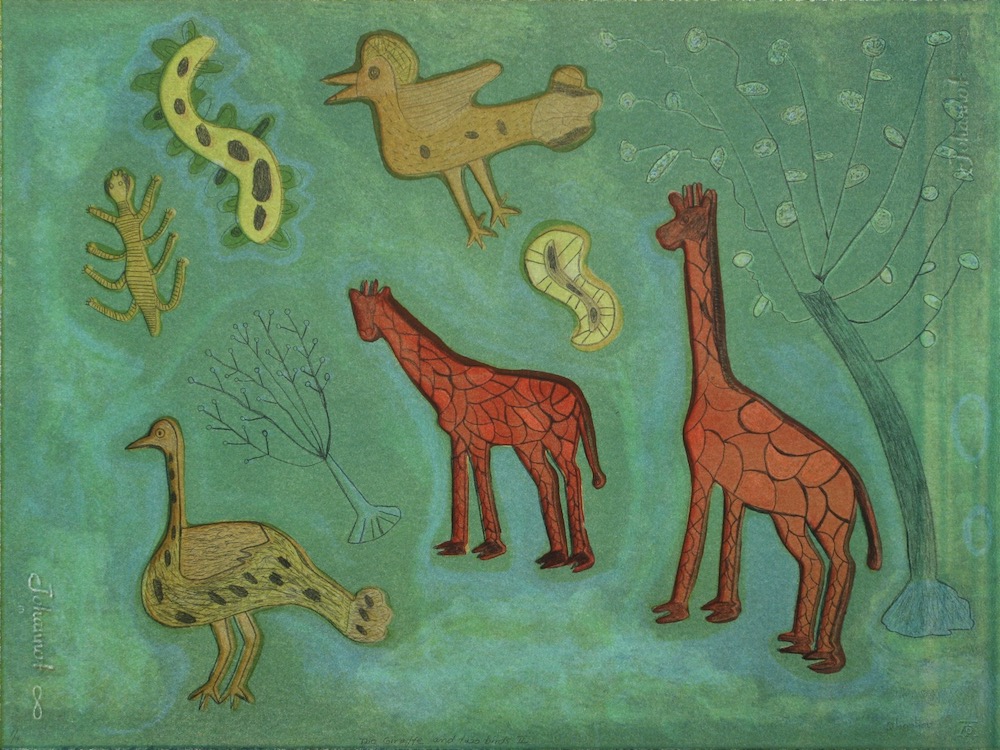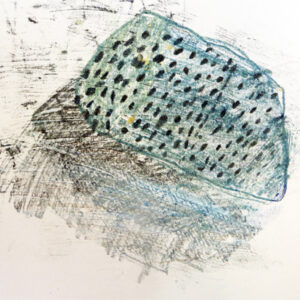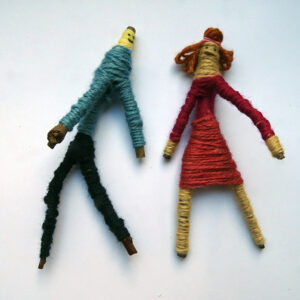Drawing Source Material: Moving Water
This Source Material Features in…
Pathway: 2D Drawing to 3D Making
Pathway for Years 5 & 6
Disciplines:
Drawing, Sculpture, Graphic Design, Collage, Sketchbooks
Key Concepts:
-
That drawing and making have a close relationship.
-
That drawing can be used to transform a two dimensional surface, which can be manipulated to make a three dimensional object.
-
That when we transform two dimensional surfaces we can use line, mark making, value, shape, colour, pattern and composition to help us create our artwork.
-
That we can use methods such as the grid method and looking at negative space to help us draw.
-
That there is a challenge involved in bringing two dimensions to 3 dimensions which we can solve with a combination of invention and logic.
This pathway contains two choices: 1) working towards a piece of sculpture, or 2) working towards graphic design/packaging.
Both options allow children to explore the idea that drawing as a 2 dimensional activity can be used to transform surfaces which can then be manipulated into a 3 dimensional object.
Along the way, children explore how mark making, line, tonal value, colour, shape, and composition can be used to inform the final piece.
The sculptural project additional includes two methods to help build drawing skills: looking at negative space and grid drawing.
The graphic design packaging project includes typography.
Medium:
Card, Paper, Drawing materials.
Artists: Lubaina Himid, Claire Harrup
If you use this resource in your setting, please tag us on social media: #InspiredBy @accessart (facebook, twitter) @accessart.org.uk (instagram) and share the url. Thank you!

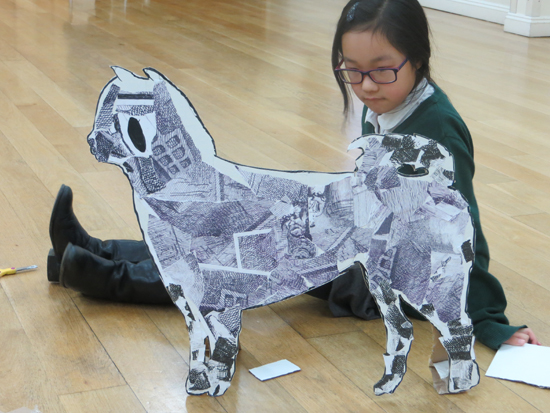
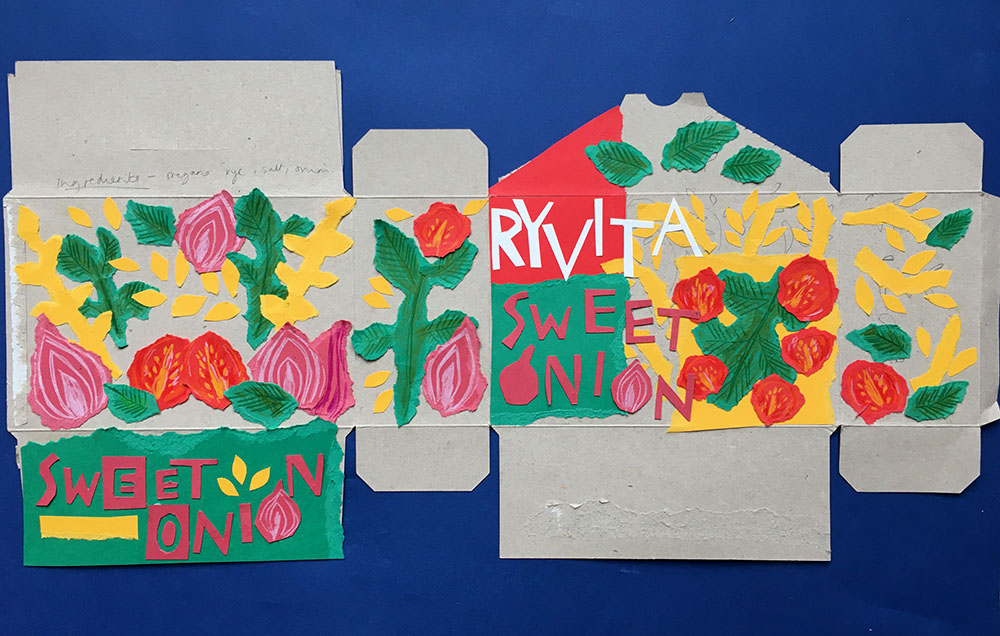
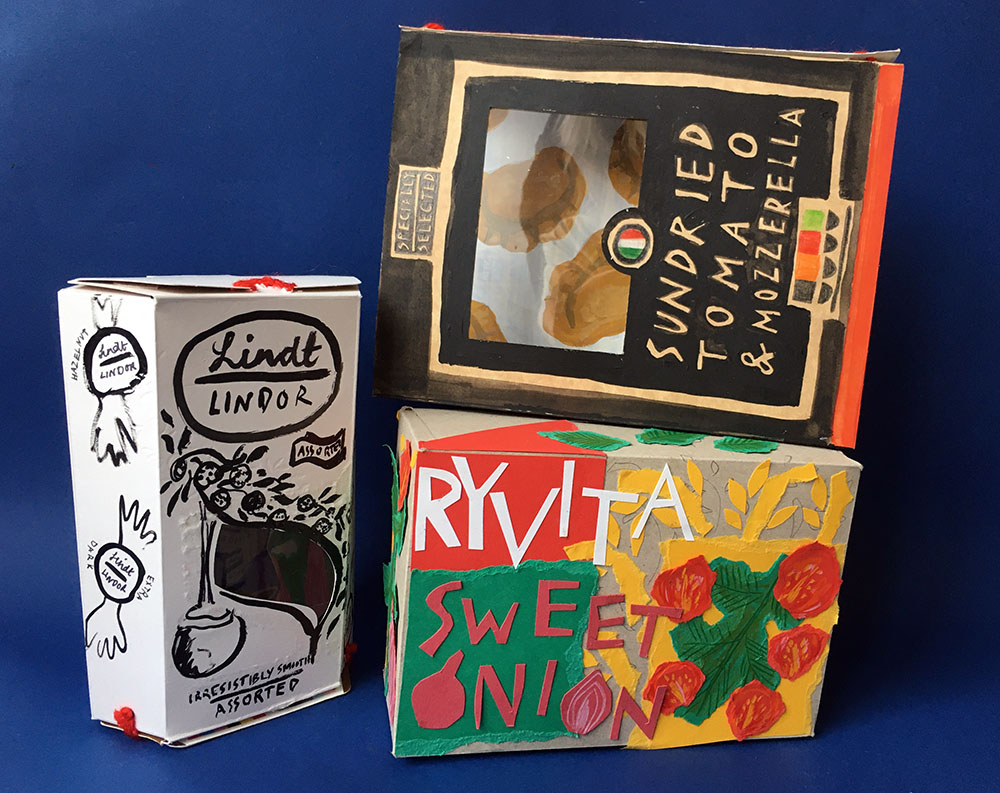

Teaching Notes
Find the MTP for this pathway here.
You can see a recording of a session sharing this pathway here.
Curriculum Links
English: Create characters inspired by literature.
History: Create characters inspired by theme.
Maths: 2D and 3D shapes, measuring, symmetry, angles, plot points.
PSHE: Collaboration, Peer Discussion.
I Can…
-
I have explored artists who use their drawing skills to make objects, and I can share my responses to their work, thinking about their intention and outcome.
-
I can use my sketchbook to record and reflect, collecting the ideas and approaches I like which I see other artists use.
-
I can use line, mark making, tonal values, colour, shape and composition to make my work interesting.
-
I can use negative space and the grid method to help me see and draw.
-
I can explore typography and design lettering which is fit for purpose.
-
I can transform my drawing into a three dimensional object.
-
I can share my work with others, and talk about my intention and the outcome. I can listen to their response and take their feedback on board.
-
I can appreciate the work of my classmates. I can listen to their intentions and share my response to their work.
-
I can photograph my three dimensional work, thinking about presentation, lighting, focus and composition.
Time
This pathway takes 6 weeks, with an hour per week. Shorten or lengthen the suggested pathway according to time and experience. Follow the stages in green for a shorter pathway or less complex journey.
Materials
Option 1: Flat/Sculptural Drawings: Corrugated cardboard, silhouette images of dogs, handwriting pens, soft B pencils, collage papers/newspapers/photocopies, PVA glue, tape, scissors.
Option 2 Packaging: Cardboard food packaging, ink, brushes, handwriting pens, sharpies, acrylic paint/poster paint mixed with PVA, coloured paper, coloured crayons, scissors, string, big needles, glue, tape, wire.
Pathway: 2D Drawing to 3D Making
A PDF of this pathway can be found here.
-
The Aim of the Pathway
This pathway enables pupils to consider how 2 dimensional drawing might relate / transform to 3 dimensional making.
- Find Your Focus
Sculpture or Graphic Design?
Before you begin, decide which focus you would prefer:
- Option 1
Sculpture

Sculpture – Explore drawing techniques such as grid drawing, using negative space, and mark making (including tonal value), before transforming your drawings into sculpture.
-
Or…
- Option 2
Graphic Design
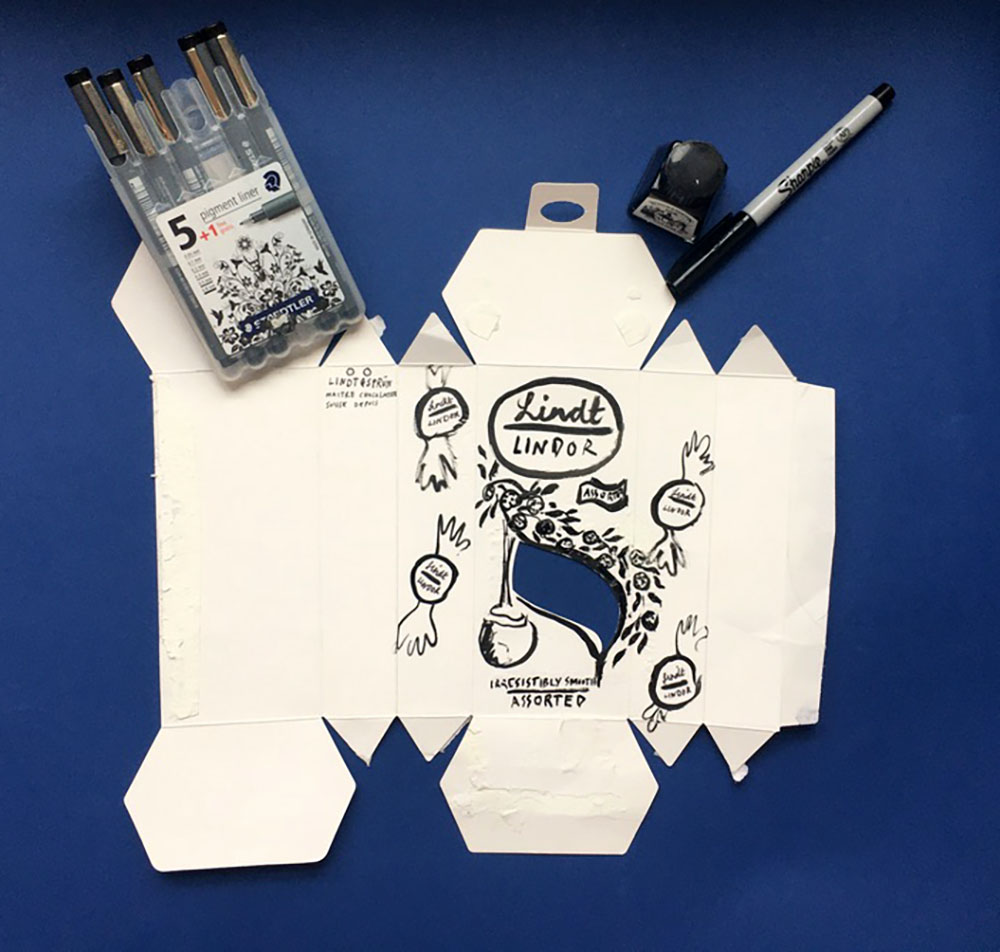
Graphic Design – Explore typography, line, shape, colour and composition to recreate food packaging, turning the flat graphics into 3d nets.
-
Follow Option 1 or Option 2 for the Full 6 Weeks Below
- Option 1:
Flat Yet Sculptural Sculpture Project
- Option 1: Week 1: Introduce
Introduce the Work of Lubaina Himid
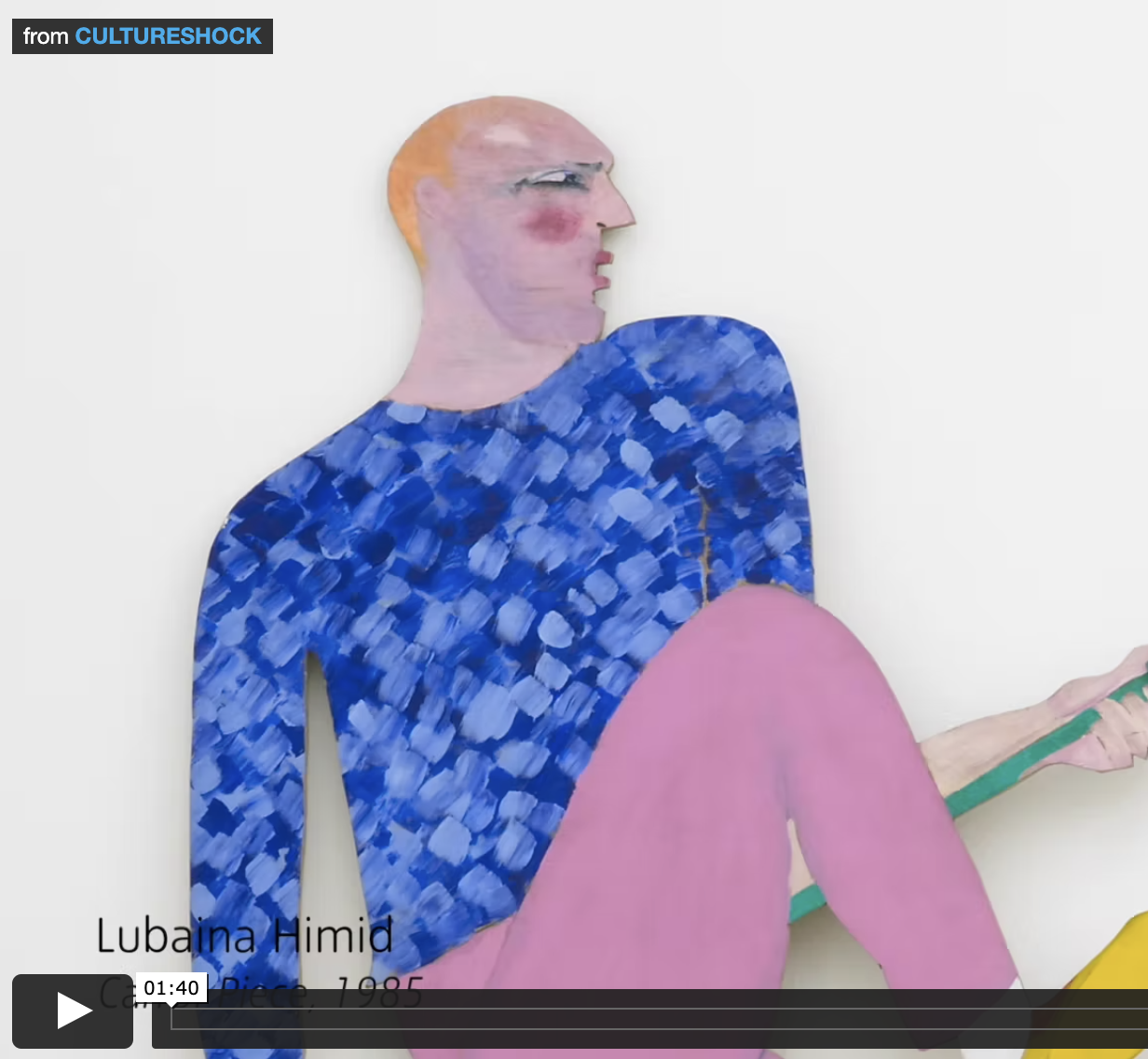
Introduce pupils to the work of Lubaina Himid, an artist working in London, using the free to access “Talking Points: Lubaina Himid” resource.
Note for teachers on adult content: Please see the advisory on the Talking Points page above.
Lubaina paints on wood to create flat, standing images which viewers can walk amongst.
With sketchbooks open use the “Making Visual Notes” resource so that pupils can note down things that they notice during the exploration. Use the questions on the resource to start discussion.
- Option 1: Weeks 2 & 3: Draw
Use Negative Space and the Grid Method

Pupils will start to create their own “flat yet sculptural” artwork.
In the resource we feature, we framed our exploration around dogs – but you can choose any focus you like.
Begin by introducing children to two key techniques which will help them both see and draw: 1) using negative space and 2) the grid method.
Use the “Use Negative Space to Believe What You See (and Scaling Up)” resource to help pupils understand these methods and begin their project work.
- Option 1: Weeks 4 & 5: Draw
Explore Mark Making, Tonal Value & Structure

Continue the project by collaging and making the drawings into sculptures. Full instructions via the “Flat Yet Sculptural” resource.
- Week 6
Share, Reflect, Discuss
Refer to the bottom of the pathway for help with running a crit.
-
Or…
- Option 2:
Redesigning Food Packaging
- Option 2: Week 1: Introduction
Graphic Designers and Food Packaging
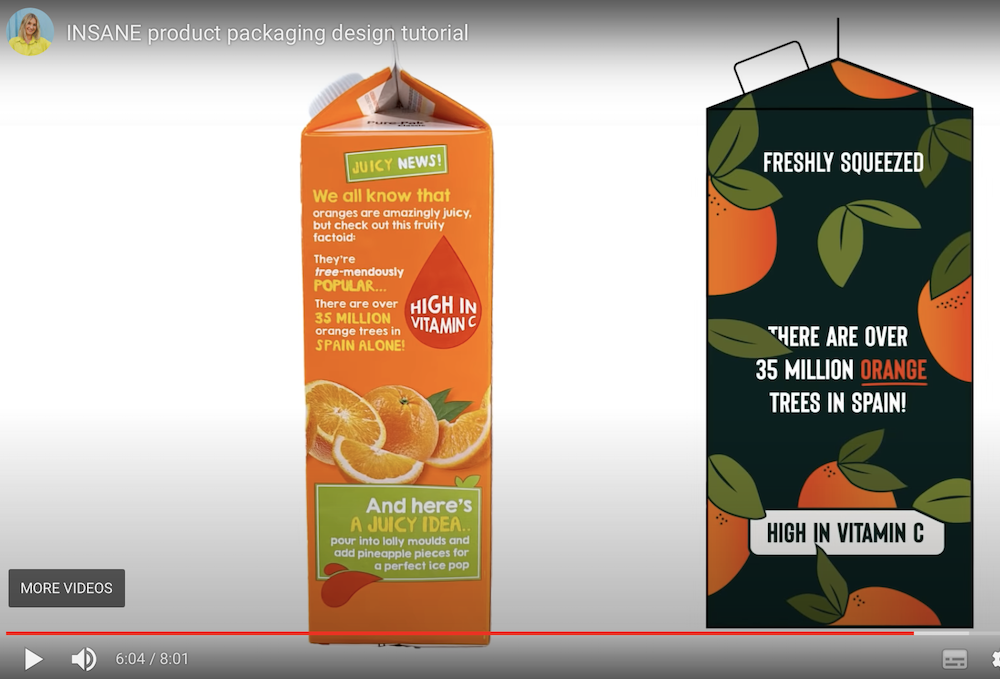
Use the free to access “Talking Points: Food Packaging” resource to explore food packaging. Use the questions on the resource to stimulate conversation.
You may also like to take in food packaging of favourite foods and invite children to talk about the colours and design of the boxes etc.
Use the “Making Visual Notes” resource to give children the opportunity to note down things that they notice during the exploration.
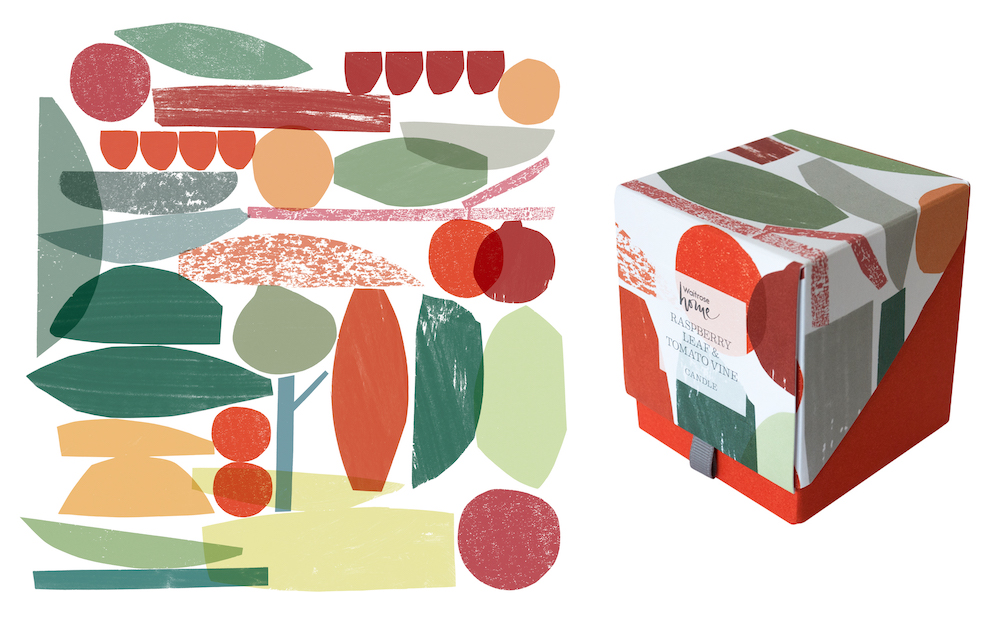
You could also look at “Which Artists: Claire Harrup” to see how an artist working for one of the big supermarkets designs her work.
- Option 2: Week 2, 3, 4, 5: Draw, Paint, Make
Explore Packaging Design

Use the “Redesigning Food Packaging” resource to design your own food packaging.
You might like to start the project by watching the third video on the “Talking Points: Food Packaging” resource if you didn’t watch it last week. The process you will follow is slightly different but it gives a nice insight into how a designer might approach a similar project.
You may also like to visit the free to access “Talking Points: What is Typography?” resource if you would like to remind children how they can think creatively about lettering.
Throughout the project, use sketchbooks to test ideas and reflections.
- Week 6 (both options)
Share, Reflect, Discuss

Time to see the work which has been made, talk about intention and outcome.
Invite children to display the work in a clear space and walk around the work as if they are in a gallery. Have sketchbook work present too. Give the work the respect it deserves. Remind the children of their hard work.
If you have class cameras or tablets, invite the children to document their work, working in pairs or teams. Explore how children can take high quality photographs of 3d artwork with this resource.
Use the resource here to help you run a class “crit” to finish the project.
See This Pathway Used In Schools
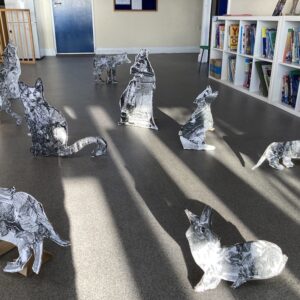
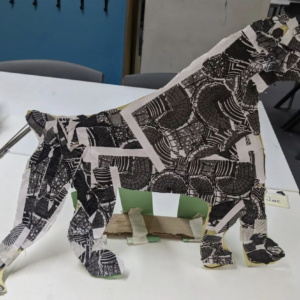
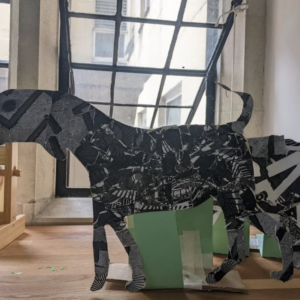
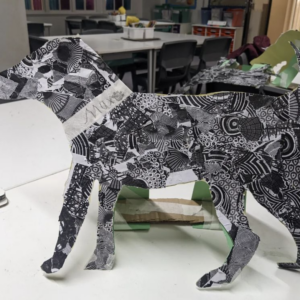
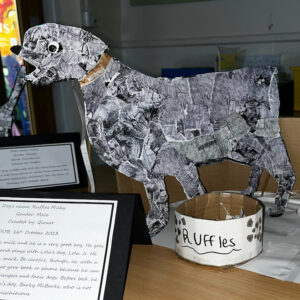
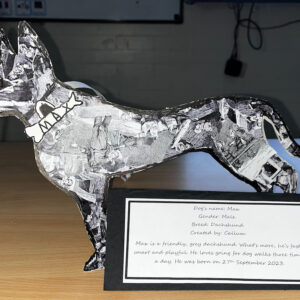
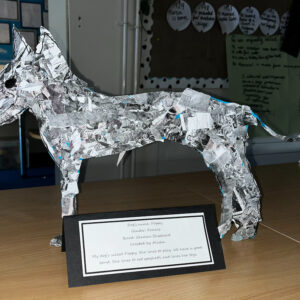
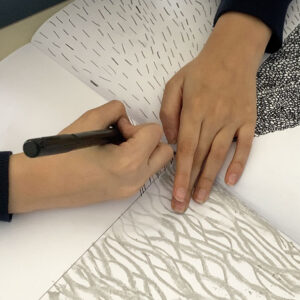
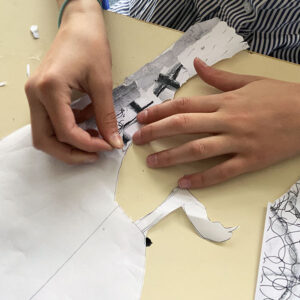
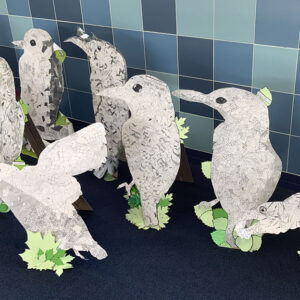
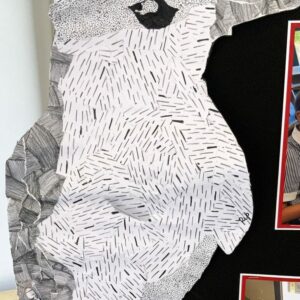
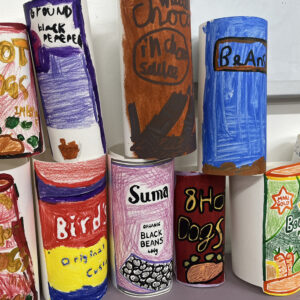
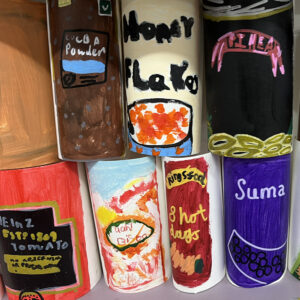
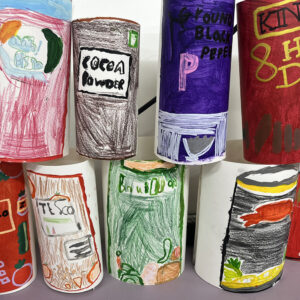
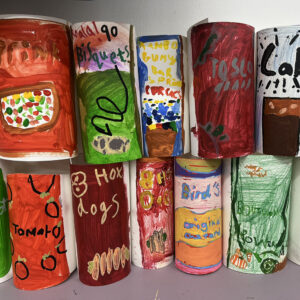
If You Use AccessArt Resources…
You might like to…
Join our Facebook Group
Join the AccessArt Network group on Facebook and ask questions of others using our resources
Share and Tag
Share photos of work made by tagging us on social media
You May Also Like…
drawing with wire like calder
Draw and create wire models of toys
Graphic inky still life
Explore bottle packaging through drawing and construction
Pathway: Shadow Puppets
Pathway for Years 5 & 6
Disciplines:
Making, Drawing, Sketchbooks
Key Concepts:
-
That there are many traditions of using intricate cutouts as shadow puppets to narrate archetypal stories.
-
That artists and craftspeople adapt the traditions they inherit to make them their own, and to reflect the culture they live in.
-
That we can take inspiration from other artists and cultures and make the processes and techniques our own by using materials, tools and narratives which are important to us.
-
That we can work in collaboration with others to make a shared experience.
In this pathway children explore both traditional and contemporary artists and craftspeople using intricate cutouts to create artwork which is meaningful to the culture in which it is created.
Pupils explore how they can take inspiration from other artists and craftspeople, and adapt ideas to suit their own way of working. Pupils create puppets working in collaboration.
Sketchbooks are used throughout to record, generate ideas, test and reflect.
Medium:
Paper, Construction Materials
Artists: Lotte Reiniger, Matisse, Wayang Shadow Puppets, Phillipp Otto Runge, Pippa Dyrlaga, Thomas Witte
If you use this resource in your setting, please tag us on social media: #InspiredBy @accessart (facebook, twitter) @accessart.org.uk (instagram) and share the url. Thank you!
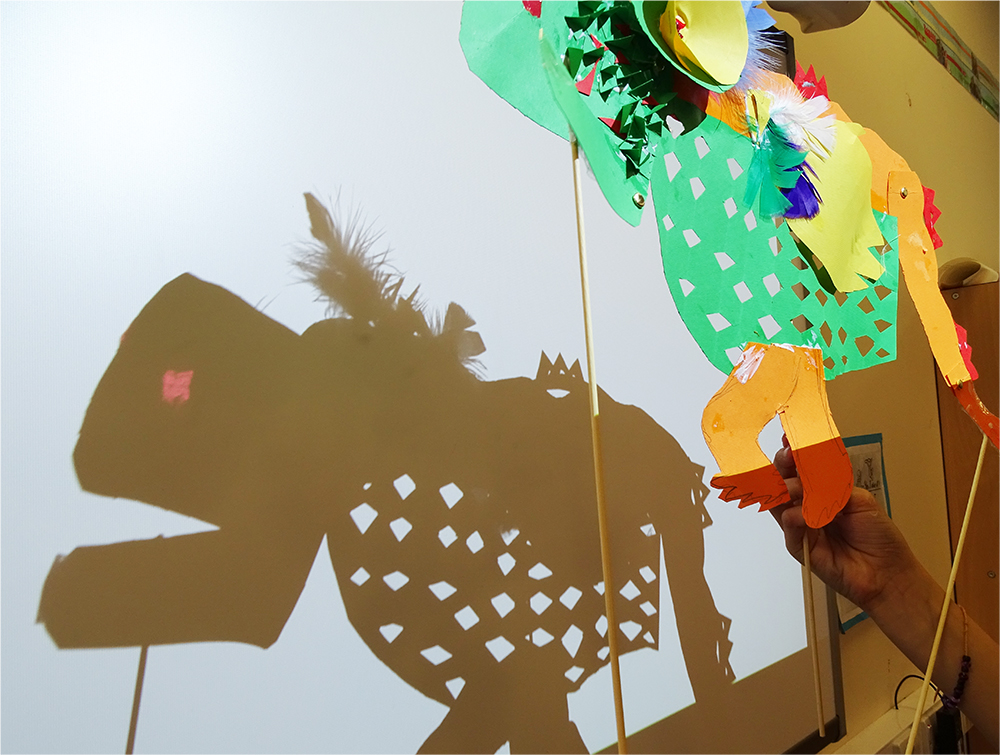


Teaching Notes
Find the MTP for this pathway here.
See the Zoom CPD session exploring making shadow puppets.
Curriculum Links
English: Use literature to inspire narrative.
History: Create a narrative around area of focus.
Science: Human body, animals, light and shadow.
Music & Drama: Be Inspired, or make a creative response to, existing productions/themes.
PSHE: Responsibility to the planet, Collaboration, Peer Discussion, Different Religions, Ethnic Identity.
I Can…
-
I have seen how a variety of artists and craftspeople use their interest in cutouts to generate imagery. I can share my response to their work with my classmates.
-
I can use my curiosity to think about how I might adapt techniques and processes to suit me.
-
I can use my sketchbook to record, generate ideas, test ideas and reflect.
-
I can make a shadow puppet thinking about how the qualities of the materials I use affect the final outcome.
-
I can manipulate the materials using tools so that the puppets I make have character and expression.
-
I can make my puppets move in simple ways by articulating them.
-
I can work with my peers to create a collaborative experience.
-
I can share my work, as a team, and share and listen to feedback.
-
I can give my feedback to the work of other teams, and appreciate the differences and similarities of their work to ours.
-
I can photograph or film our puppets and performance.
Time
This pathway takes 6 weeks, with an hour per week. Shorten or lengthen the suggested pathway according to time and experience. Follow the stages in green for a shorter pathway or less complex journey.
Materials
Soft B pencils, handwriting pens (black/coloured).
For the puppets: Coloured and black card, coloured tissue paper, doilies, fabric, string, wire, feathers, acetate card, paper fasteners/split pins, wooden skewers, PVA glue, tape, large white sheet (or whiteboard).
Pathway: Cut Outs & Shadow Puppets
A PDF of this pathway can be found here.
-
Aims of the Pathway
The aim of this pathway is to introduce pupils to the art of paper cutting, and understand how it can be used and adapted to create shadow puppets.
Pupils explore shadow puppets from a historical and contemporary perspective before making their own puppets, exploring line, shape, form and character.
- Week 1: Introduce
Discover Artists & Approaches
Explore the Talking Points below as an introduction to the project.
Use as few or as many as you would like, depending upon time / area of interest.
Have sketchbooks open and make time during the exploration to use sketchbooks to use the “Making Visual Notes” resource. Pupils might make references, collect ideas, jot down methods of working, draw equivalents etc.
- Introduce
Talking Points: Lotte Reiniger
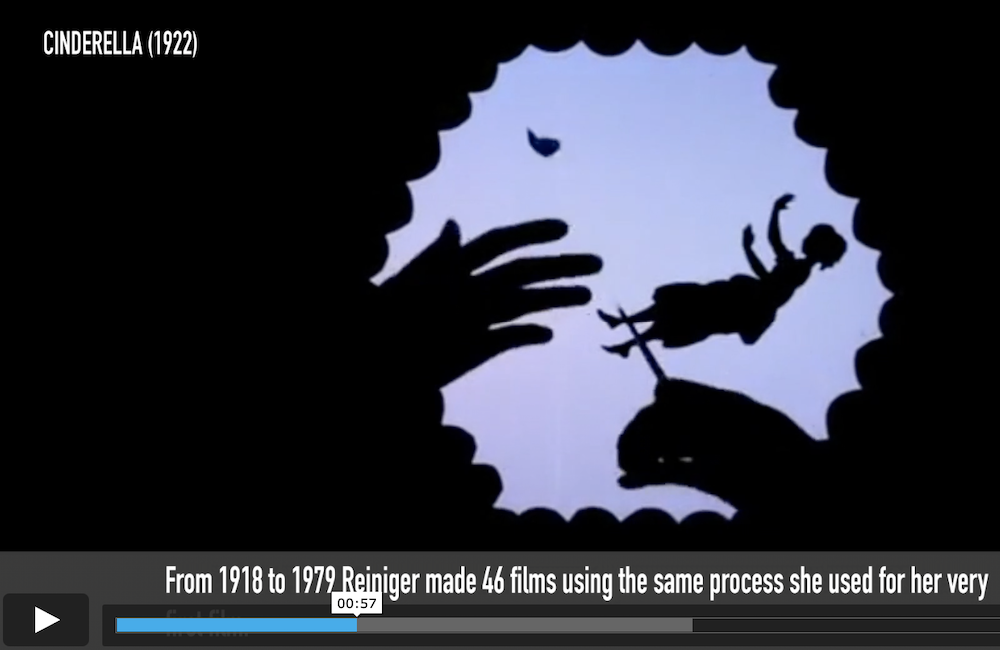
Explore the work of Lotte Reiniger through the free to access “Talking Points: Lotte Reiniger” resource.
- Introduce
Talking Points: Paper Cut Outs
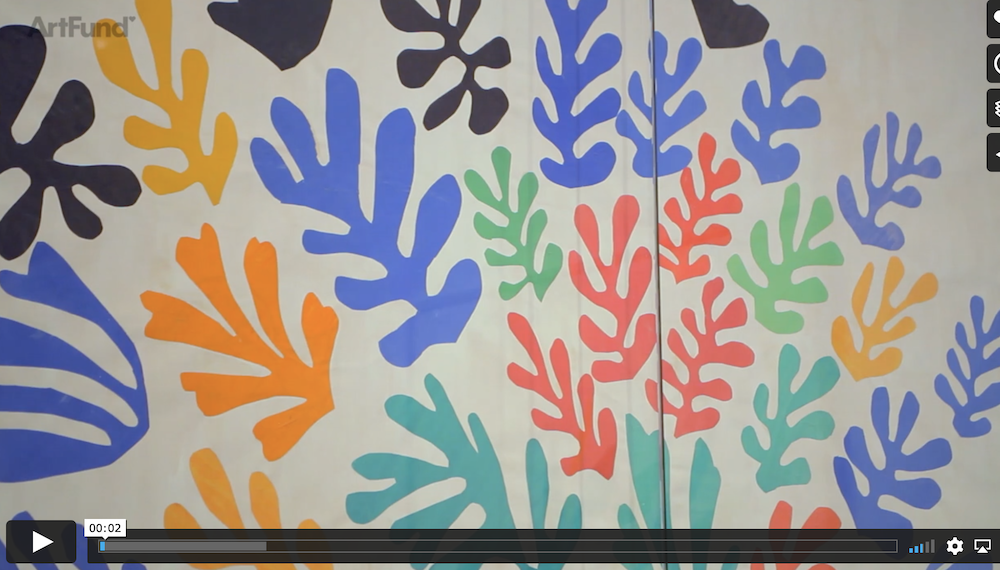
Explore artists who create artwork using paper cut outs using free to access “Talking Points: Paper Cut Outs“.
- Introduce
Talking Points: Malaysian Shadow Puppets
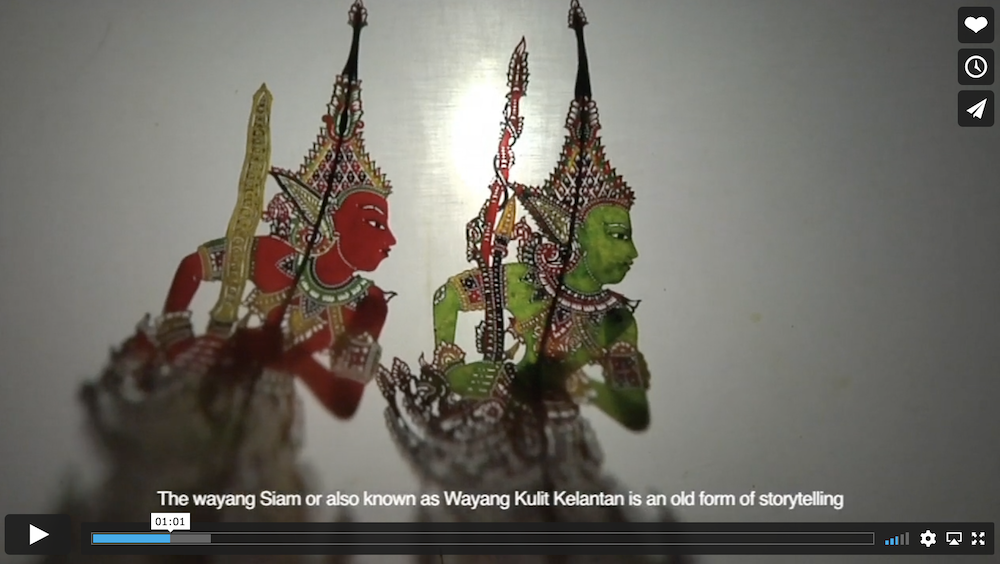
Find out about the 250 year old tradition of Wayang Kulit and how artists are adapting it to suit our times with our free to access “Talking Points: Malaysian Shadow Puppets“.
- Weeks 2, 3, 4 & 5: Explore & Create
Making Shadow Puppets
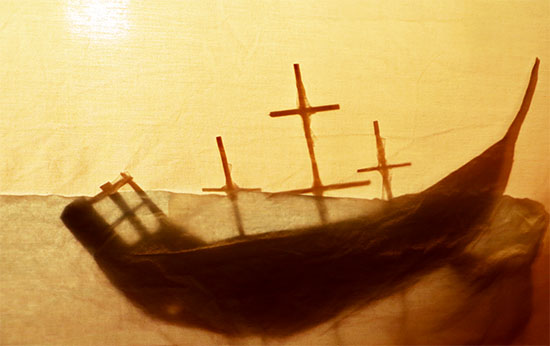
Use the following resources to help you explore how to make the puppets, and use the whiteboard as projection screen:
Shadow Puppets & Whiteboards
Shipwrecked!
Shadow Puppets & Performance
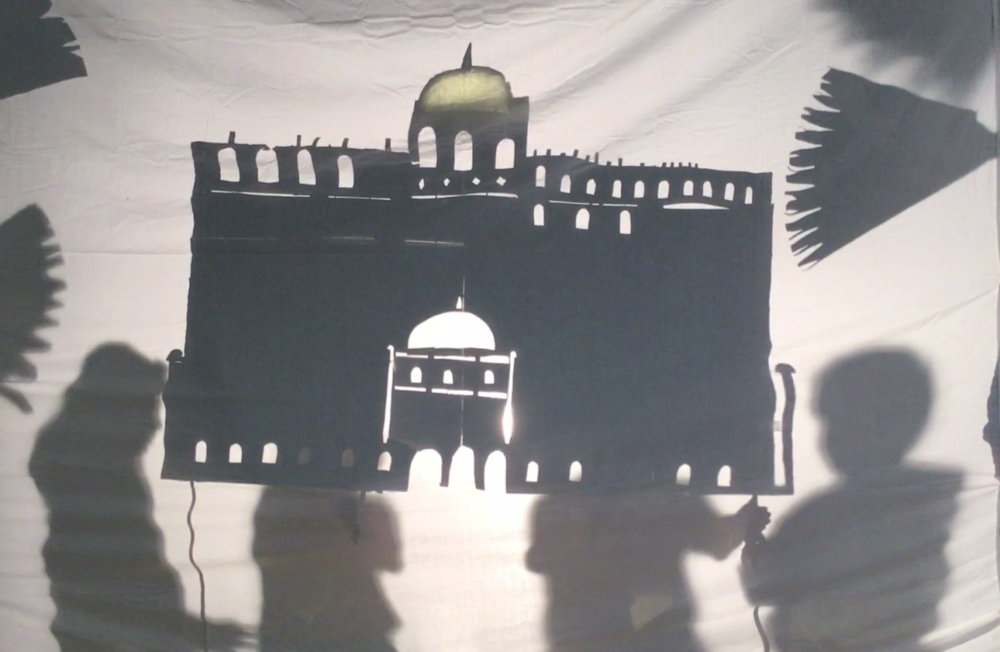
Have sketchbooks open and encourage pupils to remember the approaches explored in week 1, and to use the sketchbooks to further make notes, note down ideas, make quick sketches to test ideas/shapes etc.
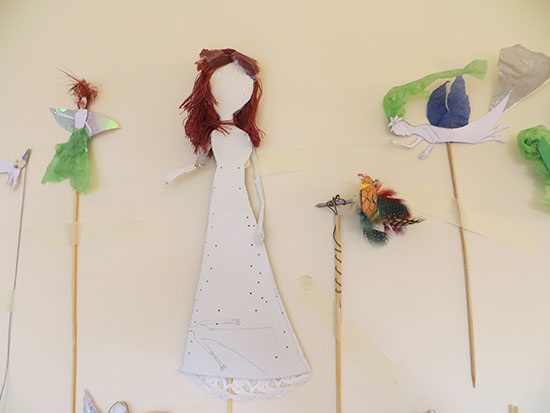
Depending upon how much time you have, you may want to work towards creating puppets for a performance following a narrative, or you may prefer to make standalone puppets.
You may want to connect the puppets that you make to links within the curriculum, or even make puppets along the theme of transition or retrospection to celebrate the end of Primary School/moving on to Secondary School.
- Week 6: Present & Share
Share, Reflect, Discuss
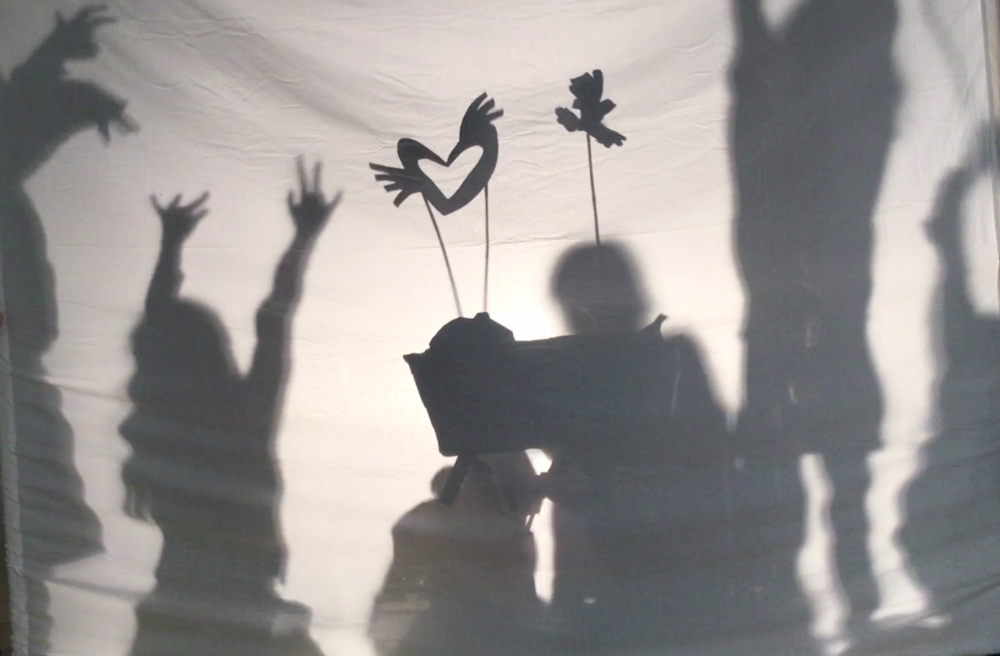
Time to see the work which has been made, talk about intention and outcome.
If you have class cameras or tablets, invite the children to document the puppets. You could also film the puppet show.
Use the resource here to help you run a class “crit” to finish the project.
See This Pathway Used In Schools
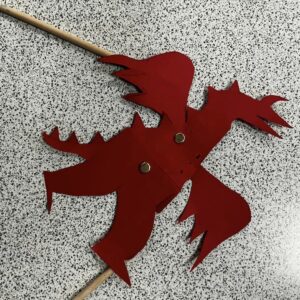
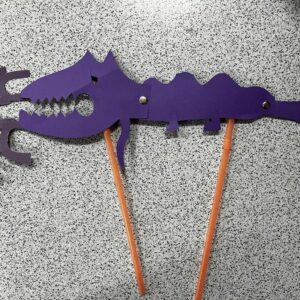
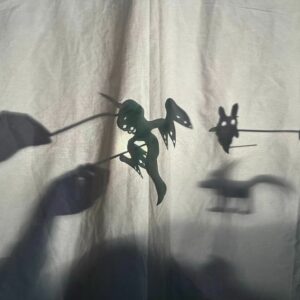
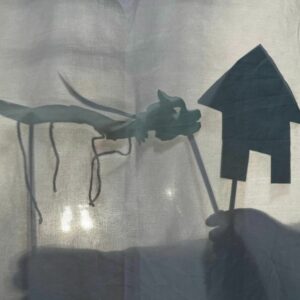
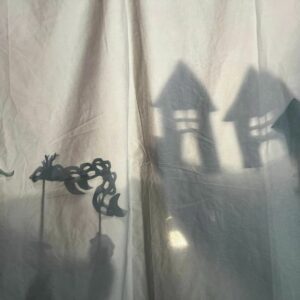
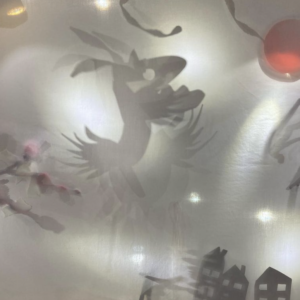
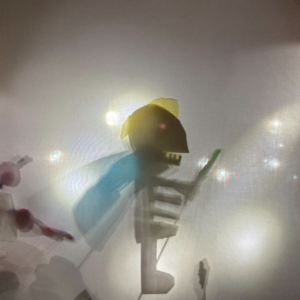
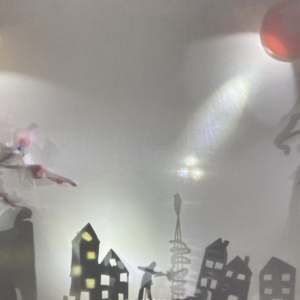
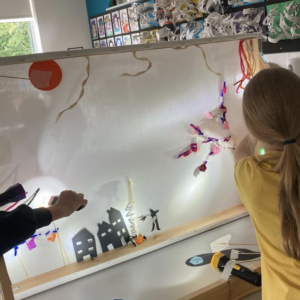
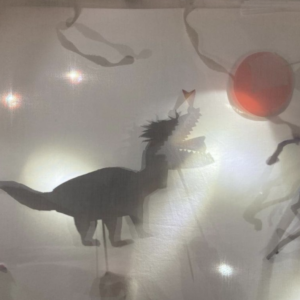
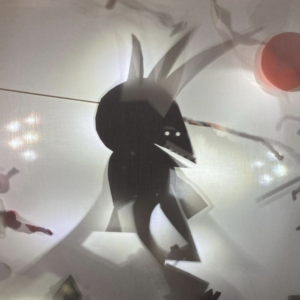
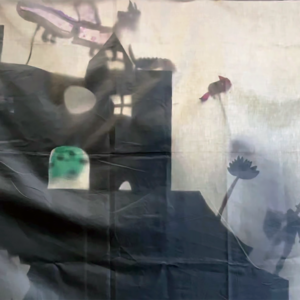
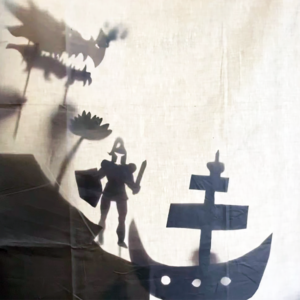
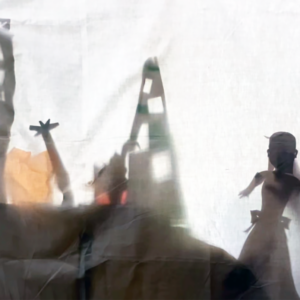
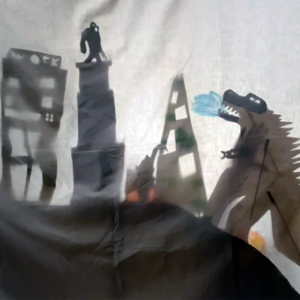
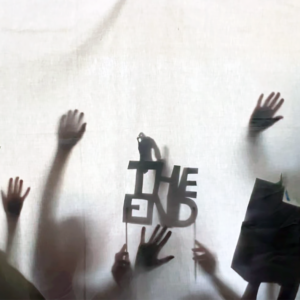
If You Use AccessArt Resources…
You might like to…
Join our Facebook Group
Join the AccessArt Network group on Facebook and ask questions of others using our resources
Share and Tag
Share photos of work made by tagging us on social media
You May Also Like…
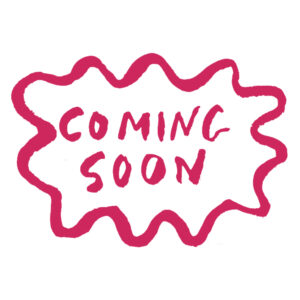
Pathway: Take A Seat
Pathway for Years 5 & 6
Disciplines:
Design, Making, Drawing, Sketchbooks
Key Concepts:
-
That artists who create furniture are often called craftspeople or designers.
-
That furniture is more than just practical – designers and craftspeople produce furniture which reflects the era or culture it is made in, or the personality of the maker.
-
That as artists, we can use a variety of materials to design and make our own model chairs. The chairs we make can reflect our personality, and be enjoyed by others.
-
There are certain requirements for a chair to be a chair (4 legs and a back?) – but we can be as imaginative as we like.
-
We can think about the form, structure, material and texture, as well as the way the chair is constructed, to help us make our chair unique.
In this pathway children are introduced to the work of a craftsperson/designer, and they explore how the artist brings his personality to his work. They go on to explore chair design over the centuries to understand how furniture can reflect or define the age in which it was made.
Children then use a warm up making exercise to remind themselves that they can be inventive in their making, and that the things they make can communicate ideas to other people. Finally children go on to make their own chair (a model of) using the Design Through making technique.
Medium:
Construction Materials
Artists: Yinka Ilori
If you use this resource in your setting, please tag us on social media: #InspiredBy @accessart (facebook, twitter) @accessart.org.uk (instagram) and share the url. Thank you!
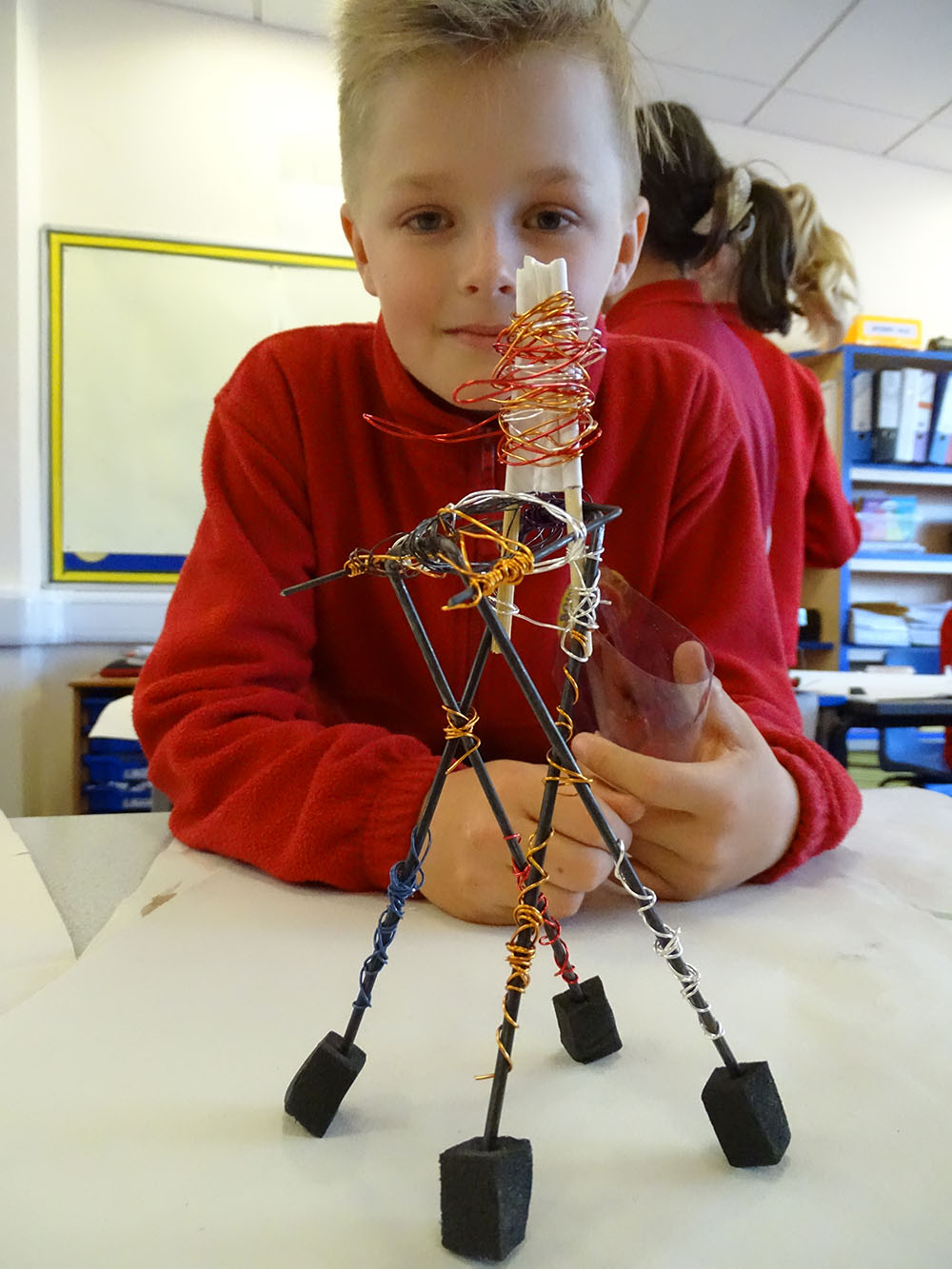
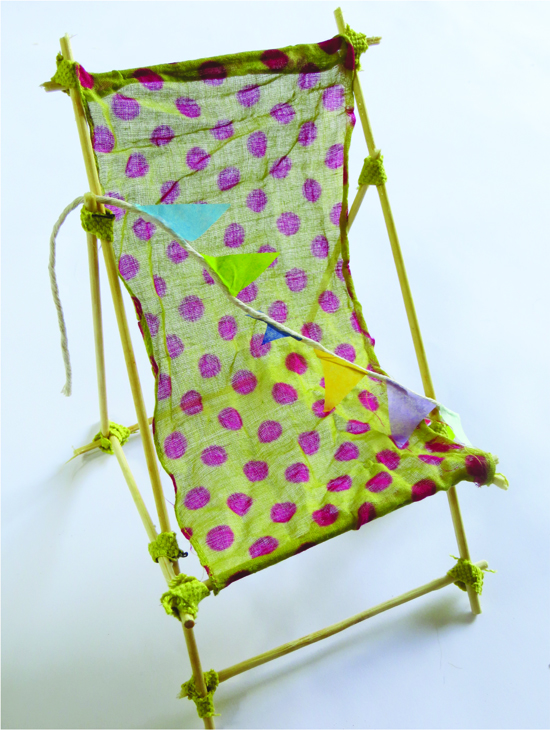

Teaching Notes
Find the MTP for this pathway here.
Please find the CPD session recording of the Take a Seat pathway here.
Curriculum Links
Maths: Measuring, 2D and 3D shapes, symmetry, angles.
Science: Forces and gravity.
PSHE: Responsibility to the planet, Collaboration, Peer Discussion.
I Can…
-
I have explored the work of a craftsperson / designer and seen how they bring personality to their work.
-
I have seen how chair design has changed through the ages.
-
I can use my sketchbook to make visual notes to record and reflect.
-
I can experiment with how I can make mini sculptures with lots of different materials, guided by a short sentence to help me.
-
I can use the Design Through Making technique to make a model of a chair which expresses an aspect of my personality.
-
I can see how my sketchbook exploration helped me work towards my final outcome, and I can see what I like and what I would like to do differently.
-
I can present and share my work, and talk about it with my classmates, and listen to their responses to my work.
-
I can respond to the work made by my classmates and I can share my thoughts.
-
I can take photographs of my work, thinking about focus, light and composition.
Time
This pathway takes 6 weeks, with an hour per week. Shorten or lengthen the suggested pathway according to time and experience. Follow the stages in green for a shorter pathway or less complex journey.
Materials
Soft B pencils, oil/chalk pastels, handwriting pens. Construction Materials (see list here).
Pathway: Take a Seat
A PDF of this pathway can be found here.
-
Aims of the Pathway
This pathway aims to introduce chair design to children. Children will explore what a chair can be and how the design and “personality” of a piece of furniture can make us feel.
- Week 1: Introduce a Craftsperson / Designer
Exploring Chair Design
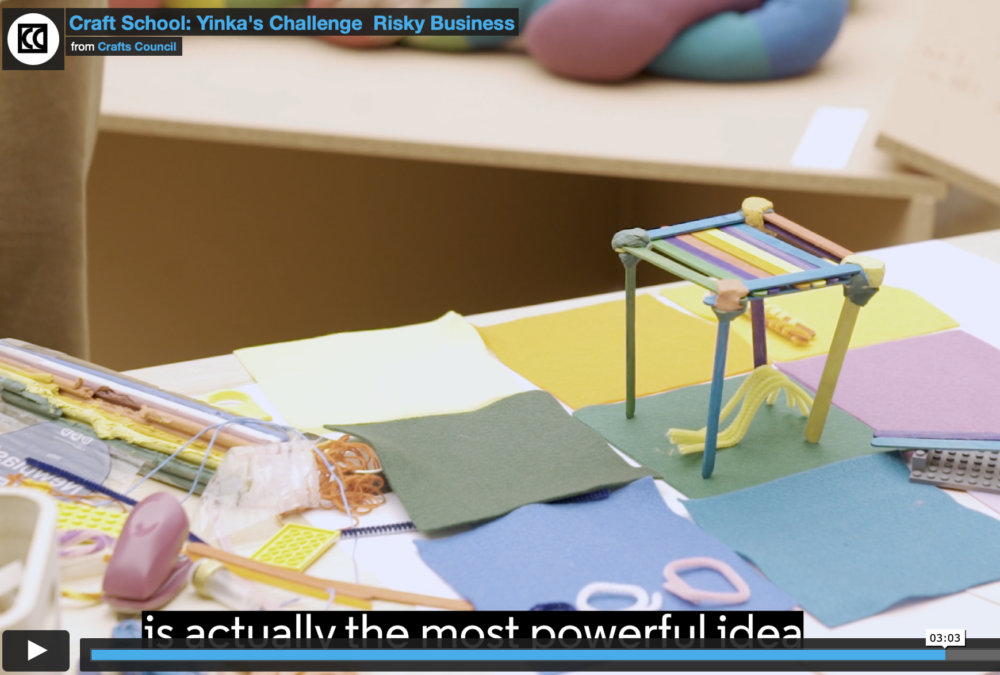
Explore the work of contemporary artist and designer Yinka Ilori with our free to access “Talking Points: Yinka Ilori” resource. Watch the videos and use the questions to prompt class discussion.
Have your sketchbooks open and use the “Making Visual Notes” resource to record and reflect.
- Sketchbook Work
Using Drawing to Build Understanding
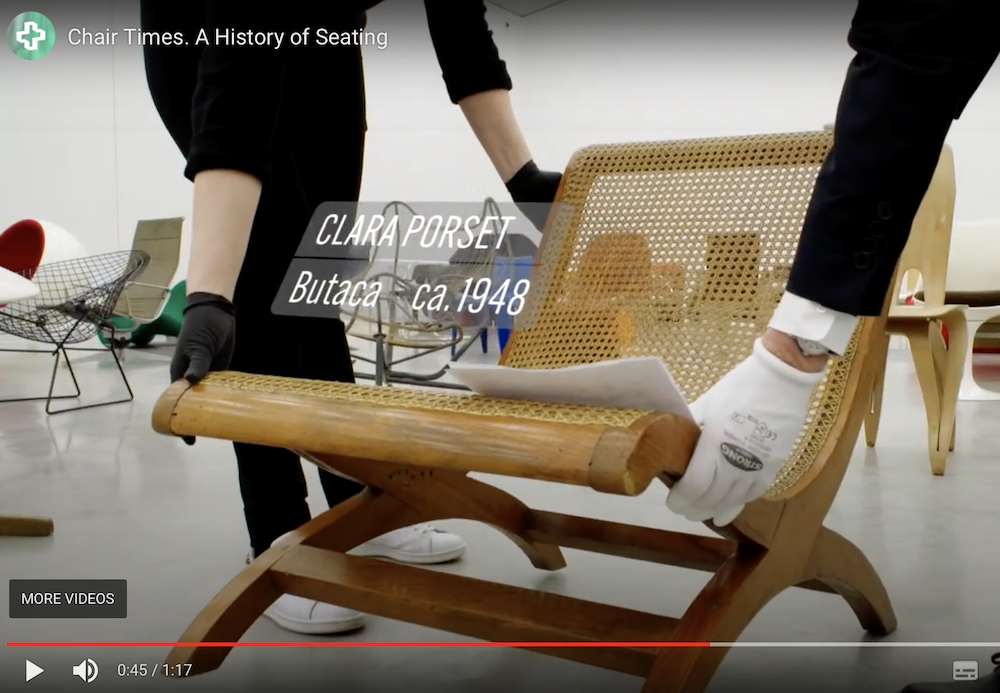
Use the free to access “Talking Points: History of Chair Design” resource as basis for some more sketchbook work.
Use the “Show Me What You See” technique to help pupil’s visually explore chairs.
During the exercise, draw attention to the visual elements of the chairs, including talking about materials, form and structure.
By the end of the session sketchbooks should be full of pupils interpretations of different elements (shapes, lines etc) from the video.
- Week 2: Be Inventive
Making Prompt Cards
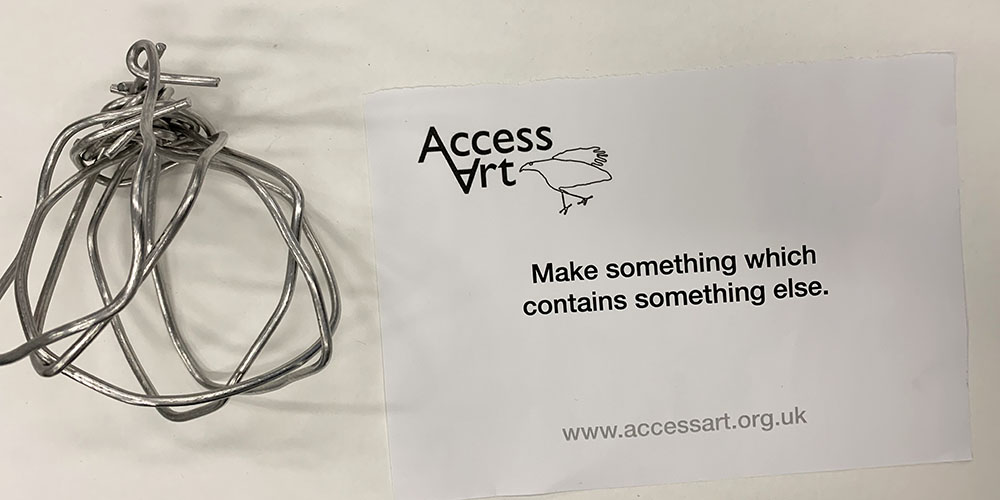
Before you begin, watch “Making is Hard” to remind everyone that making can be tricky! It’s okay if things don’t go to plan. Making is all about experimenting with materials to find out what is possible.
Use the “Making Prompt Cards” resource to help children gain experiential knowledge. The prompts in the resource will provide inspiration to kick start creative thinking and enable an exploration of material and intention, without worrying about the design or purpose of what you are making. Children will make mini sculptures guided by the prompts on the cards.
- Week 3, 4 and 5
Take a Seat
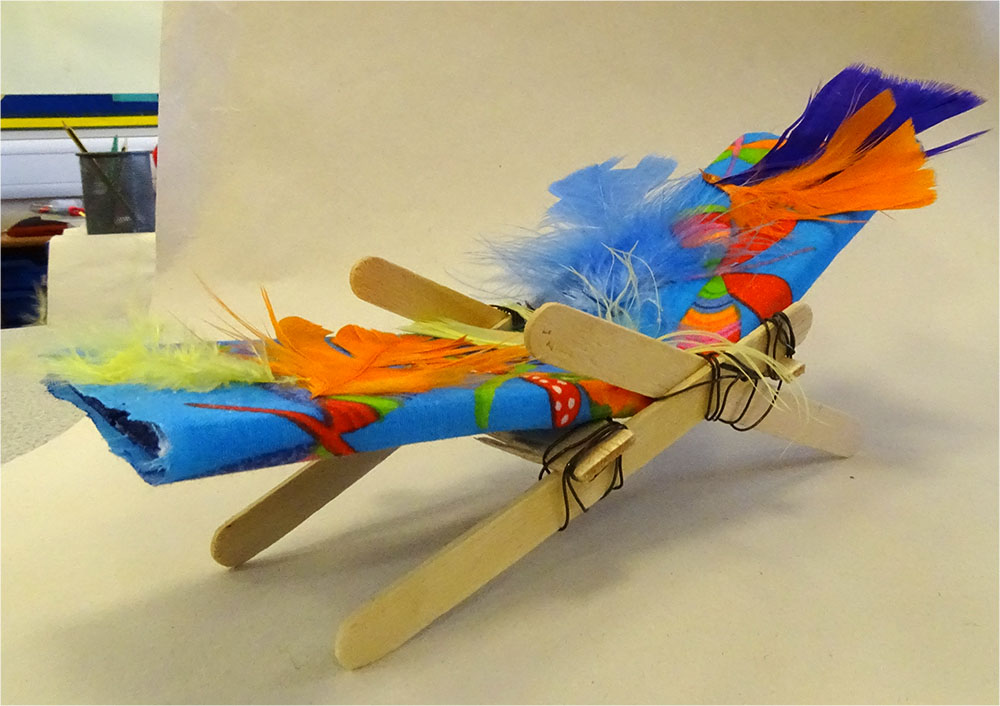 Challenge children to become furniture designers with the “Take a Seat” resource, and invite children to create a chair which expresses their personality.
Challenge children to become furniture designers with the “Take a Seat” resource, and invite children to create a chair which expresses their personality. Encourage children to make intuitive choices when thinking about which materials to use, which shapes to make, and how they might connect materials together.
Be inspired by the “Take a Seat Gallery“.
- Week 6: Present and Celebrate
Share, Reflect, Discuss

Time to see the work which has been made, talk about intention and outcome.
Display the work in a clear space, including sketchbook work, and walk around the work as if you were in a gallery. Give the work the respect it deserves. Remind the children of their hard work.
If you have class cameras or tablets, invite the children to document their work, working in pairs or teams. Explore how children can take high quality photographs of 3d artwork with this resource.
Use the resource here to help you run a class “crit” to finish the project.
See This Pathway Used In Schools
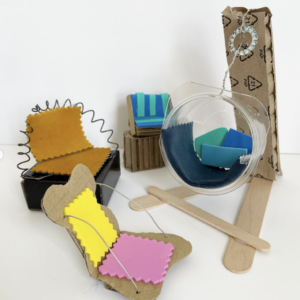
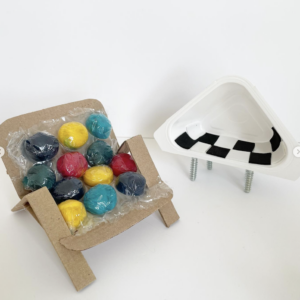
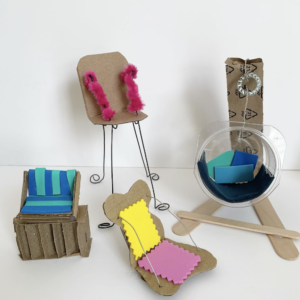
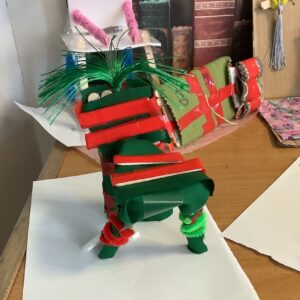
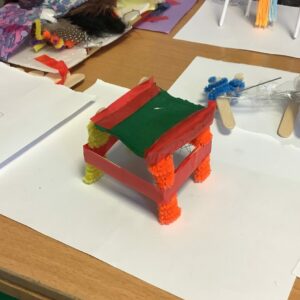
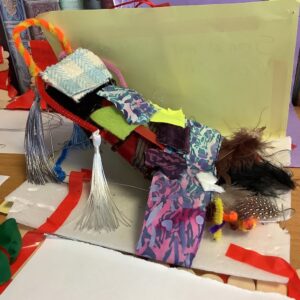
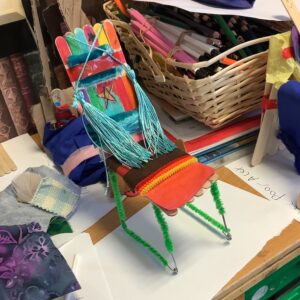
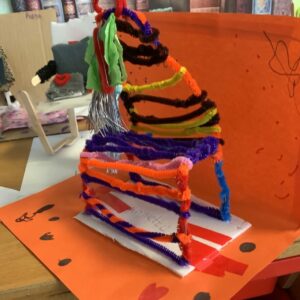
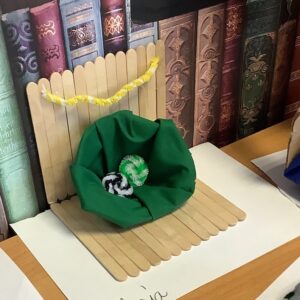
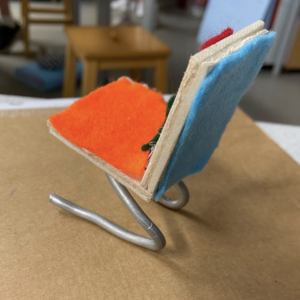
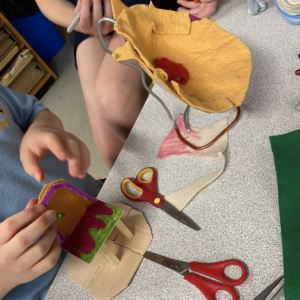
If You Use AccessArt Resources…
You might like to…
Join our Facebook Group
Join the AccessArt Network group on Facebook and ask questions of others using our resources
Share and Tag
Share photos of work made by tagging us on social media
You May Also Like…
Making sculptures: the chair and me
Make sculpture inspired by your bodies relationship to the furniture around you
Talking Points: Luba Lukova
Introduce children to the work of artist Luba Lukova.
Please note that this page contains links to external websites and has videos from external websites embedded. At the time of creating, AccessArt checked all links to ensure content is appropriate for teachers to access. However external websites and videos are updated and that is beyond our control.
Please let us know if you find a 404 link, or if you feel content is no longer appropriate.
We strongly recommend as part of good teaching practice that teachers watch all videos and visit all websites before sharing with a class. On occasion there may be elements of a video you would prefer not to show to your class and it is the teacher’s responsibility to ensure content is appropriate. Many thanks.
*If you are having issues viewing videos it may be due to your schools firewall or your cookie selection. Please check with your IT department.*
This resource is free to access and is not a part of AccessArt membership.




Luba Lukova
Luba Lukova is a designer who communicates themes of injustice in the world through her work.
Explore images of Luba’s work with this Google Arts and Culture resource.
Explore Luba’s Website
Questions to Ask Children
Can you see any similarities between the posters? What are those similarities?
What is a visual metaphor? Can you spot any within the artist’s work?
How do the posters make you feel?
This Talking Points Is Used In…
Pathway: Print & Activism
This is featured in the ‘Print & Activism’ pathway
using sketchbooks to make visual notes
Show me what you see
Pathway: Brave Colour
Pathway for Years 5 & 6
Disciplines:
Installation Art, Sketchbooks
Key Concepts:
-
That as humans we react emotionally to colour.
-
That artists can create immersive environments using colour, light, form and sometimes sound to create a transformative experience for others.
-
That we can use colour in a brave and inventive way, trying new colour combinations and exploring the relationship between colour and form.
-
That we can test ideas, use our imagination, and share our vision with others by creating 2 and 3 dimensional models.
In this pathway pupils are enabled to explore colour in a very personal and intuitive way.
Taking inspiration from artists who use colour, light and form to create immersive installations, pupils are encouraged to create (propose) their own art work. They are enabled to imagine “what if…?” and encouraged to share their vision or imagining with others through mock-up artworks and models.
Recognising pupils growing ability to articulate their thoughts, and understand that we can use art to bring people together through sharing common experiences, such as how our bodies and minds react in certain colourful environments, pupils are empowered to create their own response to simple sculptural challenges.
Pupils use sketchbooks throughout to record, test and reflect.
Medium:
Paper, Card, Paint, Light (coloured filters)
Artists: Olafur Eliasson, Yinka Ilori, Morag Myerscough, Liz West
If you use this resource in your setting, please tag us on social media: #InspiredBy @accessart (facebook, twitter) @accessart.org.uk (instagram) and share the url. Thank you!
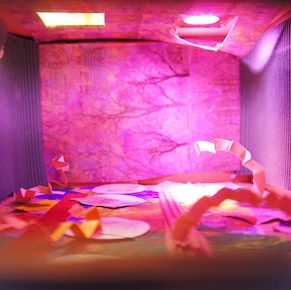
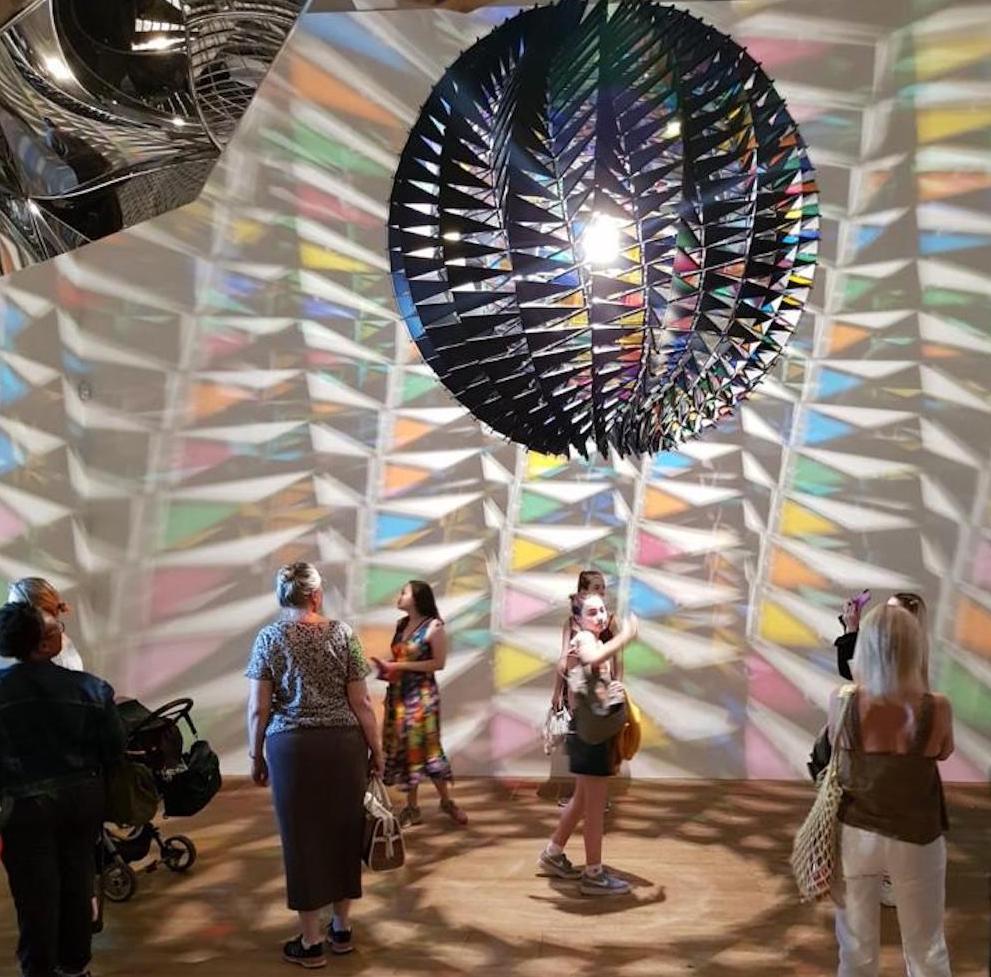
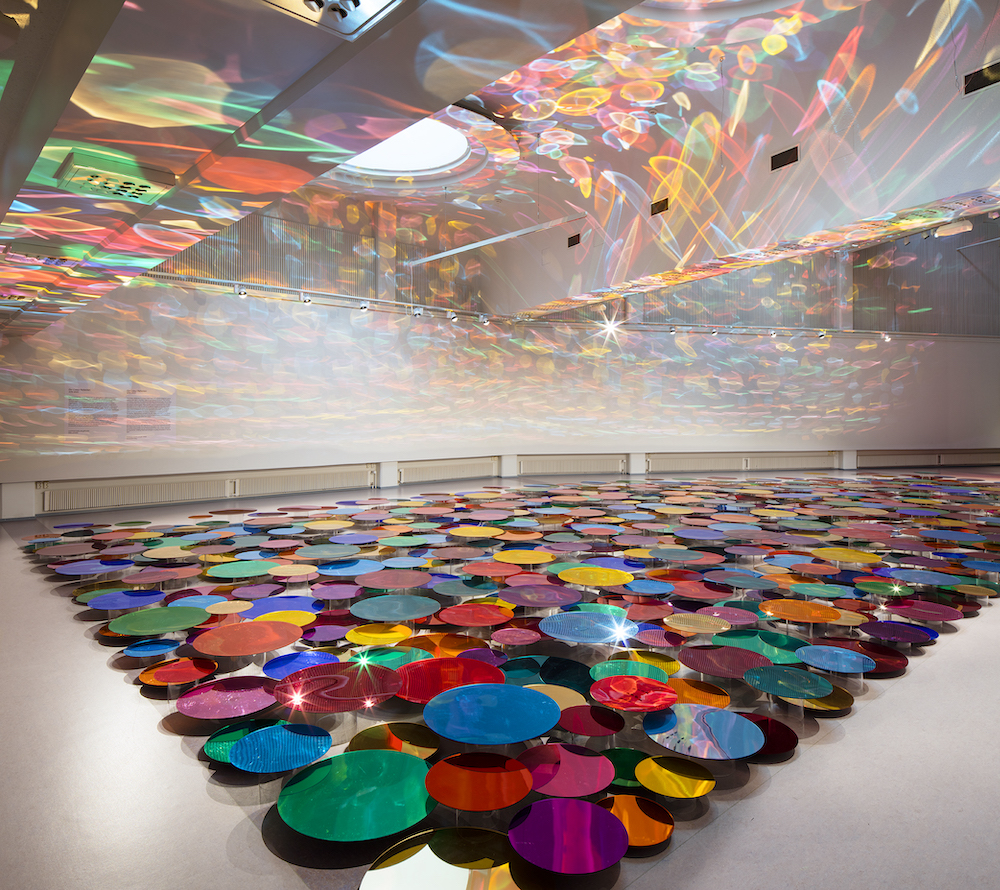

Teaching Notes
Find the MTP for this pathway here.
Curriculum Links
Science: Light, shadows.
PSHE: Collaboration, Peer Discussion.
I Can…
-
I have explored the work of installation artists who use colour, light and form to create immersive environments. I have been able to imagine what it might be like to be in those environments, and to share my thoughts with others.
-
I can respond to a creative challenge or stimulus, research the area, and make a creative response.
-
I can create a 3d model or 2d artwork which shares my vision with others.
-
I can use a sketchbook to focus my exploration of colour, taking time to record thoughts, test ideas and reflect.
-
I can take photos of my artwork, thinking about focus, lighting and composition.
-
I can present my ideas and vision to others, articulate my thoughts and listen to the response of my classmates, taking on board their feedback.
-
I can listen to the creative ideas of others, and share my feedback about their work.
Time
This pathway takes 6 weeks, with an hour per week. Shorten or lengthen the suggested pathway according to time and experience. Follow the stages in green for a shorter pathway or less complex journey.
Materials
Selection of papers, elastic bands, cardboard, soft pencils, coloured pencils, oil/chalk pastels, water colour paint, inks, acrylic or ready mixed paint, brushes, collage papers, PVA glue, scissors.
Option 1: Mini World Light Boxes- Cardboard boxes, pencils, felt tip pens, sharpies paper/card, junk modelling materials, torches, marbling materials, paper, marbling inks, sticks for mixing, trays, PVA glue, scissors.
Option 2: Sculptural Challenge: Colourful Walls and Option 3: Sculptural Challenge: Light and Form – Construction Materials (see list here).
Pathway: Brave Colour
A PDF of this pathway can be found here.
-
Aims of the Pathway
This pathway gives pupils the opportunity to engage with colour in an intuitive and physical way.
Pupils are given a greater degree of creative independence and the pathway invites pupils to respond to the following questions:
“How can we create colourful experiences? How do they make us feel? How might we connect to others through colour?”
Pupils are encouraged to guide their own exploration, making choices about how they want to use colour in their artwork.
- Week 1: Prepare
Make a “Brave Colour” Project Sketchbook

Fill the classroom full of colour and start as you mean to go on by inviting children to make a dedicated Brave Colour Project Sketchbook.
Use the “Elastic Band Sketchbook” resource to make the sketchbooks. Use white paper inside (use cartridge paper torn into double sized sheets – don’t use printer paper) so that pupils can fill it with the colours that appeal to them.
For the covers, use something durable like cardboard as a base, but invite pupils to personalise the covers with colours they are attracted to. This might involve paint, card, paper or fabric.
Encourage pupils to use these sketchbooks throughout the project. Use the “Making Visual Notes” resource to capture colours, generate ideas and reflect.
- Week 2: Be Inspired
Explore the Work of Artists Using Colour

Olafur Eliasson As a class, explore the work of artists who use colour in their work – sometimes in the form of paint, sometimes light.
Explore the following Talking Point resources, using them as the basis for class discussion. Use the “Making Visual Notes” resource to give pupils time to jot down thoughts and ideas in their sketchbooks.
As this is a colour project, make sure pupils have ready access to colour – paper, paint, ink, pastel – so even though this session is about watching and talking, they can also easily reach for colours to apply to their sketchbook notes.
Explore one or more of the free to access resources below:

Talking Points: Yinka Iloria and Colourful Spaces

Talking Points: Morag Myerscough

Talking Point: Carnovsky

Talking Point: Olafur Eliasson

Installation Artist – Liz West
You may also like to explore the “Talking Points: What is Installation Art?” resource.
- Week 3: Collect Colour
Exciting Colour
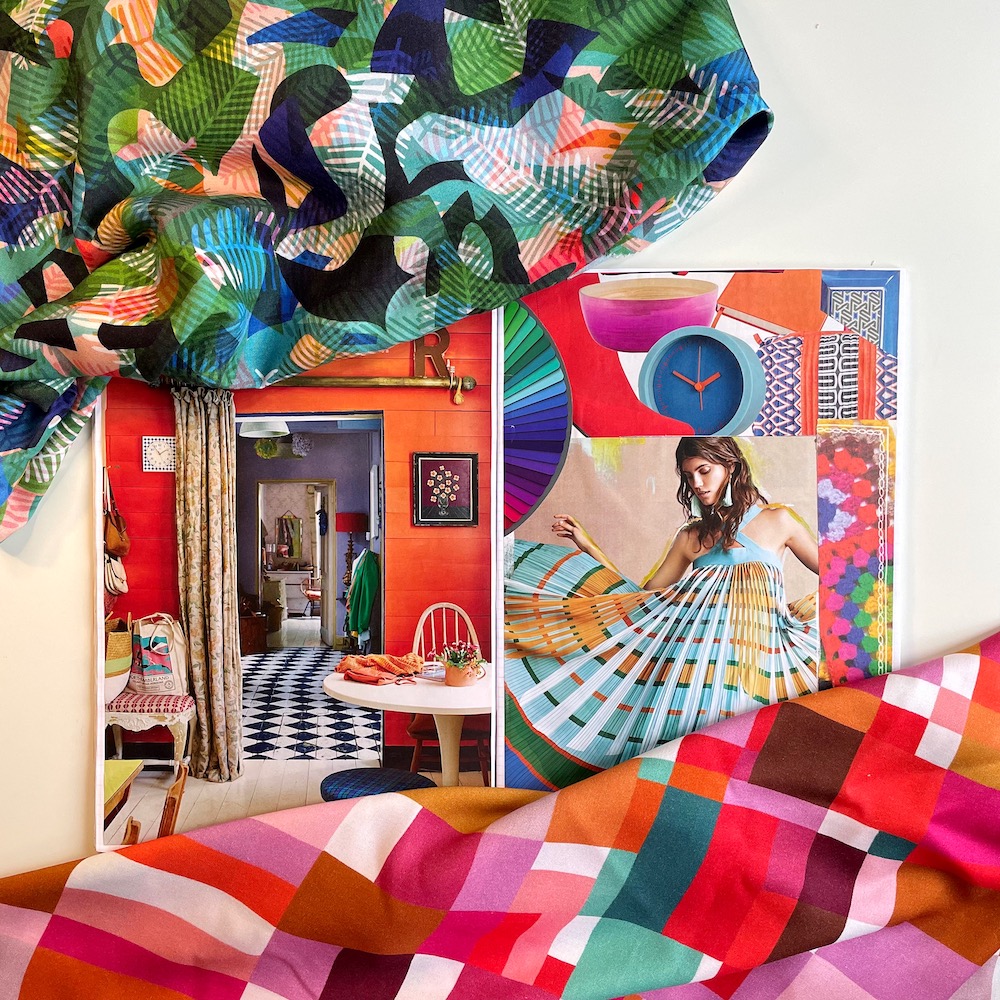
Explore pattern designer Rachel Parker’s moodboard books. Invite children to “Collect Colour” from magazines to create their own colour moodboards. These moodbards can be used in the future as inspiration for other projects.
- Weeks 3, 4, & 5: Explore & Create
Dream Big by Working Small
Choose one of the following options to focus pupils exploration of “brave colour”.
Use sketchbooks to record, test and reflect.
- Option 1
Mini World Light Boxes

Use the “Mini World Light Boxes” resource to create models of sculptural installations exploring light, colour and form.
-
Or…
- Option 2
Sculptural Challenge: Colourful Walls

Use the “Sculptural Challenge Number 1: Colourful Walls” resource and challenge pupils to create a design proposal for a colourful architectural installation exploring colour and form.
- Option 3
Sculptural Challenge: Colour, Light, Form

Use the “Sculptural Challenge Number 2: Colour, Light, Form” resource and ask children to create an idea for an installation which uses light, colour and form (and even maybe sound) to create an immersive experience for others.
- Week 6: Present and Share
Share, Reflect, Discuss

Time to see the work which has been made, talk about intention and outcome.
Invite children to display the work in a clear space, and walk around the work as if you were in a gallery.
Give the work the respect it deserves. Remind the pupils of their hard work. Look back on all stages of the colourful journey and connect work made by pupils to that of the initial artists.
If you have class cameras or tablets, invite the children to document their work, working in pairs or teams. Explore how children can take high quality photographs of 3d artwork with this resource.
Use the resource here to help you run a class “crit” to finish the project.
See the Pathway Used in Schools…
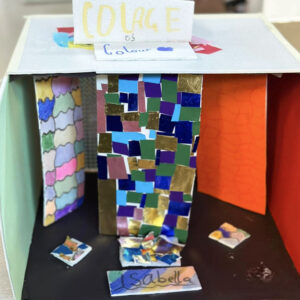
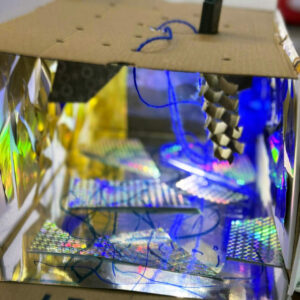
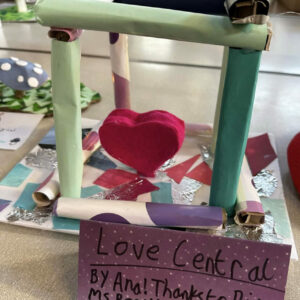
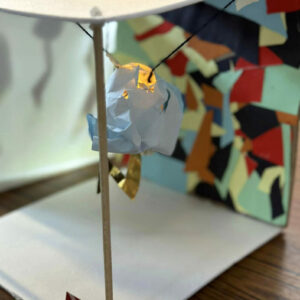
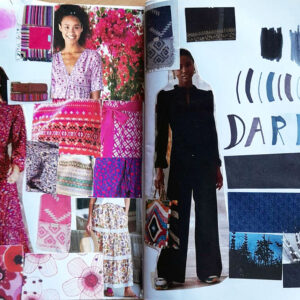
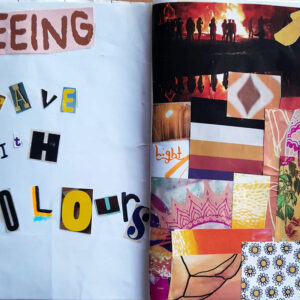
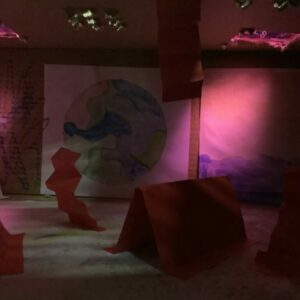
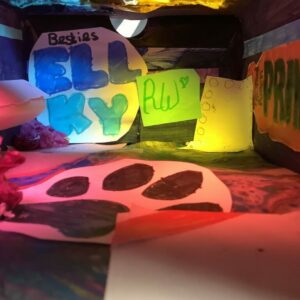
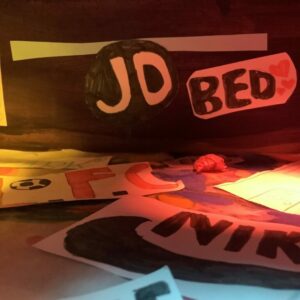
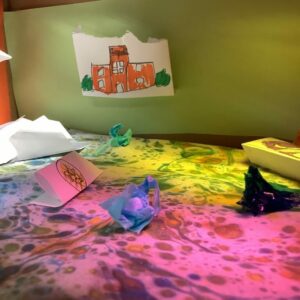
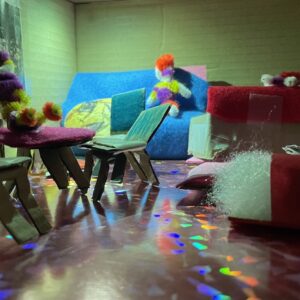
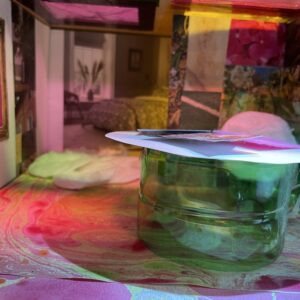
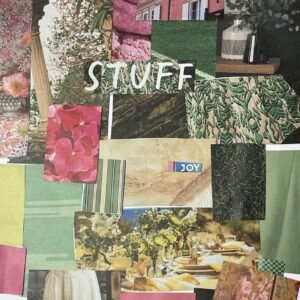
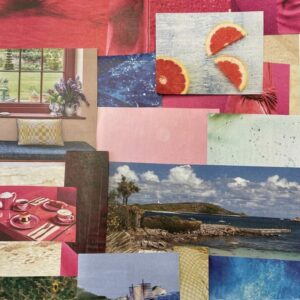
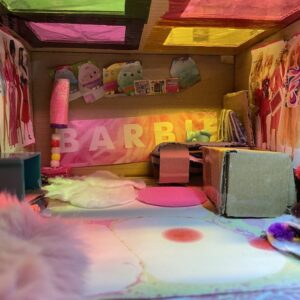
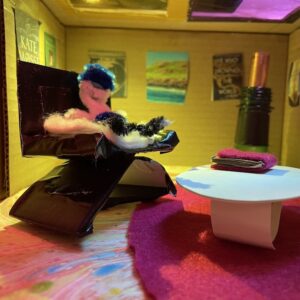
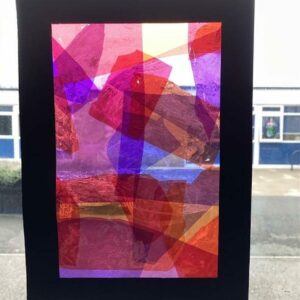
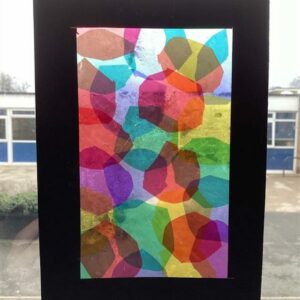
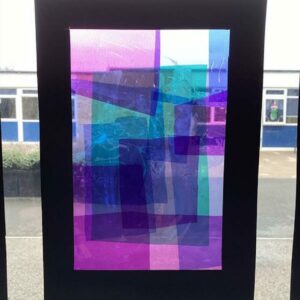
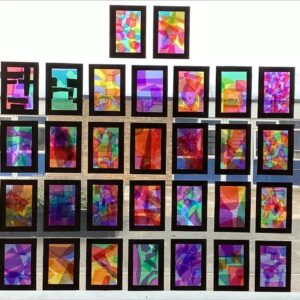
If You Use AccessArt Resources…
You might like to…
Join our Facebook Group
Join the AccessArt Network group on Facebook and ask questions of others using our resources
Share and Tag
Share photos of work made by tagging us on social media
You May Also Like…
To Colour
A sensory exploration exploring questions ‘What does colour smell like? What does colour feel like?’
Pathway: Architecture: Dream Big or Small?
Pathway for Years 5 & 6
Disciplines:
Architecture, Drawing, Sketchbooks
Key Concepts:
-
That architects have a responsibility to design buildings which help make our world a better place, including thinking about the environmental impact of the buildings they design.
-
That we can make creative choices which both serves ourselves as individuals and the communities we belong to.
-
That we can use form, structure, materials, and scale to design innovative buildings.
-
That we can build architectural models to test out our ideas and share our vision.
In this pathway children are opened to the idea that artists and designers have responsibilities, in the case of architects to design homes that help us have a brighter future. Children discuss as a class if it is best to design aspirational homes which make us feel good to live in, or tiny homes which benefit the environment. Or perhaps we can do both?
Children explore the work of architects and individual builder/designers, and use sketchbooks and drawing to collect, process and reflect upon ideas.
Children then go on to build an architectural model of their aspirational home or tiny house, before sharing as a class to see the village that has been made.
Medium:
Foamboard, Ink, Card
Artists: Shoreditch Sketcher, Various Architects
If you use this resource in your setting, please tag us on social media: #InspiredBy @accessart (facebook, twitter) @accessart.org.uk (instagram) and share the url. Thank you!
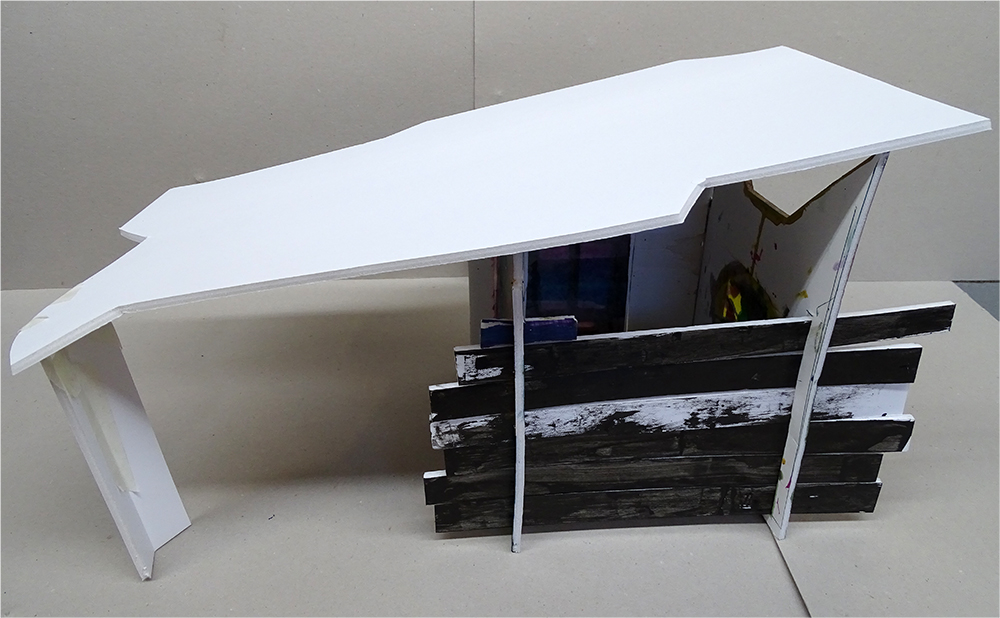
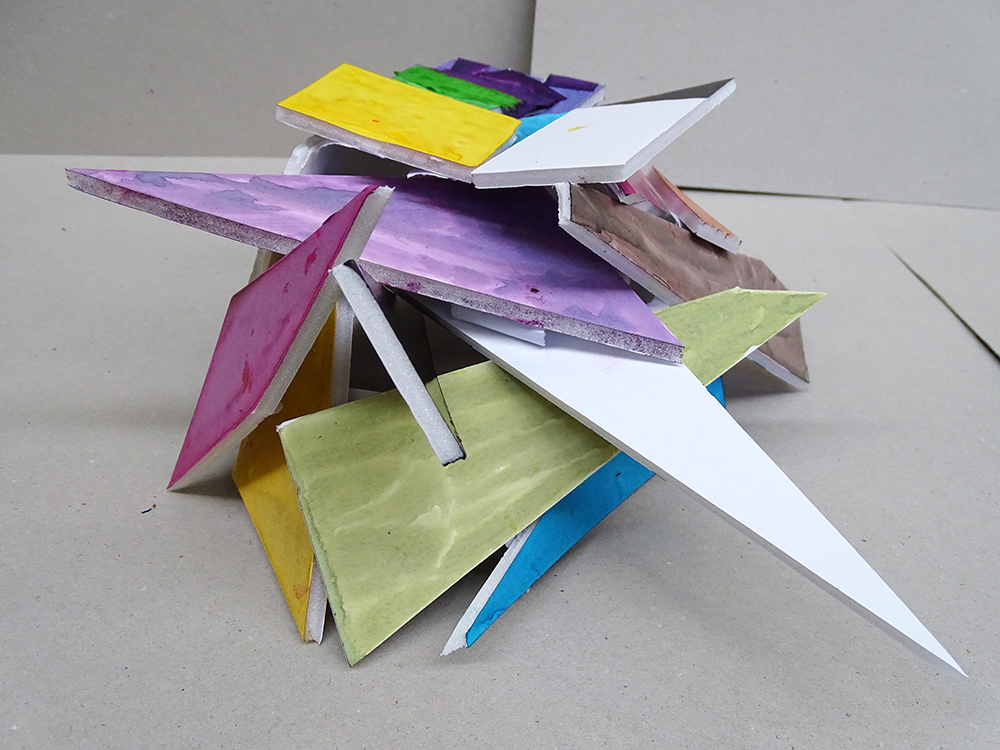


Teaching Notes
Find the MTP for this pathway here.
Curriculum Links
Geography: Opportunity to talk about issues surrounding climate change to inform the type of houses you make, and the materials you use.
History: Changes in Britain – How architecture has changed from your chosen civilisation topic. Design a bomb shelter inspired by WW2?
Maths: Measuring, 2D and 3D shapes, symmetry, angles.
PSHE: Responsibility to the planet, Collaboration, Peer Discussion.
I Can…
-
I have explored domestic architecture which is aspirational and large, and I have explored the Tiny House movement. I can discuss with the class how both these ways of designing might affect our lives.
-
I can use my sketchbook to collect, record and reflect my ideas and thoughts.
-
I can make larger drawings working from still imagery, using various drawing techniques for fifteen or so minutes.
-
I can explore how line, form, structure, material, and scale are all used to make architecture interesting, and help the designer meet the design brief.
-
I can make an architectural model using the ‘design through making’ technique, using my sketchbook to help free my imagination.
-
I can present my work, reflect and share it with my classmates.
-
I can respond to the work of my classmates, sharing my thoughts about their work in relation to the architecture we looked at during the project.
-
I can photograph my work considering lighting, focus and composition.
-
I can make short films of my work giving a close-up tour of my architectural model.
Time
This pathway takes 6 weeks, with an hour per week. Shorten or lengthen the suggested pathway according to time and experience. Follow the stages in green for a shorter pathway or less complex journey.
Materials
Soft B pencils, handwriting pens, sharpies, A2 cartridge or sugar paper. Construction Materials (see list here)
Pathway: Architecture – Dream Big & Small
A PDF of this pathway can be found here.
-
The Aim of the Pathway
The aim of this pathway is to give pupils the opportunity to use their growing creative independence to discuss, decide, and design. Pupils will explore the responsibilities architects have to create a better world for us all by exploring whether we should “dream big or dream small” when it comes to planning for homes for the future.
- Week 1: Introduce
Dream Big or Small?
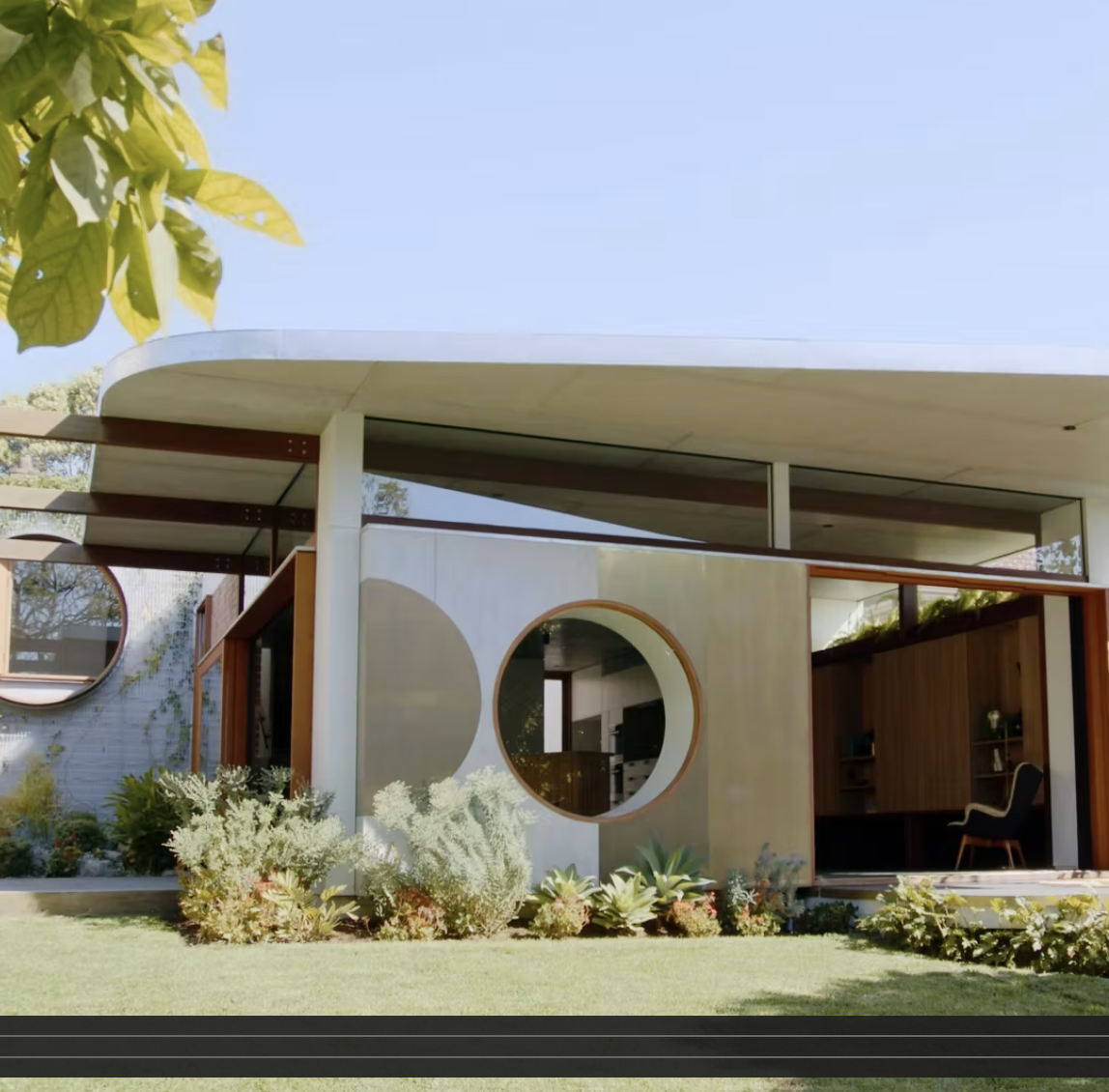
Introduce pupils to the point for discussion and design:
“As architects, should we aspire to fill the world full of amazing beautiful buildings, or do we serve ourselves and the planet better by designing small, modest, cleverly designed eco homes. Or can we do both?”
Use the free to access “Drawing Source Material: Amazing Architectural Homes” resource to see aspirational architectural design.
Use the “Making Visual Notes” resource to get children to note down forms, structures and materials that they like.
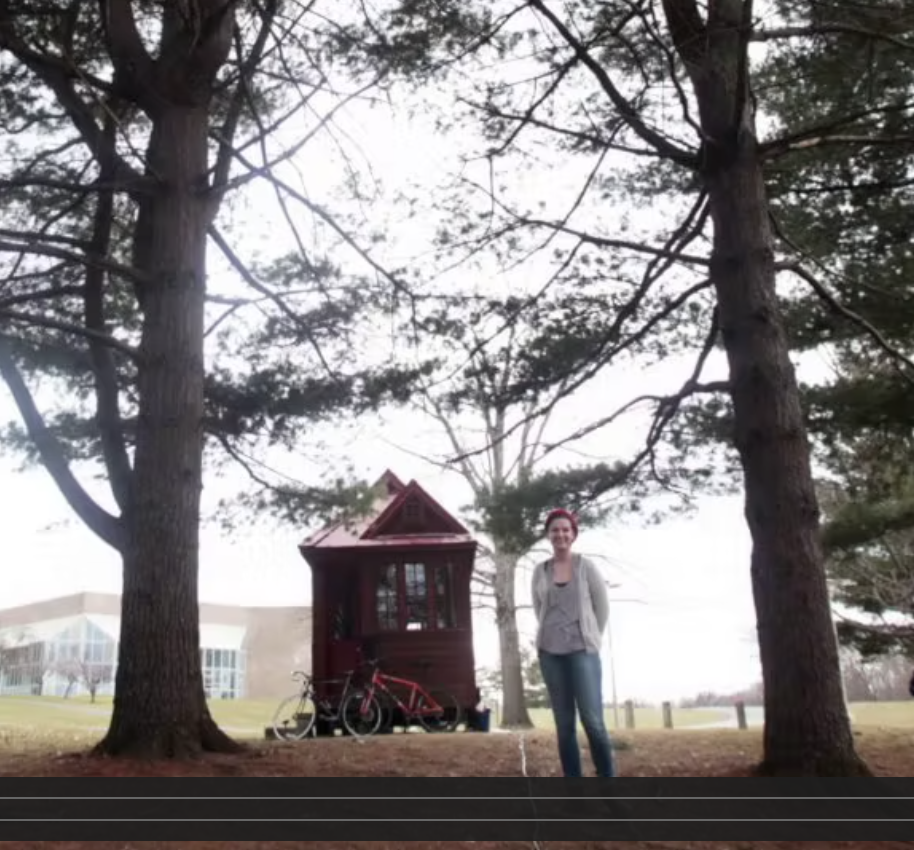
Then use the free to access “Talking Points: Tiny Houses” resource. Again, use sketchbooks to make visual notes of the details, structures, materials, and ideas which appeal to the children.
Have a class discussion, and perhaps even a vote, about what they feel is important in terms of house design to make the world a better place.
- Week 2: Draw
Drawing Houses
This week, children will work on larger sheets of cartridge or sugar paper (A3 or larger) and revisit the two resources used last week (“Drawing Source Material: Amazing Architectural Homes” and “Talking Points: Tiny Houses“). This time pupils will make drawings of paused moments in the video (so they are working from a still image).
The aim here is not to design a building (they are not designing on paper) but instead to deepen understanding of the form and structures architects might use. Children will use drawing to help look more closely: to collect ideas for when they ‘design through making’.
Try to create between 3 and 5 drawings, each on a fresh sheet, during the session. Pupils will work in handwriting pen and, if they wish, coloured pen to highlight/accent certain features.
They might like to be inspired by the drawings by the Shoreditch Sketcher. You can see his work at “Talking Points: Shoreditch Sketcher“.
You might also like to use the following drawing exercises to inspire their drawings (using handwriting pen):
Continuous Line Drawing
Drawing with a Ruler
If there is a sense of perspective in the image pupils are drawing, invite them to try to capture it on the page. Sometimes, if they are drawing from a still image on a whiteboard, they can use a metre rule or a cane to help see where the lines of perspective are.
Rather than try to draw the whole image, invite them to record what they consider to be the most important elements of the architectural design.
- Week 3, 4, 5
Make your Architectural Model
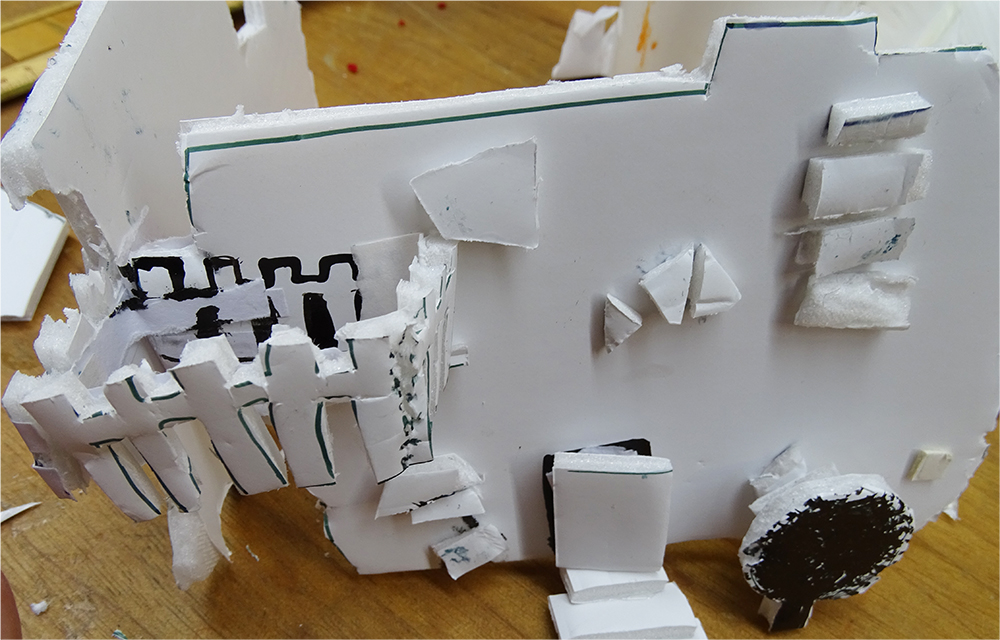
Start Week 3 with a recap about the architectural dilemma: dream big or small?
Decide as a class if the children are all going to make models of aspirational homes, or tiny houses, or a mixture of both.
Have sketchbooks open so that pupils can use them as reference material, and have access to the drawings made the week before. Use the “Ink and Foamboard Architecture” resource to help pupils build their architectural models.
Tips:
Remember they are not designing on paper first. Instead pupils are using sketchbooks as reference and using the “Design Through Making” technique.
Remind pupils (if they get frustrated!) that Making is Hard!– but that’s ok!
Allow pupils plenty of time to cut and stick their shapes. You may want to get a head start by having a member of staff cut a selection of shapes beforehand so that pupils can use them as “building blocks” and then cut their own as they need them. See how to cut foamboard here Coming Soon.
Buying foamboard (coming soon)
- Week 6
Share, Reflect, Discuss
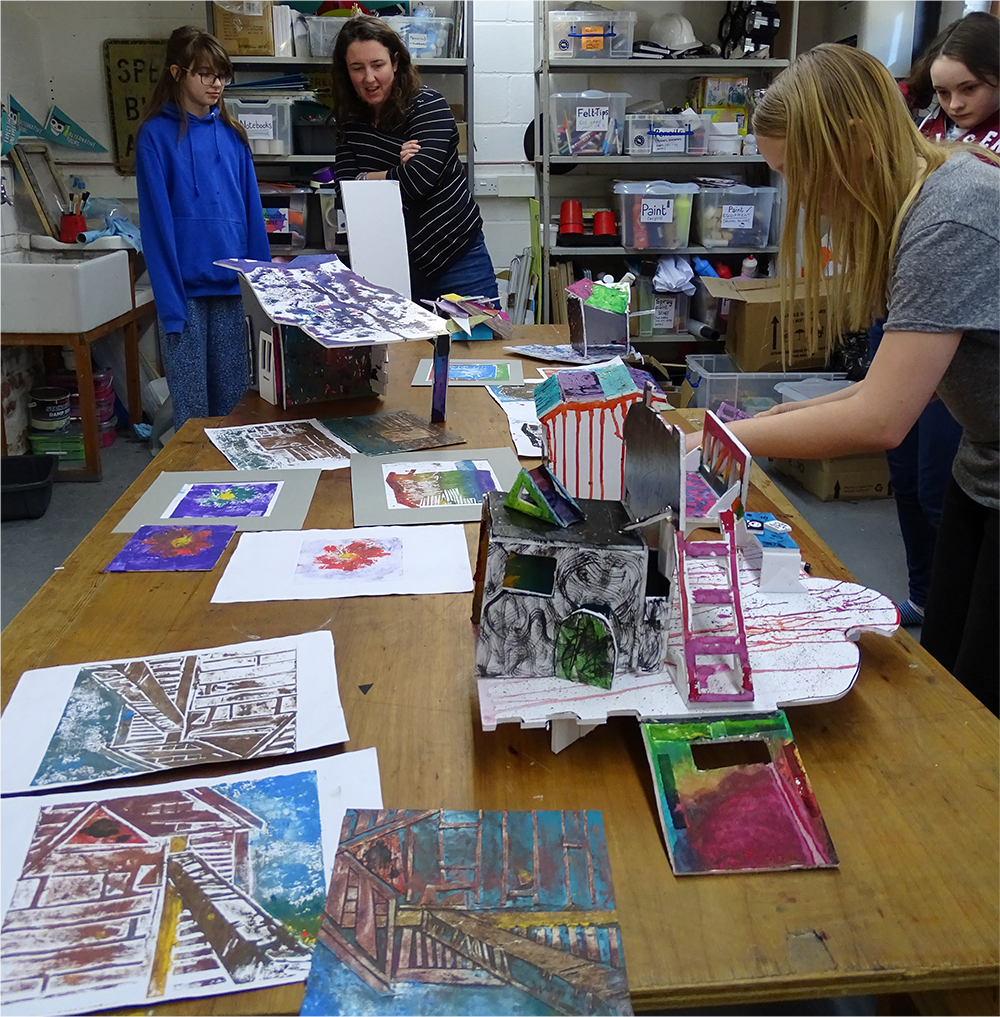
Time to see the work which has been made, talk about intention and outcome.
Pupils will display the work in a clear space, and walk around the work as if they were in a gallery.
Remember to display sketchbook work too, so that they remember the whole journey and give context to the outcomes.
Give the work the respect it deserves. Remind the children of their hard work.
If you have class cameras or tablets, invite the children to document their work, working in pairs or teams. You could also make films by bringing the cameras really close to the models, to see different perspectives and interiors. Explore how children can take high quality photographs of 3d artwork with this resource.
Use the resource here to help you run a class “crit” to finish the project.
See the Pathway Used in Schools…
If You Use AccessArt Resources…
You might like to…
Join our Facebook Group
Join the AccessArt Network group on Facebook and ask questions of others using our resources
Share and Tag
Share photos of work made by tagging us on social media
You May Also Like…
Anglo Saxon Architecture
Making Architecture Inspired by Anglo Saxon Architecture
My House
A Cardboard Construction Project
Houses from Around the World
Drawing and Collaging
Pathway: Set Design
Pathway for Years 5 & 6
Disciplines:
Set Design, Making, Drawing, Sketchbooks
Key Concepts:
-
That designers and makers design “sets” which form the backdrop/props to give context to drama (theatre, film or animation).
-
That we can use many disciplines including painting, making, drawing to create sets, as well as thinking about lighting, scale, perspective, composition, and sound.
-
That we can create our own “sets” to create models for theatre design, or backgrounds for an animation.
-
That we can take our inspiration from the sources of literature or music to inform our creative response and to capture the essence of the drama.
In this pathway pupils explore the work of set designers – in the first instance a set designer that works in theatre, and in the second instance a maker that creates sets for animation.
Pupils go on to explore how they can create their own model set, inspired by a creative stimulus (poetry, prose, film or music).
Sketchbooks are used throughout to brainstorm, record, test and reflect.
Medium:
Paper, Card, Construction Media, Mixed Media, Paint, Drawing Materials
Artists: Rae Smith, Fausto Melotti, Tiny Inventions, Rose Hurley, Gabby Savage-Dickson
If you use this resource in your setting, please tag us on social media: #InspiredBy @accessart (facebook, twitter) @accessart.org.uk (instagram) and share the url. Thank you!
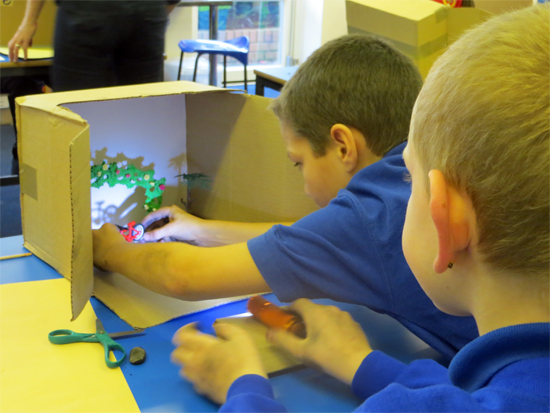
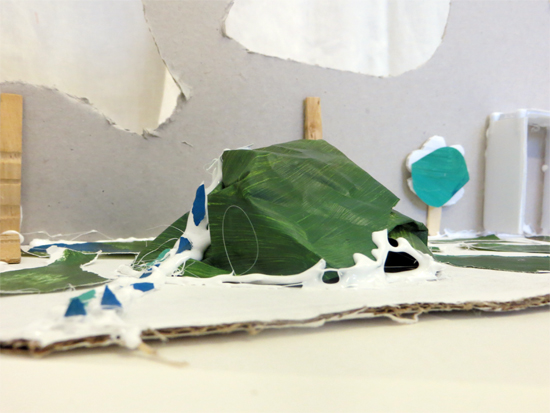
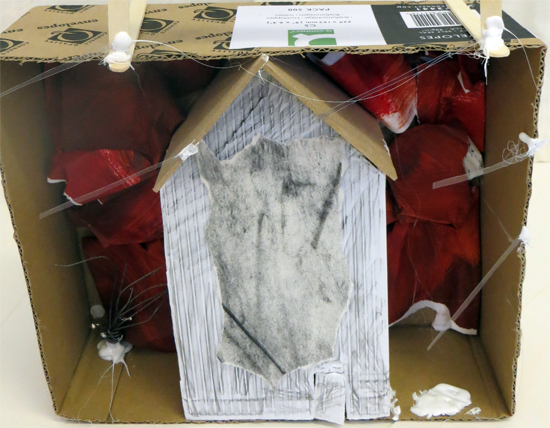

Teaching Notes
Find the MTP for this pathway here.
Curriculum Links
English: Create set designs inspired by your chosen play or book (for example Esio Trot).
History: Create a ‘scene’ inspired by your chosen civilisation topic e.g. a Roman amphitheatre.
Science: Light, shadow.
Music & Drama: Link to projects in Music and Drama.
PSHE: Collaboration, Peer Discussion.
I Can…
-
I have explored how other artists use their skills to build sets for theatre or animation, inspired by literature, film, poetry or music. I can articulate and share my response to their work.
-
I can respond to a suggested stimulus (poetry, prose, music or short film) and design and build a model set which conveys my interpretation of the mood/narrative of the original stimulus.
-
I can use my sketchbook to brainstorm ideas, jot down thoughts, test materials, record and reflect.
-
I can share my process and outcome with my classmates, articulating my ideas and methods. I can listen to their feedback and take it on board.
-
I can appreciate the artwork made by my classmates and share my response to their work.
-
I can take photographs or film of my artwork thinking about presentation, lighting, focus and composition.
-
I can use my animation set as backdrop to an animation.
Time
This pathway takes 6 weeks, with an hour per week. Shorten or lengthen the suggested pathway according to time and experience. Follow the stages in green for a shorter pathway or less complex journey.
Materials
Soft B pencils, A2 cartridge paper, charcoal, cardboard boxes, selection of small toys, construction materials.
Pathway: Set Design
A PDF of this pathway can be found here.
-
Aims of the Pathway
This pathway aims to introduce pupils to set design, either for theatre or animation. Pupils explore the work of designers/makers and then create their own model “sets” around a theme.
- Find Your Focus
Choose Theatre Design or Design for Animation
Decide if you would like your pupils to explore Set Design for Theatre, or Set Design for Animation, and follow the stages below accordingly.
-
Set Design for Theatre
In this option pupils explore how designers design sets for theatre.
- Week 1: Introduce
Set Design for Theatre
 Use the “Talking Points: Set Designer Rae Smith” resource to introduce pupils to the work of a set designer working in theatre.
Use the “Talking Points: Set Designer Rae Smith” resource to introduce pupils to the work of a set designer working in theatre. Pause the video at suitable points to open up conversation. Invite children to make a page or two using “Making Visual Notes” in their sketchbooks. They might make quick drawings of the sculptures, note down how they feel and also include any other thoughts that the videos prompt.
- Week 2, 3, 4 & 5: Create
Set Design for Theatre

Use the “Set Design With Primary Aged Children” resource to focus a project around how pupils can create their own model sets in response to a dramatic stimulus.
Children will have the opportunity to draw, build and paint and by the end they will have an atmospheric and dramatic set in response to text. Use sketchbooks throughout to come up with ideas, jot down thoughts, test materials and reflect.
You may also like to introduce the work of Melotti through the “Talking Points: Fausto Melotti” resource if children need further stimulation mid project.
-
Or…
-
Set Design for Animation
In this option pupils explore how animators build sets for their animations.
- Week 1: Introduce
Set Design for Animation

Use the “Talking Points: Negative Space by Tiny Inventions” resource to see how animators created the set for their animation Negative Space.
Pause the video at suitable points to open up conversation. Invite children to make a page or two in their sketchbooks using “Making Visual Notes“. They might make quick drawings of the set, note down how they feel and also include any other thoughts that the videos prompt.
- Weeks 2, 3, 4 & 5: Introduce
A Textiles Set
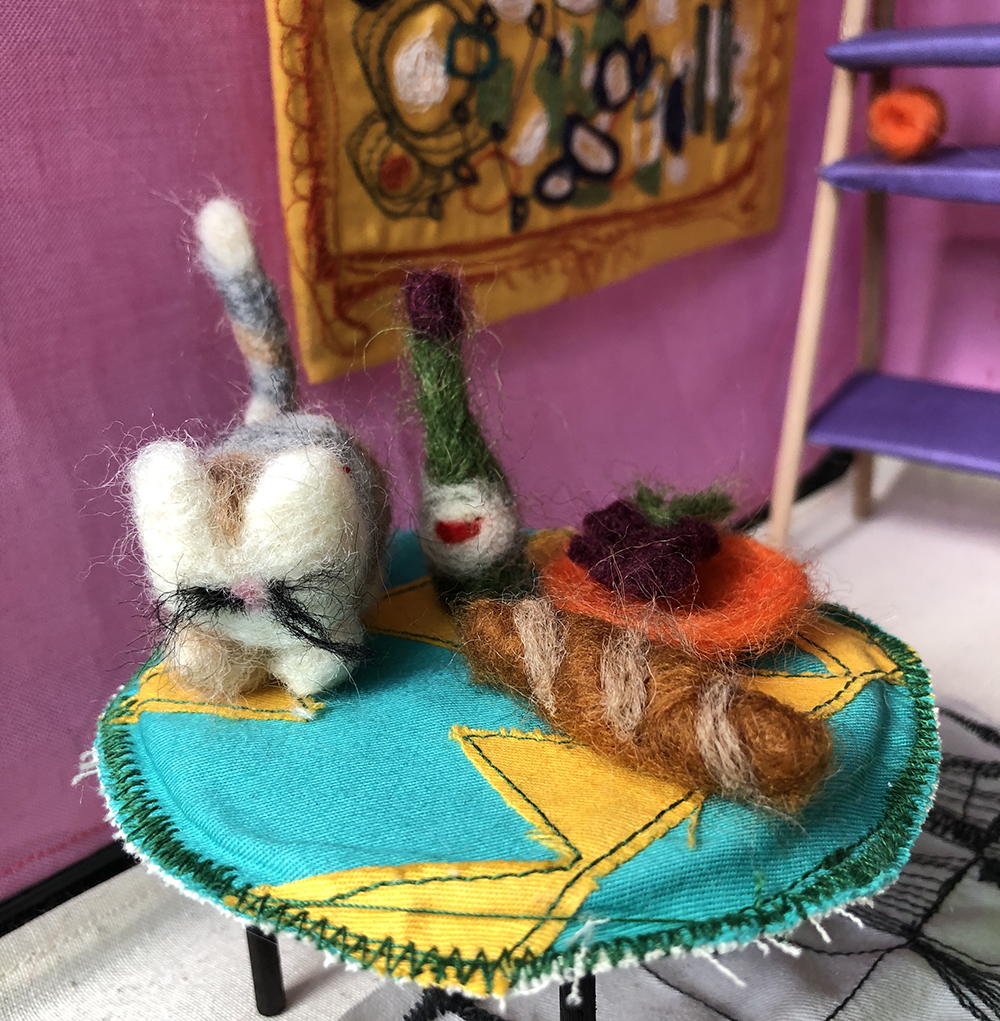
Take further inspiration from artist Gabby Savage-Dickson and explore the “Gabby Savage-Dickson: Felting & Embroidering Sets” resource.
- Create
Rosie Hurley
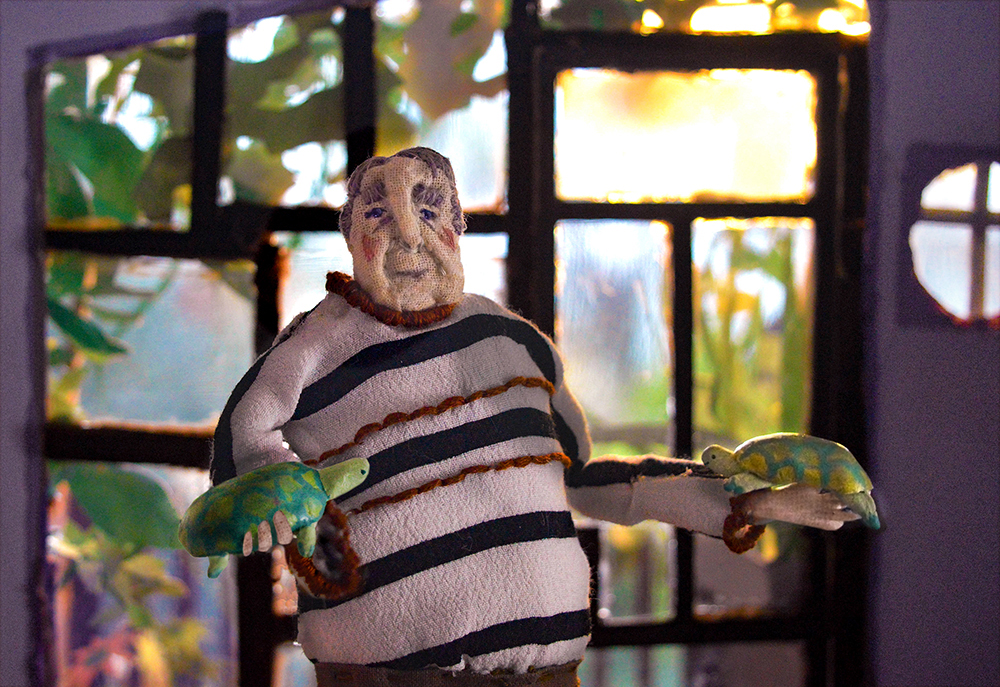
Explore the “Rosie Hurley: Esio Trot” resource – an artist who created a set based on the film Esio Trot. Explore all of the developmental stages in her sketchbook and see how it connects to the work that has been done in class.
Again, ask children to have sketchbooks open and jot down any “tips” about the ways Rosie works in her sketchbooks which might be useful.

Use the “Animation Set Design Challenge” resource to inspire children to create their own set based upon a piece of music, prose, film or poetry. Follow a similar process as Rosie Hurley to create your set.
- Extension
Animate!
Coming Soon
- Week 6: Reflect and Discuss
Present, Talk, Celebrate
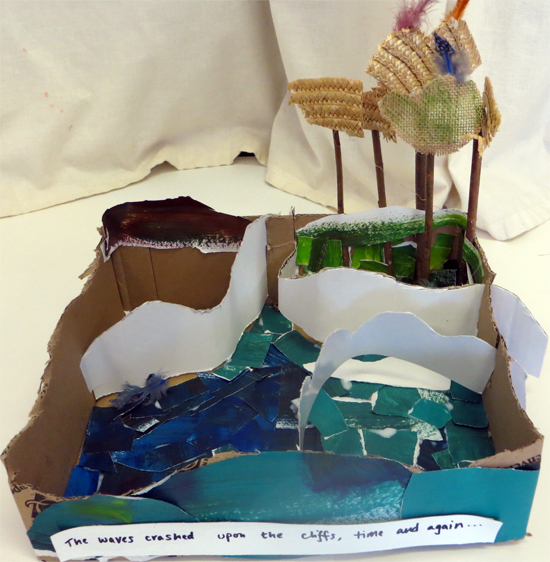
End the pathway by taking time to appreciate the developmental stages and the final outcomes in a clear space.
Depending upon the project option chosen, display the work appropriately including having open sketchbooks. Use the “Crit in the Classroom” resource to help you.
Encourage children to reflect upon all stages of the journey, and reference the artists studied.
If available, children can use tablets or cameras to take photographs of the work. Explore how children can take high quality photographs of 3d artwork with this resource.
See This Resource Used In Schools…
If You Use AccessArt Resources…
You might like to…
Join our Facebook Group
Join the AccessArt Network group on Facebook and ask questions of others using our resources
Share and Tag
Share photos of work made by tagging us on social media
You May Also Like…
Drawing Exercise Responding to text
Adapt the workshop for younger students and create drawings in response to text
model making responding to text
Use text extracts as a starting point to make ‘scratch models’
Pathway: Exploring Still Life
Pathway for Years 3 & 4
Disciplines:
Painting, Drawing, Collage, Sketchbooks, Relief
Key Concepts:
-
That when artists make work in response to static objects around them it is called still life.
-
That still life has been a genre for many hundreds of years, and is it still relevant today.
-
That when artists work with still life, they bring their own comments and meaning to the objects they portray.
-
That we can make a still life creative response in many media: drawing, painting, collage, relief…
-
That we can use line, shape, colour, texture, and form to help us give meaning to our work, and explore composition, foreground, background, and negative space.
In this pathway children are introduced to the genre of still life as an old art form and also one which is still enjoyed by many contemporary artists. Pupils revisit and develop their drawing (and looking) skills using observational drawing of physical objects, and then go on to explore a project, either working in collage, photography and paint, clay relief, or graphic still life.
Along the way children consolidate and develop their understanding of how we can use line, shape, colour, texture, form and composition to make their work.
Medium:
Acrylic or poster paint, pen, pencil, ink, clay (depending upon project chosen)
Artists: Paul Cezanne, Peter Claesz, Melchior d’ Hondecoeter, Jan Davidsz, Jacob Vosmaer, Hilary Pecis, Nicole Dyer, Baas Meeuws, Hirasho Sato
If you use this resource in your setting, please tag us on social media: #InspiredBy @accessart (facebook, twitter) @accessart.org.uk (instagram) and share the url. Thank you!
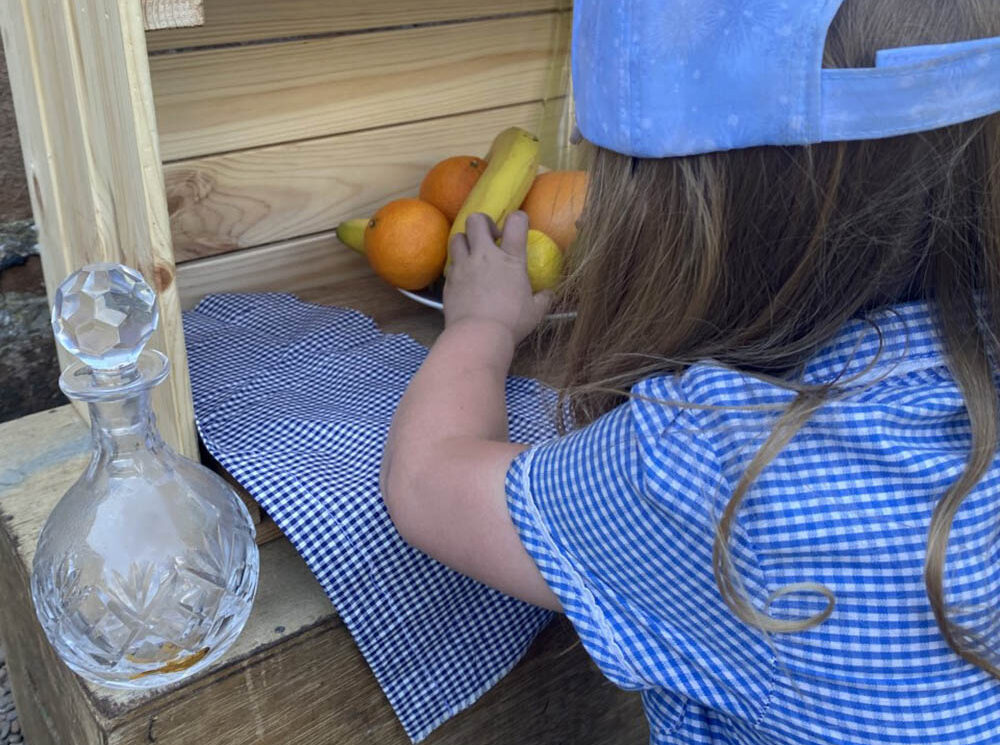

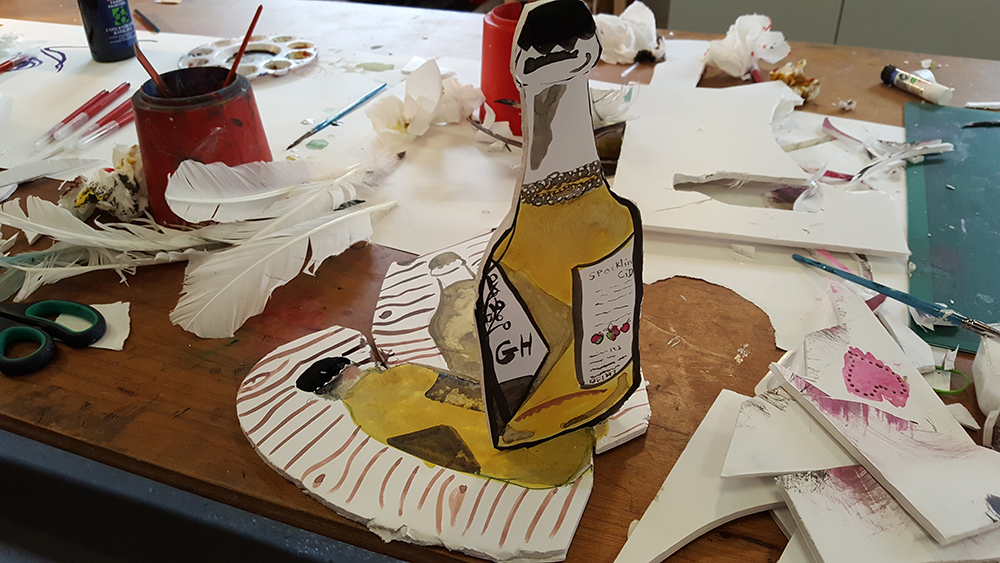

Teaching Notes
Find the MTP for this pathway here.
Please find the CPD session recording of the Exploring Still Life pathway here.
Curriculum Links
History: Depict objects related to your chosen ancient civilisation topic or even arrange for a museum handling collection to visit your school.
Maths: 2D and 3D shapes, Pattern (on object).
Science: Plants, trees and flowers, rocks and fossils, light and shadow (explore all of these through your still life arrangement).
I Can…
-
I have explored the work of contemporary and more traditional artists who work within the still life genre.
-
I have felt able to express my thoughts about other artists’ work, and talk about the meanings of objects as artists present them.
-
I can use my sketchbook to make visual notes, record and reflect.
-
I can draw from observation and think about how I can use line, colour, shape, texture, form and composition to make my artwork interesting.
-
I can present and share my artwork, and explain how my sketchbook work helped build my knowledge and skills towards my final piece.
Time
This pathway takes 6 weeks, with an hour per week. Shorten or lengthen the suggested pathway according to time and experience. Follow the stages in green for a shorter pathway or less complex journey.
Materials
Soft B pencils, cartridge paper, sharpies or felt tip pens, handwriting ink or watercolour (undiluted or thick & diluted down to a wash), a fine brush and a thick brush, a small, solid object to draw.
Option 1: Cut Paper Collage Still Life – (to make the collage papers) A2 cartridge paper, A3 coloured sugar paper, sponges, brushes, bubble wrap scraps, acrylic or ready mixed paint (to make the collage), a still life arrangement, PVA glue, scissors.
Option 2: Cezanne Paintings to reference (digitally and printed), a still life arrangement (textured cloths/tea towels, colourful fruits, large bowls, glass vase or bottle, tea pot etc), large pieces of card in various colours for background, iPads/tablets/digital camera/iPhone for photographing.
Option 3: Clay Fruit Tiles – Selection of fruit and vegetables, drawing materials: charcoal, graphite, pencil, chalks, pastels, paper, card, tissue paper, scissors, cardboard, camera, photocopier or tracing paper, clay, clay tools, rolling pins, clay knives, boards, plastic bags, sponges, water pots, brushes, toothbrush and water (for joining clay onto your tile), acrylic paint.
Option 4: Graphic Inky Still Life – Inks, foamboard or cardboard, quills/brushes/pens, craft knife and cutting mat, PVA glue, variety of bottles to draw.
Pathway: Exploring Still Life
A PDF of this pathway can be found here.
-
Aim of the Pathway
The aim of this pathway is to introduce children to the genre of still life, explore traditional and contemporary still life artists, and make their own creative response.
In doing so, they consolidate and develop many technical and visual literacy skills and concepts, including looking at line, colour, shape, texture, form, composition, foreground, background and negative space.
- Week 1: Introduce an artist
Introduce the artist Paul Cezanne
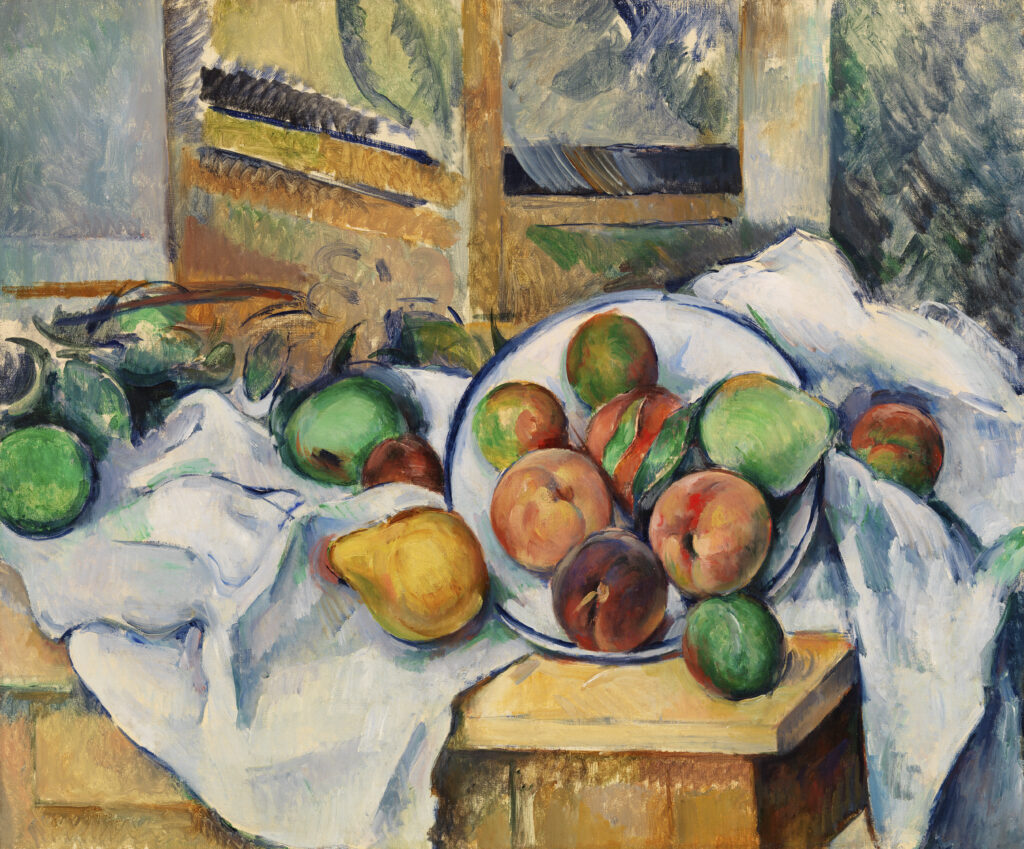
Use the free to access “Talking Points: Cezanne” resource to introduce pupils to the still lifes of Paul Cezanne.
Invite children to capture elements of his paintings in their sketchbooks as you discuss his work (focusing particularly on colours, lines and shapes).
You might like to use the “Show Me What Your See” or “Making Visual Notes” resources to help children embed exploration in their sketchbooks.
You might also like to visit the “What is Composition?” resource to help pupils think about about composition in still life artwork.
- Work in sketchbooks
Choose One of the Drawing Exercises Below
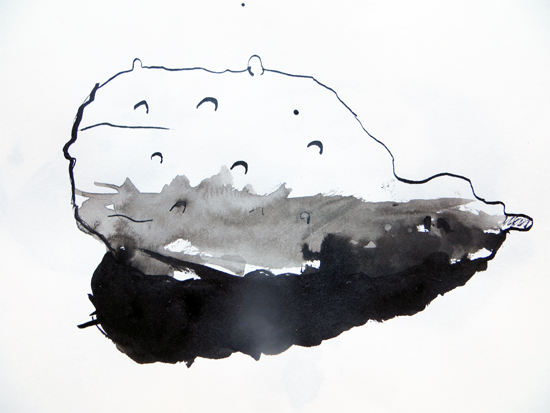
Use the “See Three Shapes” exercise to help children appreciate how seeing simple shapes can help improve drawing skills, and how one material can be used in a variety of ways to create different qualities of line.

Use the “Four Colour Gestural Drawing Exercise” resource to help children build their understanding of the subject matter, and think about how they can use marks to share their understanding.
- Week 2: Explore Further
Explore the Work of Contemporary and Traditional Still Life Artists

Explore a variety of contemporary artists who study still life in different forms. Use our free to access “Talking Points: Contemporary Still Life” to prompt class discussion about the artists work.
Compare and contrast with the work of Dutch and Flemish 16th century artists using the free to access “Talking Points: Flemish Painters” resource.
Use the “Making Visual Notes” resource to record and reflect.
- Weeks 3, 4 & 5: Find Your Focus
Choose a Project
Choose between an exploration of:
-
Painting and collage
-
Photography, composition and painting
-
Clay, texture and painting
-
Still life sculpture
-
- Option 1: Paint and Collage
Cut Paper Collage Still Life

Use the “Cut Paper Collage Still Life” resource to facilitate a collaged still life activity. This technique is very accessible – pupils paint sheets of paper before collaging with them.
-
Or…
- Option 2: Photography, Composition and Painting
Still Life Inspired by Cezanne

Use the “Still Life Inspired by Cezanne” resource to invite pupils to make their own still life compositions, before photographing and painting them. This option is a great way to bring cameras into the classroom.
-
Or…
- Option 3: Clay, Texture, Paint
Clay Fruit Tiles
 Give children the opportunity to work with clay to make decorative “Clay Fruit Tiles“.
Give children the opportunity to work with clay to make decorative “Clay Fruit Tiles“.Children will gain skills in working with clay as a resistant and responsive material, resulting in an exploration of texture, mark making, colour and composition.
-
Or…
- Option 4: Still Life Sculpture
Graphic Inky Still Life

Explore still life through drawing and construction. “Graphic Inky Still Life” gives children the opportunity to develop their observation and mark making skills to create charming and powerful 3d graphic images.
Scaffold with sketchbook exercises such as “Continuous Line Drawing” and “Thoughtful Mark Making” to extend the project.
Tip: This project was originally shared with slightly older children. It’s perfectly suited to this age group – just replace the knife-cutting of the foamboard shapes of the bottles with scissor cutting working on cardboard instead.
- Intervention
Learning to see

If you feel pupils need help learning to see, use the exercises on the “Painting on Plaster” activity, which includes drawing exercises to explore composition, setting up an individual still life to encourage close looking, and using a viewfinder to help you see. Don’t progress to painting on plaster, unless you are interested in painting on plasterboard (link coming soon).
- Week 6: Present and Celebrate
Share, Reflect, Discuss
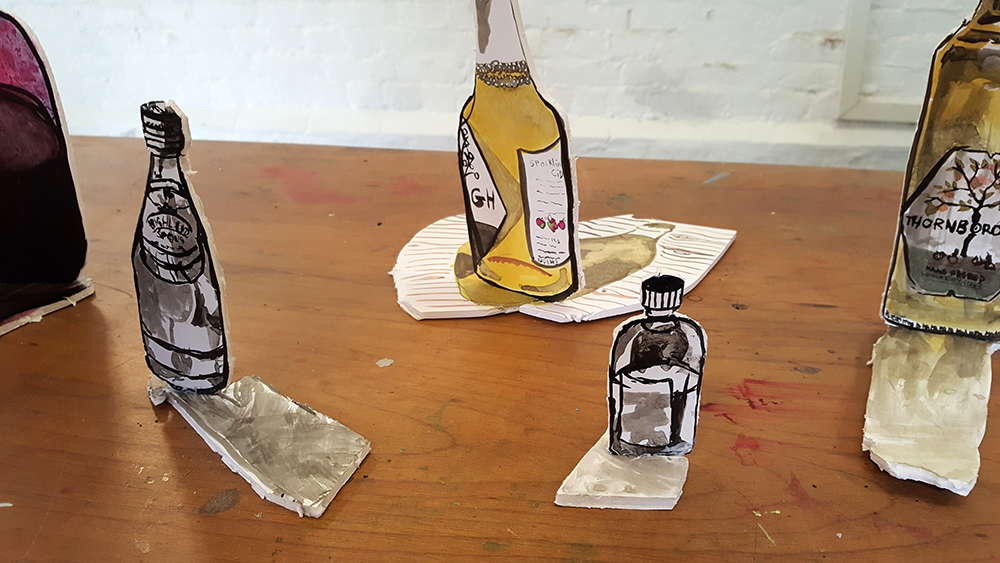
Time to see the work which has been made, talk about intention and outcome.
Invite children to display the work in a clear space, and walk around the work as if they are in a gallery. Give the work the respect it deserves. Remind the children of their hardwork.
If you have class cameras or tablets, invite the children to document their work, working in pairs or teams.
Use the resource here to help you run a class “crit” to finish the project.
See the Pathway Used in Schools…
If You Use AccessArt Resources…
You might like to…
Join our Facebook Group
Join the AccessArt Network group on Facebook and ask questions of others using our resources
Share and Tag
Share photos of work made by tagging us on social media
You May Also Like…
Thoughtful Mark making
Develop mark making vocab and decision making skills
Using pastel to capture texture
Explore using pastels, with graphite, to capture the texture of fabric
Blind Contour Drawing
Match the speed of drawing with the speed of looking
Drawing Vegetables
Explore a variety of media through drawing vegetables
Japanese sushi inspires our art
Create large-scale mixed media drawings inspired by food from Japan
still life acrylic paintings
Make acrylic paintings on canvases
Pathway: Festival Feasts
Pathway for Years 3 & 4
Disciplines:
Sculpture, Painting, Drawing, Collage, Sketchbooks
Key Concepts:
-
That we can respond to a creative stimulus through lots of different media (paper, pen, paint, modelling materials and fabric) to work towards drawing, painting, collage, and sculpture.
-
That we can use our knowledge and curiosity of line, shape, colour and form to make playful and inventive art.
-
That we can make an individual artwork which contributes to a larger shared piece, or we can work on a shared artwork.
-
That making art can be fun and joyful, and that we can find subject matter which inspires us all and brings us together.
In this pathway children are enabled to begin to recognise that their individual creative response will be different to that of their peers, but that it is valued and can contribute to a larger shared artwork.
As children progress through the school, they are enabled to use and further develop the knowledge and skills learnt so far, and bring their personal likes, dislikes and experience to a project, working towards being confident creative decision makers.
The pathway begins with an exploration of artists who make sculptures of food, working at unexpected scales, working in a sketchbook to make visual notes to consolidate their experience.
Children then further develop drawing skills by drawing from still imagery and from life, and then teachers choose from two projects, one using dry materials (paper, card, pen, paint) to make a “corner shop”, or using modroc and other modelling and construction materials to make a shared sculptural feast.
Finally, if you have time, invite pupils to make a shared picnic drawing, before making time to present the work, reflect and share.
Medium:
Paper/Card, Drawing Materials, Modelling Materials (incl. Modroc)
Artists: Claes Oldenberg, Lucia Hierro, Nicole Dyer
If you use this resource in your setting, please tag us on social media: #InspiredBy @accessart (facebook, twitter) @accessart.org.uk (instagram) and share the url. Thank you!
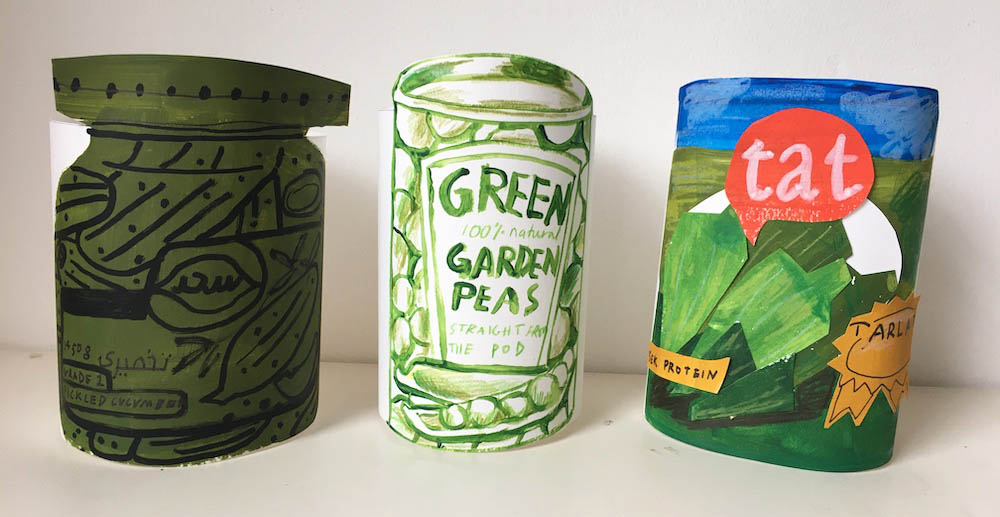
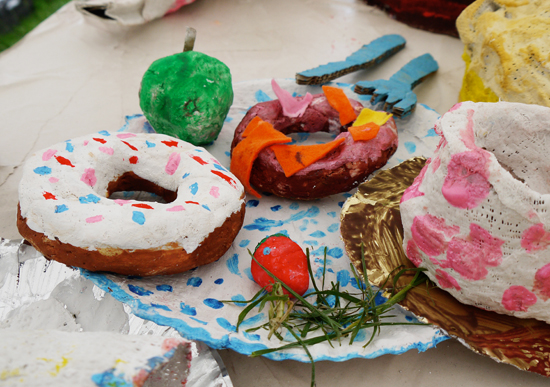
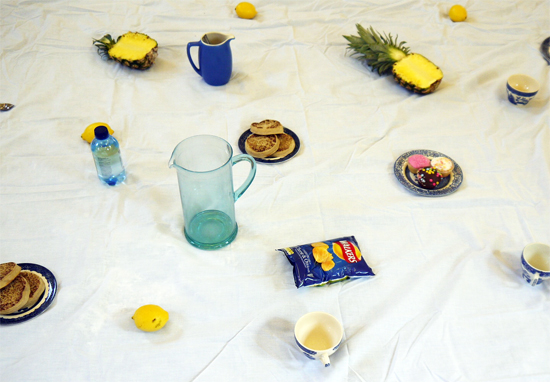


Teaching Notes
Find the MTP for this pathway here.
See the recording of the Zoom CPD session Exploring Modroc.
Curriculum Links
History: Look at the food grown during the time of your chosen civilisation topic e.g. Iron Age farming.
Science: Soil, room to grow, nutrition, food groups, environmental changes.
PSHE: Supports Responsibility to the planet, Collaboration, Peer Discussion. Look at foods from different religious ceremonies.
I Can…
-
I have explored the work of artists who are inspired by food and I can share my responses with the class.
-
I can use my sketchbook to record and reflect how the artist’s work makes me feel.
-
I can use my sketchbook to draw food using a variety of media, drawing from still images and from life, exploring how I can use line, shape, and colour to capture the texture and form of the food.
-
I can make a sculpture of food, understanding that by working in 3d my sculpture will be seen from different viewpoints.
-
I can explore and experiment using “Design through Making”, and I can discover how I can transform and construct with different materials to make my sculpture.
-
I have seen how my own sculpture can form part of a larger artwork, and how we can all find inspiration in each others’ ideas.
-
I can explore drawing on different surfaces such as fabric, understanding how the drawing materials act differently to when they are used on paper.
-
I can present my work as part of a larger artwork, and I can share my response to my own work and also to the work of my peers.
Time
This pathway takes 6 weeks, with an hour per week. Shorten or lengthen the suggested pathway according to time and experience. Follow the stages in green for a shorter pathway or less complex journey.
Materials
Soft B pencils, coloured pencils, oil/chalk pastels, water colour, graphite sticks, still life arrangement of food
Option 1: Paint Your Corner Shop – Acrylic or poster paint, pencils, handwriting pens, cartridge paper, sellotape, PVA glue, scissors.
Option 2: Feast from Modroc Construction Materials (see list here )
Pathway: Festival Feasts
A PDF of this pathway can be found here.
-
Aim of the Pathway
The aim of the pathway is to give children the opportunity to consolidate and further develop a variety of skills (drawing, painting, making) in a celebration of the ways food connects us, as families, cultures, and communities.
- Week 1 & 2: Be Inspired
Explore & Draw
For the first two weeks, pupils will spend time looking at the artists below and making drawings in sketchbooks.
- Introduce
Claes Oldenburg
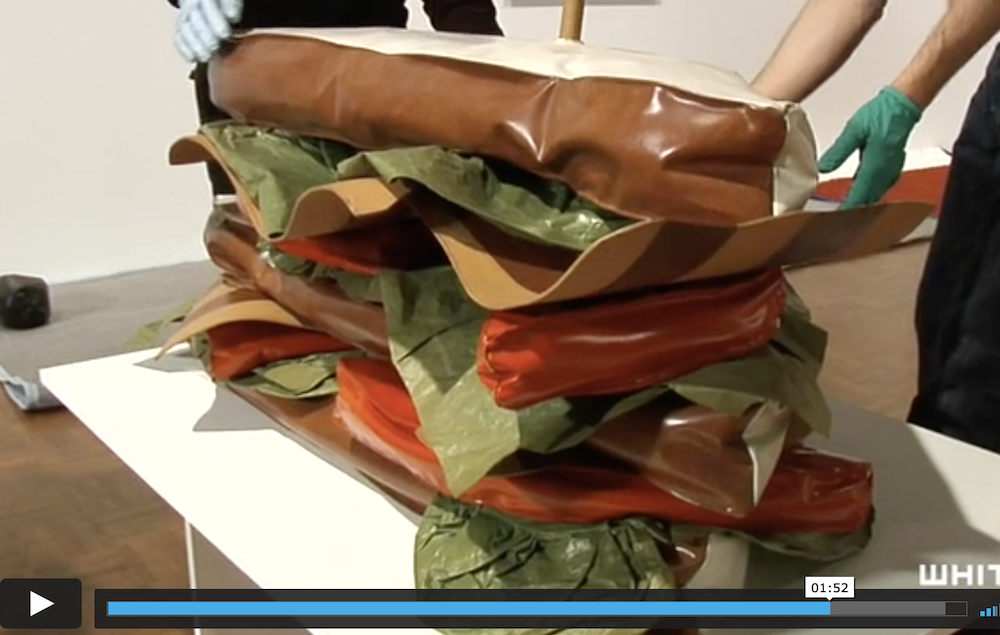
Explore the sculptures of Claes Olderburg with our free to access “Talking Points: Claes Oldenburg” resource.
Whilst watching the videos, ask children to fill a couple of sketchbook pages using “Making Visual Notes“. They may draw quick drawings of the sculptures, note down how the sculptures make them feel and also include any other thoughts that the videos prompt.
- Introduce
Lucia Hierro
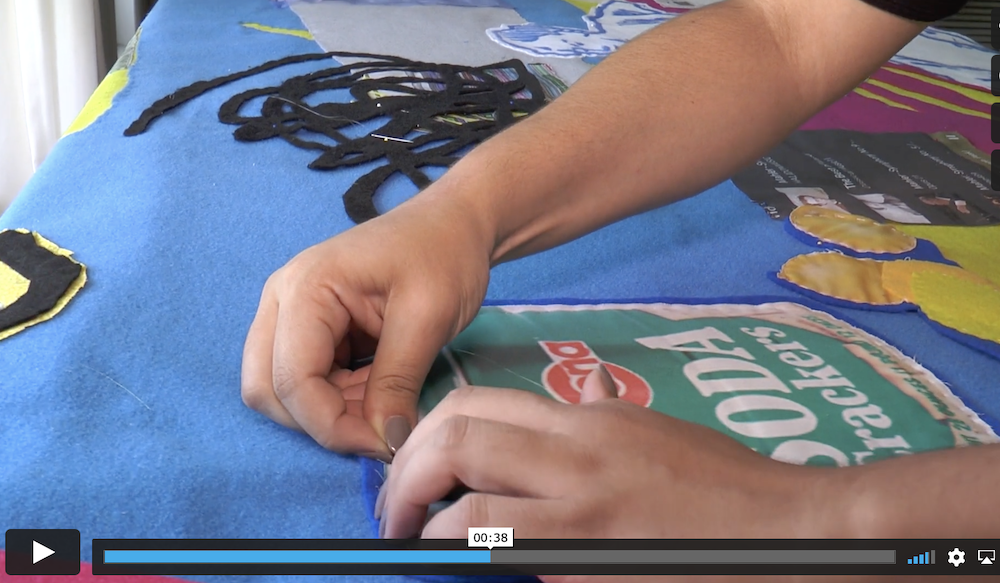
Explore the free to access “Talking Points: Lucia Hierro” to find out more about an artist who creates soft sculptures and installations related to corner shops.
Children will fill one or two sketchbook pages using the “Making Visual Notes” resource, and consider the similarities and differences between Claes and Lucia.
- Introduce
Rowan Briggs Smith
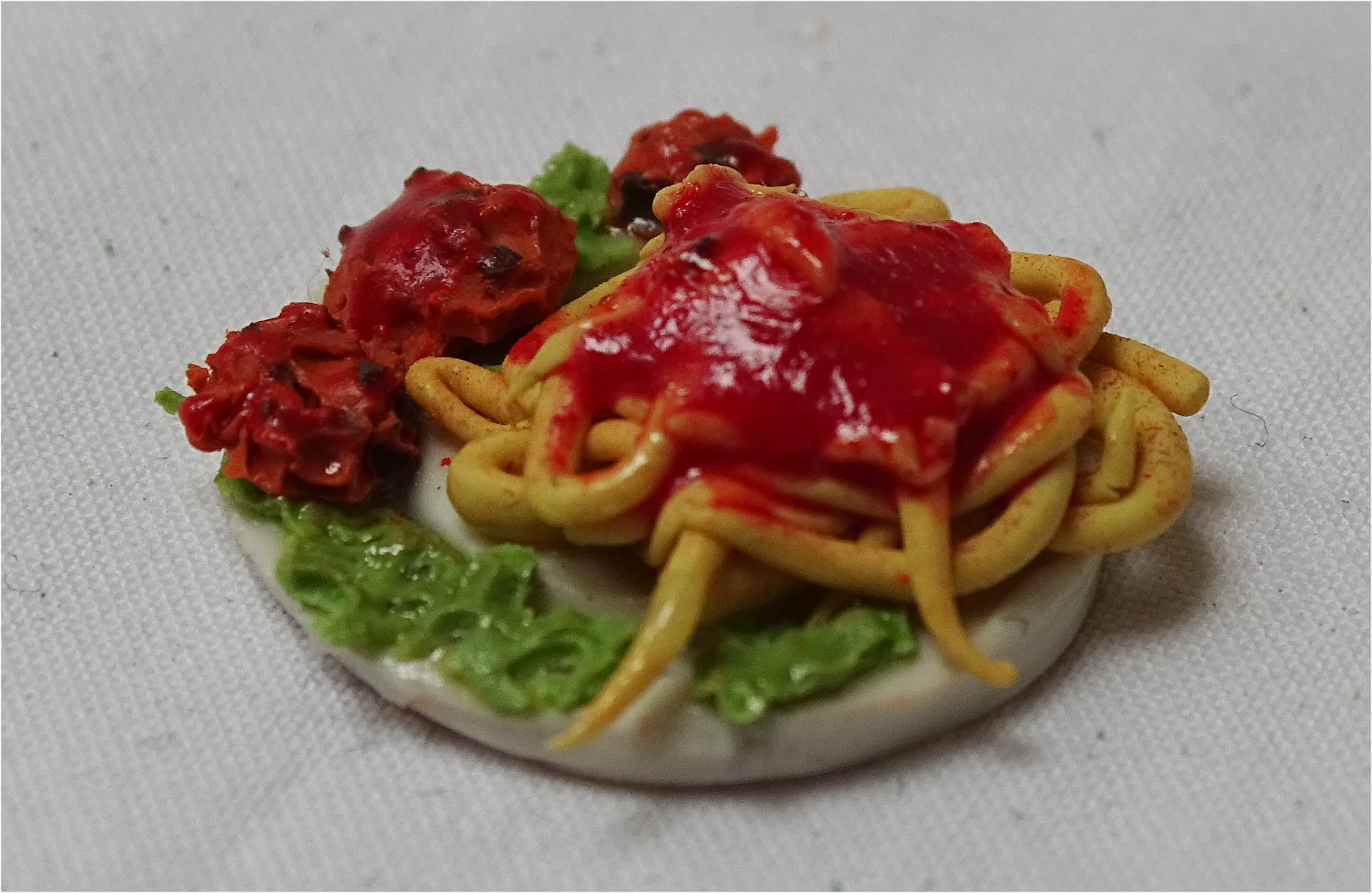
Explore “Making Mini Food” to see how a young artist made a collection of tiny plates of food.
- Work in Sketchbooks
Show Me What You See
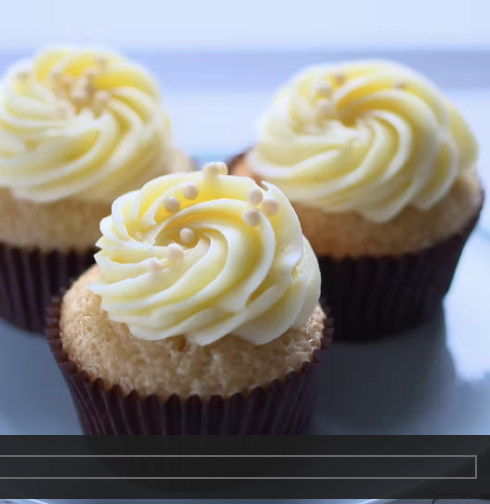
See the free to access “Drawing Source Material: Food” resource.
Children will work in sketchbooks, using the “Show Me What You See” technique to help them visually explore food.
During the exercise, draw the children’s attention to the visual elements of their drawings, including talking about shape, colour, texture and composition. Try to capture all these qualities using different materials (and combinations of materials) such as pen, ink, pastel, oil pastel, watercolour and pencil.
By the end of the session sketchbooks should be full of pupil’s interpretations of different elements (shapes, lines etc) from the video.
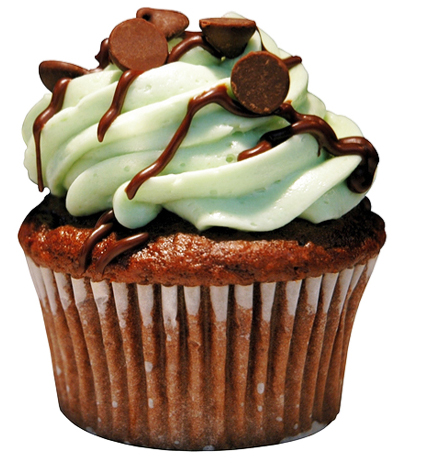
Invite children to bring in food, or make a visit to a bakery and invite children to draw directly from life. How is it different to drawing from photographs? Use any of the drawing exercises on this page to inspire your drawings.
- Week 3, 4: Find your Focus
Explore Painting or Sculpture
Invite children to explore their favourite foods through either of these community focused paint or sculpture activities.
- Option 1
Paint Your Corner Shop

Explore painting and sculpture with the “Paint Your Corner Shop” resource. This activity encourages children to think about foods that they like or have other connections to. Children will paint jars / tins of food in 3 different ways. The paintings can be turned into 3D sculptures to form a classroom shop installation.
Start the session with a “Continuous Line Drawing” warm up.
-
Or…
- Option 2
Feast from Modroc

Give children the opportunity to work with new materials and make a “Feast from Modroc“. Making a sculptural feast allows each child to make their own sculpture which will contribute to a lavish class meal. Using modroc and other materials gives pupils the opportunity to explore texture and modelling as well as colour and form.
Start week 3 by exploring the work of sculptor and artist Nicole Dyer whose work you can find on the free to access “Talking Points: Nicole Dyer” resource.
You can find detailed information on using Mod Roc in the classroom here.
- Week 5: Collaborate
Communal Picnic Drawing
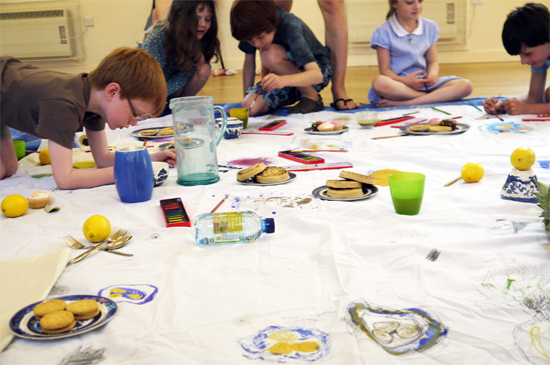
Finish off the summer term with this fun “Communal Picnic” activity.
Start by laying out the picnic – bring food which contributes colour, texture, pattern and form to inspire – and allow lots of space between the food objects to allow the children to work directly on to the cloth. If you are working with a whole class rather than just a few children then you may prefer to try this activity in the hall or even outside, working on more than one sheet.
This activity gives children the chance to work on a new surface (use old sheets from charity shops) and see how using the materials is different to using them on paper.
- Week 6: Share and discuss
Share, Reflect, Celebrate
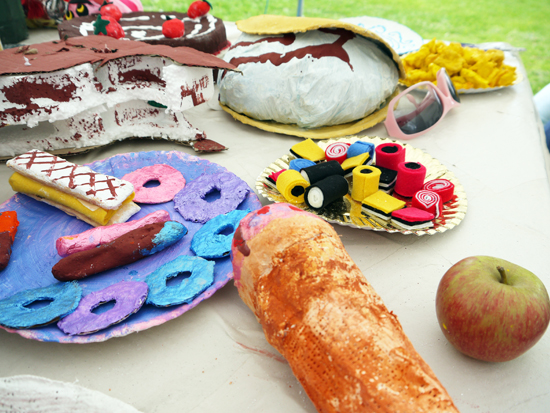
End the pathway by taking time to appreciate the developmental stages and the final outcomes in a clear space.
Depending upon the project option chosen, display the work appropriately including having open sketchbooks. Use the “Crit in the Classroom” resource to help you.
Encourage children to reflect upon all stages of the journey, and reference the artists studied.
If available, children can use tablets or cameras to take photographs of the work.
Explore how children can take high quality photographs of 3d artwork with this resource.
See This Pathway Used In Schools
If You Use AccessArt Resources…
You might like to…
Join our Facebook Group
Join the AccessArt Network group on Facebook and ask questions of others using our resources
Share and Tag
Share photos of work made by tagging us on social media
You May Also Like…
Art Club Cafe
Making sculptural food in an after school club setting
Sushi Drawing
Drawing inspired by Japanese Sushi
Sushi Making
Making Sushi with recycled materials
Mixed Media Landscape Challenges
See This Resource Used In Schools…
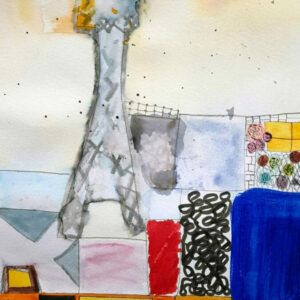
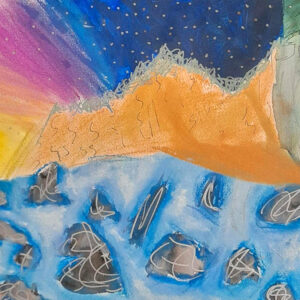
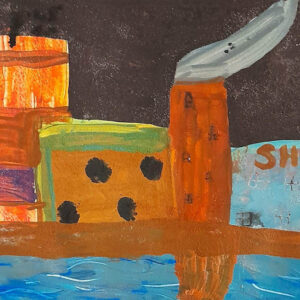
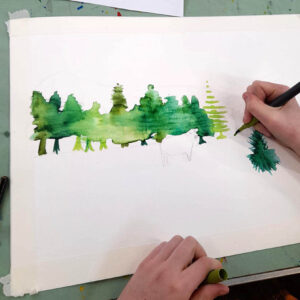
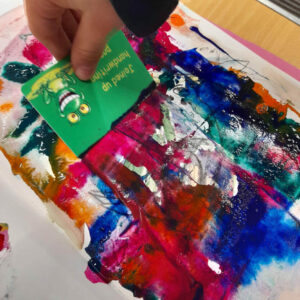
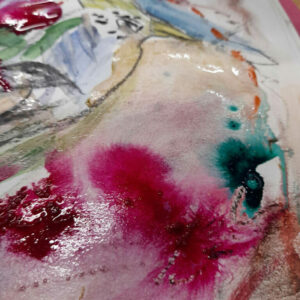
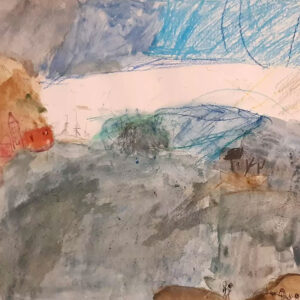
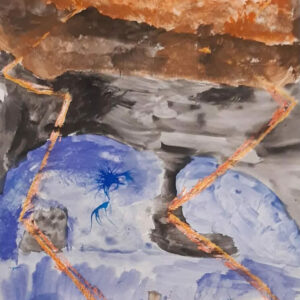
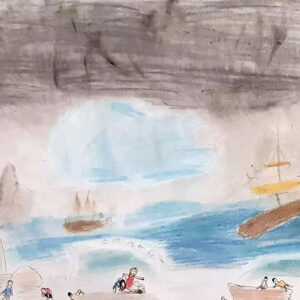
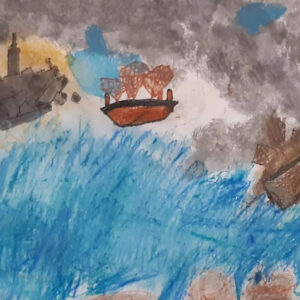
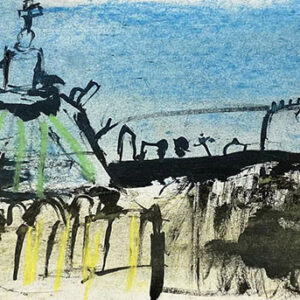
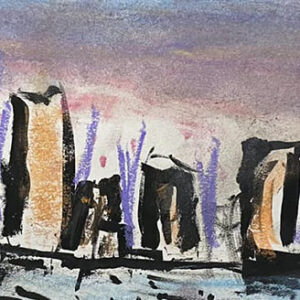
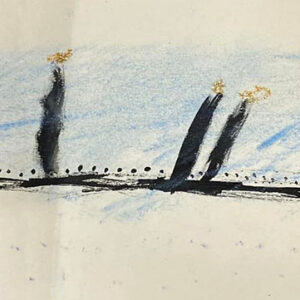
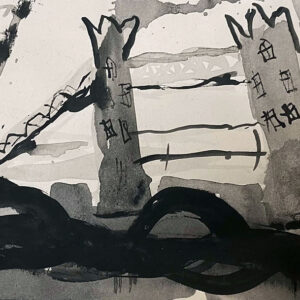
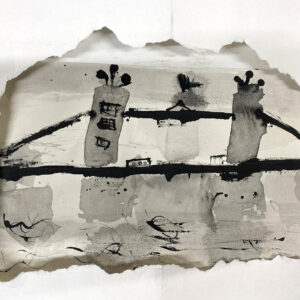
You May Also Like…
Pathway: Mixed Media Land and city scapes
This is featured in the ‘Mixed Media Land and City Scapes’ pathway
Talking Points: Kittie Jones
Talking Points: Vanessa Gardiner
Talking Points: The Shoreditch Sketcher
Talking Points: Kittie Jones
A collection of sources and imagery to explore the work of landscape painter Kittie Jones.
Please note that this page contains links to external websites and has videos from external websites embedded. At the time of creating, AccessArt checked all links to ensure content is appropriate for teachers to access. However external websites and videos are updated and that is beyond our control.
Please let us know if you find a 404 link, or if you feel content is no longer appropriate.
We strongly recommend as part of good teaching practice that teachers watch all videos and visit all websites before sharing with a class. On occasion there may be elements of a video you would prefer not to show to your class and it is the teacher’s responsibility to ensure content is appropriate. Many thanks.
*If you are having issues viewing videos it may be due to your schools firewall or your cookie selection. Please check with your IT department.*
This resource is free to access and is not a part of AccessArt membership.




Kittie Jones
Kittie Jones is a fine artist based in Edinburgh. She graduated from Edinburgh College of Art and Edinburgh University in 2008; she currently works from her studio at Coburg House Art Studios in Leith and regularly exhibits around the UK.
“My work is concerned with the experience of time spent looking and interpreting the natural world. I am drawn to places which have an abundance of nature – sea bird colonies, fertile coastlines and remote islands. On drawing trips I will settle in a promising spot and start to develop work from there. The energy in the work comes from the constantly changing elements of the natural world – birds moving in and out of vision and the shifting quality of weather and light. “ – Kittie Jones
Find a fantastic insight into Kittie’s creative process here on AccessArt.
Questions to Ask Children
What kind of atmosphere does Kittie capture in her work?
How does mark making add to the painting?
How do the paintings make you feel?
What other inputs do you think Kittie gets from painting outdoors? How do you think these impact her work?
Would you like to experience sitting and painting in the outdoors?
This Talking Points Is Used In…
Pathway: Mixed Media Land and city scapes
This is featured in the ‘Mixed Media Land and City Scapes’ pathway
using sketchbooks to make visual notes
Show me what you see
Talking Points: Vanessa Gardiner
A collection of sources and imagery to explore the work of landscape painter Vanessa Gardiner.
Please note that this page contains links to external websites and has videos from external websites embedded. At the time of creating, AccessArt checked all links to ensure content is appropriate for teachers to access. However external websites and videos are updated and that is beyond our control.
Please let us know if you find a 404 link, or if you feel content is no longer appropriate.
We strongly recommend as part of good teaching practice that teachers watch all videos and visit all websites before sharing with a class. On occasion there may be elements of a video you would prefer not to show to your class and it is the teacher’s responsibility to ensure content is appropriate. Many thanks.
*If you are having issues viewing videos it may be due to your schools firewall or your cookie selection. Please check with your IT department.*
This resource is free to access and is not a part of AccessArt membership.




Vanessa Gardiner
“As a landscape painter I am captivated both by the beauty of the places on which my work is based and by the processes involved during the making of the pictures. In a sense, for me, they go hand-in-hand: the immediacy of drawing directly from the seemingly haphazard natural subject matter, with the careful selection and ordering of the compositions back in the studio.” – Vanessa Gardiner
Questions to Ask Children
Do you like Gardiner’s linear approach to landscape painting?
What does the texture add to the painting?
Does this make you think about landscapes differently?
How do the paintings make you feel?
What kind of atmosphere(s) does Gardiner capture in the painting(s)?
This Talking Points Is Used In…
Pathway: Mixed Media Land and city scapes
This is featured in the ‘Mixed Media Land and City Scapes’ pathway
using sketchbooks to make visual notes
Show me what you see
Nests: With Dry and Wet Media
See This Resource Used In Schools…
You May Also Like…
Pathway: Sculpture, Structure, Inventiveness & determination
This is featured in the ‘Sculpture, Structure, Inventiveness & Determination’ pathway
Talking Points: What can we learn from birds
Drawing source material: nests
Nests: Observational Ink Drawing
See This Resoucre Used In Schools…
You May Also Like…
Pathway: Sculpture, Structure, Inventiveness & determination
This is featured in the ‘Sculpture, Structure, Inventiveness & Determination’ pathway
Talking Points: What can we learn from birds
Explore parallels between behaviour of birds and ourselves
Drawing source material: nests
A collection of imagery and sources which you can use to prompt drawing
Nests: Materials, Tools Testing and Sketchbooks
See This Resource Used In Schools…
You May Also Like…
Pathway: Sculpture, Structure, Inventiveness & determination
This is featured in the ‘Sculpture, Structure, Inventiveness & Determination’ pathway
Talking Points: What can we learn from birds
Drawing source material: nests
Pathway: Making Monotypes
Pathway for Years 5 & 6
Disciplines:
Printmaking (Monotype), Drawing, Painting, Collage, Sketchbooks
Key Concepts:
-
That Monotype is a process where we make images by transferring ink from one surface to another to make a single print.
-
That we can use the “distance” that monotype gives us between mark making and outcome to make images with texture and a sense of history/process.
-
That we can combine monotype with other disciplines such as painting and collage.
-
That we can make art by expressing our own personal response to literature or film.
In this pathway children explore the process of making monotypes. The pathway starts with an introduction to monotypes, and then children explore the work of an artist who uses monotypes to build sculptures and installations.
Pupils develop their mark making skills through a simple warm up exercise, before focussing upon a project which gives them the opportunity to use the monotype process (combined with painting and collage) to make a “zine”, inspired by a piece of poetry. The pathway provides two ways of making monotypes according to the space and time you have available.
Throughout the project pupils use sketchbooks to collect ideas, test methods, and explore colour, line and mark making.
Medium:
Paper, Ink, Carbon Copy Paper, Paint
Artists: Kevork Mourad
If you use this resource in your setting, please tag us on social media: #InspiredBy @accessart (facebook, twitter) @accessart.org.uk (instagram) and share the url. Thank you!
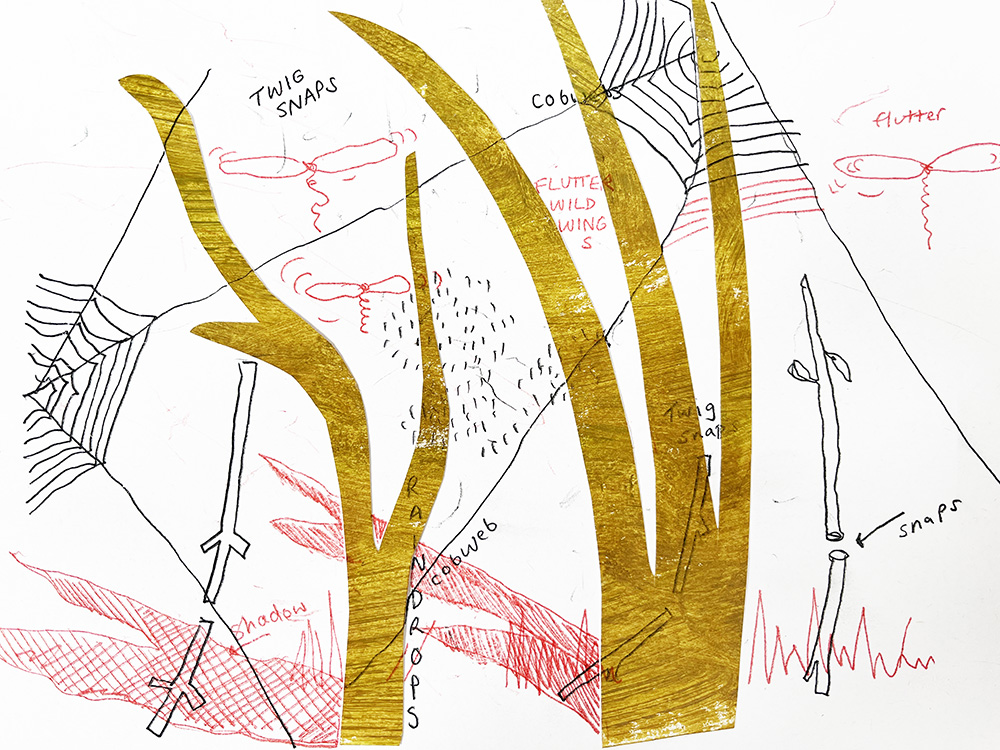
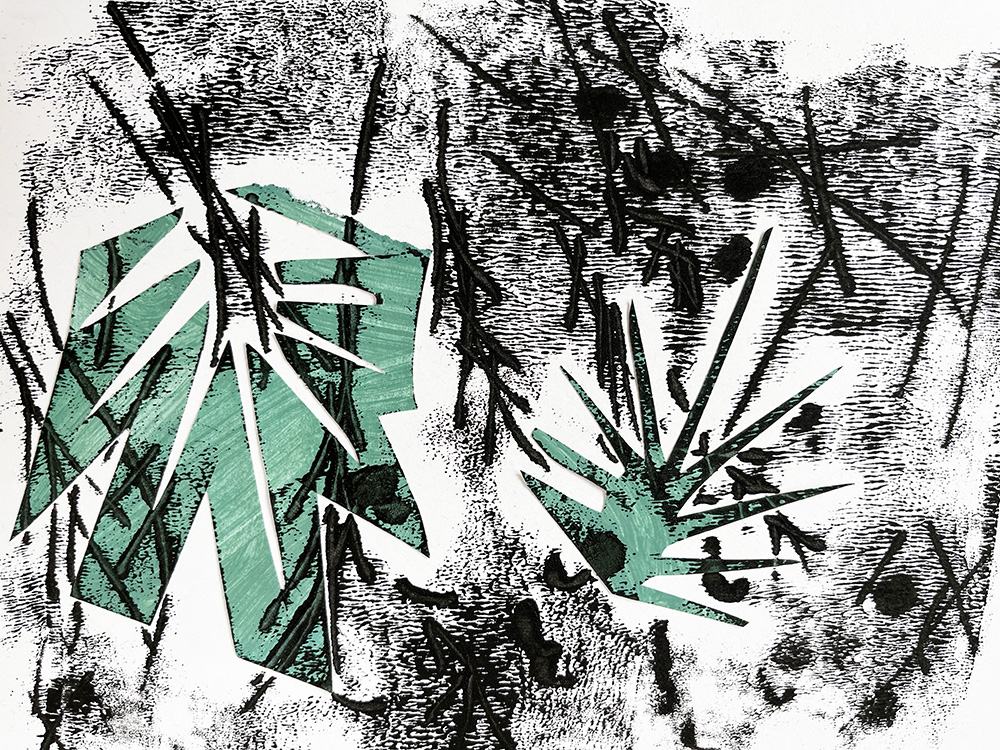

Teaching Notes
Find the MTP for this pathway here.
Curriculum Links
English: Use a poem or story to inspire making your own monotype books.
History: Make a zine about your theme or focus.
PSHE: Supports Responsibility to the planet, Collaboration, Peer Discussion.
I Can…
-
I have understood what a Monotype is and can see how artists use monotypes in their work. I have been able to share my response to their work.
-
I can study drawings made by other artists and identify particular marks they have used in their drawings. I can use my sketchbook to create a collect of marks for me to use later.
-
I can listen to a piece of poetry and think about how the piece evokes colours, lines, shapes and words in my head, and I can use these to create imagery which captures the mood of the piece of poetry.
-
I can use my sketchbook to explore my ideas.
-
I can use my mark making skills to create exciting monotypes, combining the process with painting and collage.
-
I can share my thinking and outcomes with my classmates. I can listen to their views and respond.
-
I can share my response to the artwork made by my classmates.
-
I can photograph my work, thinking about lighting, focus and composition.
Time
This pathway takes 6 weeks, with an hour per week. Shorten or lengthen the suggested pathway according to time and experience. Follow the stages in green for a shorter pathway or less complex journey.
Materials
Soft B pencils, handwriting pens, cartridge paper, black sugar paper, assorted papers/cards, old maps or newspapers, A1 cartridge paper, assorted small objects and plants, PVA glue, tape, scissors.
Pathway: Making Monotypes
A PDF of this pathway can be found here.
-
Aims of the Pathway
The aims of this pathway is to remind/introduce pupils to the technique of making monotype and to enable them to use the technique to make artwork which is poetic and fluid.
- Week 1: Introduce
What is Monotype Printing?
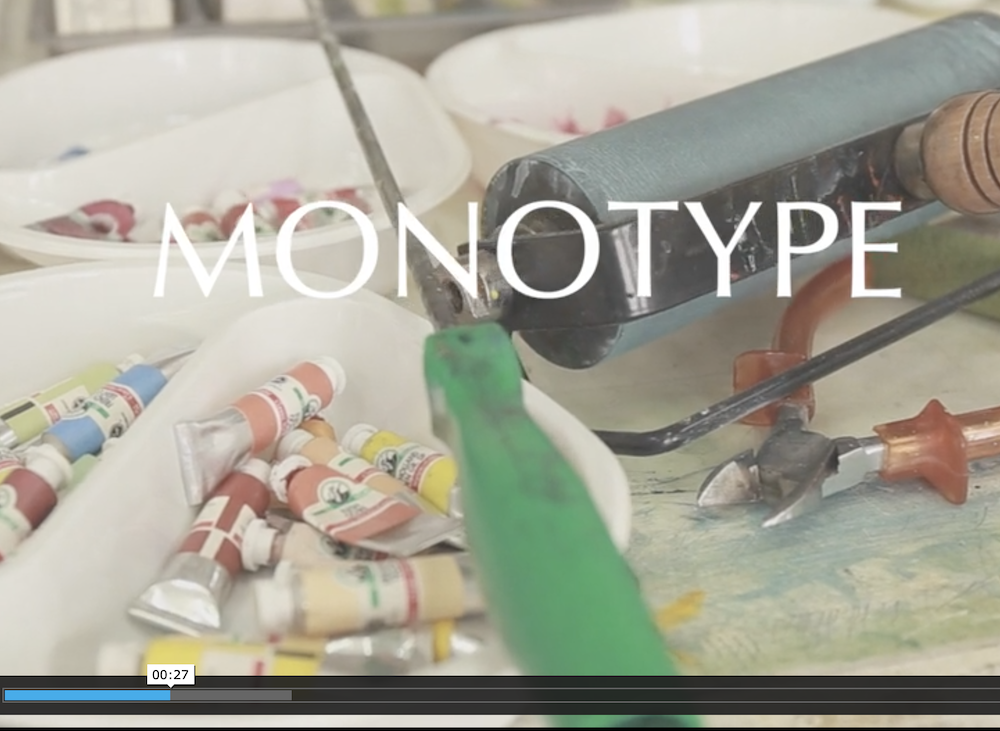
Use the free to access “What is Monotype?” resource to introduce pupils to the idea of making one off drawings through print.
- Introduce an Artist
Explore the work of Kevork Mourad
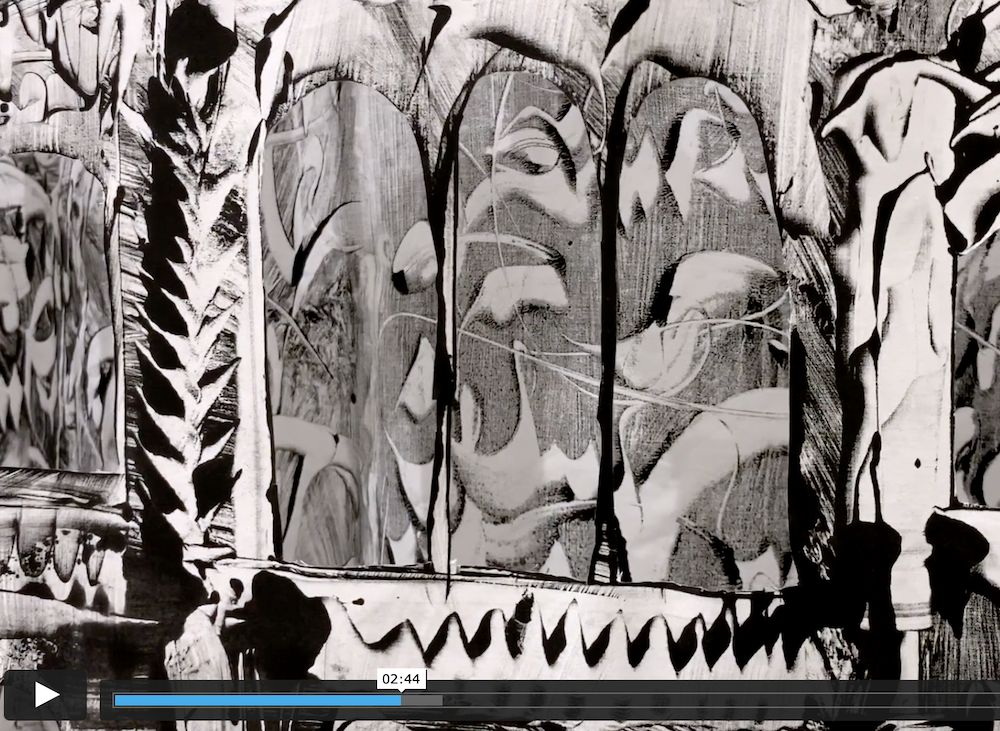
Kervork Mourad creates huge sculptural monotypes on fabric. Find out about the concepts and processes that he uses. See the free to access “Talking Points: Kevork Mourad” resource.
Use “Making Visual Notes” as a way to encourage children to collect information in their sketchbooks.
- Week 2: Open Up Mark Making Vocabulary
Finding Marks Made by Artists
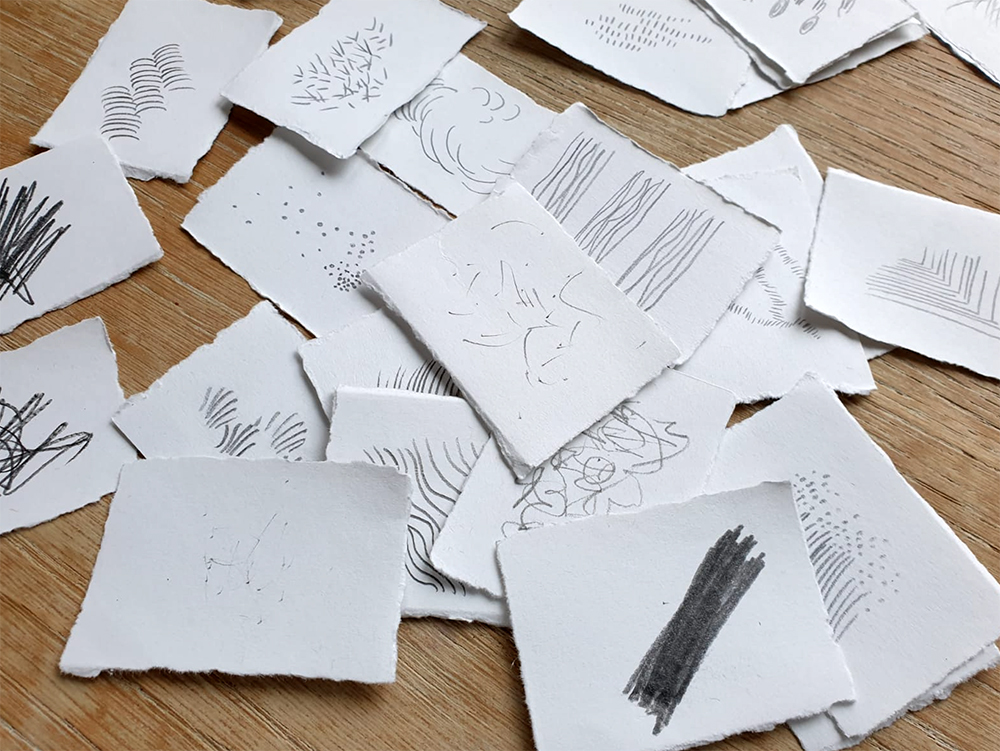
Monotypes rely on mark making. Use the “Finding Marks Made by Artists” resource to remind pupils of the vast array of marks that are open to them in their work.
Encourage children to work in sketchbooks to create a lexicon of marks made by varying the tool, hold, pressure, speed and intention of the way the mark is made.
- Week 3, 4, and 5: Using Monotype in a Project
Creating a Visual Poetry Zine
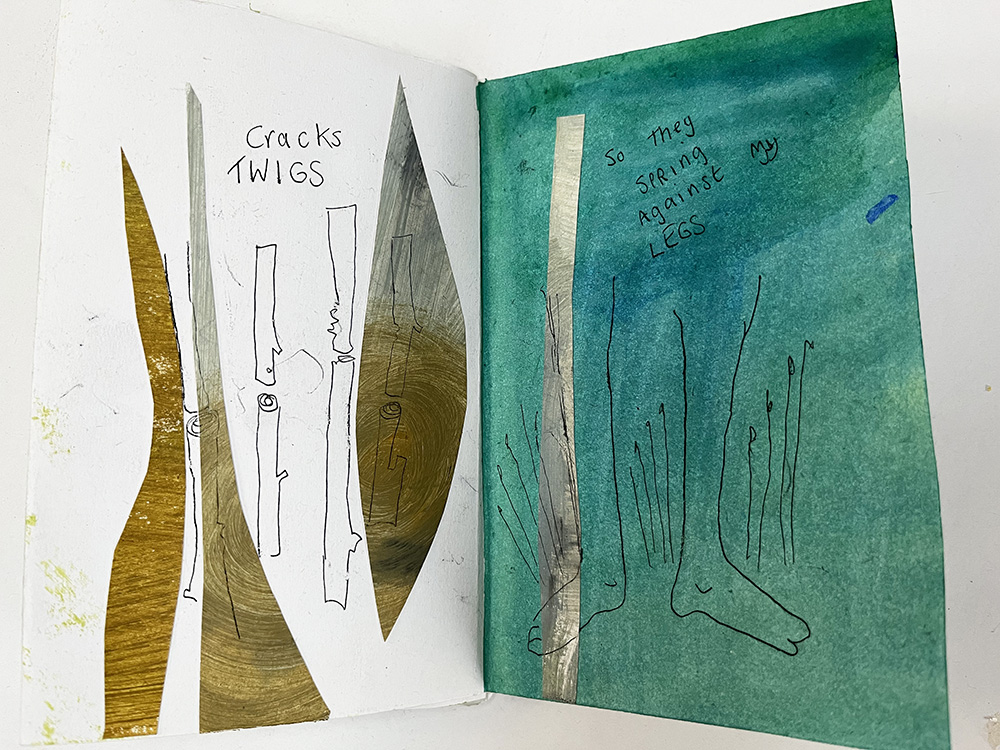
Over the next few sessions use the “Visual Poetry Zine with Monotype” resource to help pupils explore how they can use monotype to create their own personal books.
Invite pupils to use sketchbooks throughout as a place where they can test the monotype process and explore colour, line and mark making.
- Week 6: Talk
Share, Reflect, Discuss
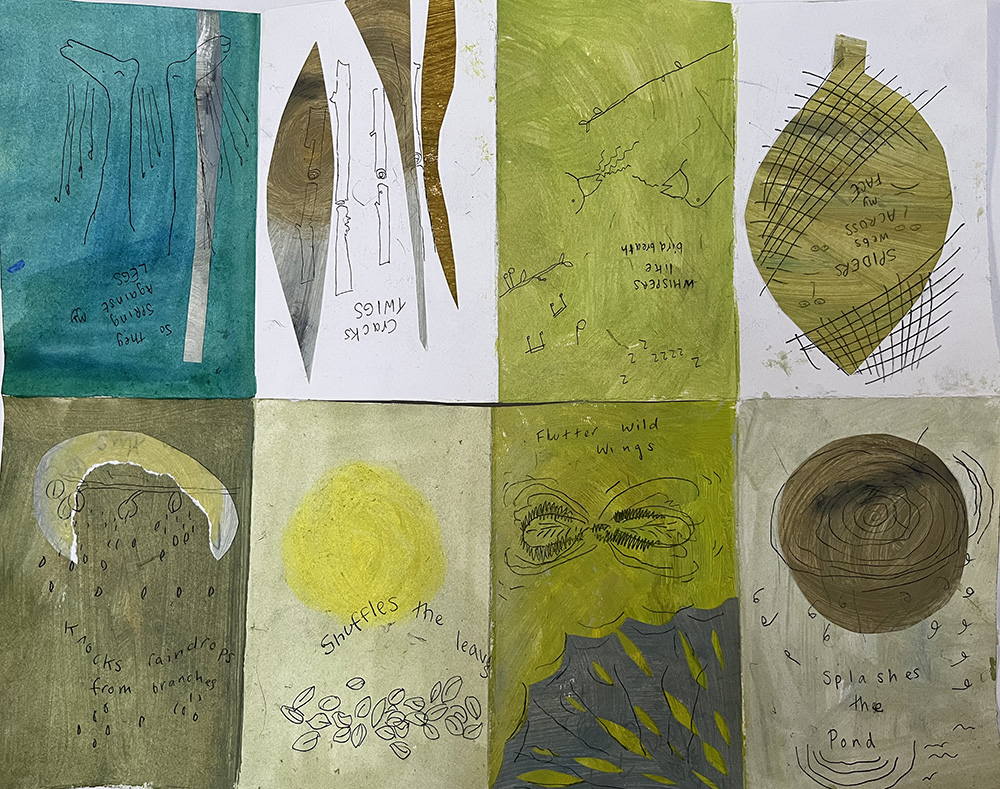
End the pathway by taking time to appreciate the developmental stages and the final outcomes in a clear space. Talk about intention and outcome through a ‘crit’.
Display the work appropriately including having open sketchbooks. Use the “Crit in the Classroom” resource to help you.
If you have class cameras or tablets, invite the children to document their work, working in pairs or teams.
See the Pathway Used in Schools…
If You Use AccessArt Resources…
You might like to…
Join our Facebook Group
Join the AccessArt Network group on Facebook and ask questions of others using our resources
Share and Tag
Share photos of work made by tagging us on social media
You May Also Like…
Monotype Videos
Videos to demonstrate various monotype processes
Animation Set Design Challenge
An animation set design challenge.


Animation Set Design Challenge
Use this challenge to design and make a model “set” for an animation.
1. Explore the Rosie Hurley: Esio Trot resource to see how artist Rosie uses her sketchbook to help her design and make a set for an animation project.
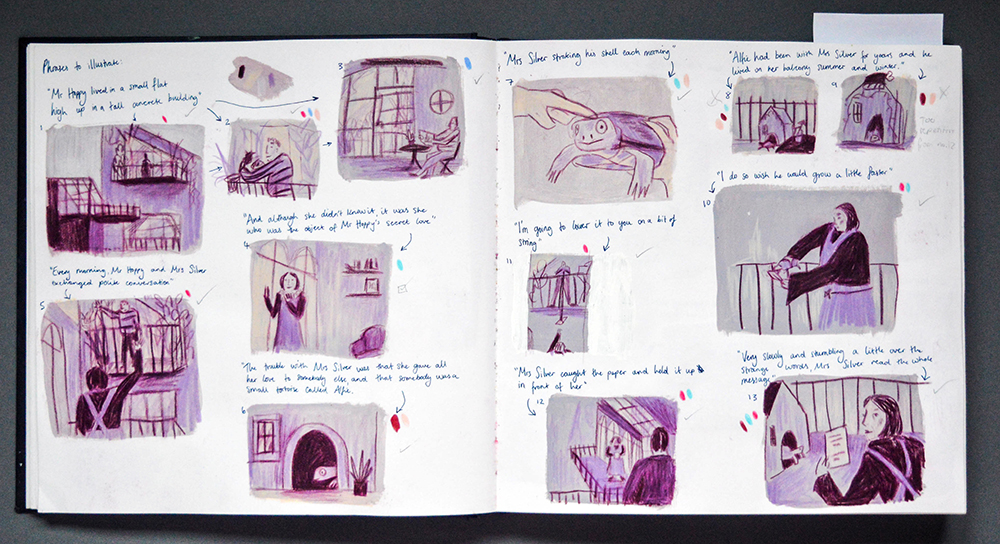 Artwork by Rosie Hurley
Artwork by Rosie Hurley
2. Decide upon your creative stimulus.
Your set will be inspired by a particular poem, story, short film or piece of music. Make sure you are familiar with the stimulus by watching / listening to it many times. Talk about it with your class so you can start to understand characters/mood/settings/narrative.
3. Use your Sketchbook
Use your sketchbook, just as Rosie does, to help you understand the stimulus. If the stimulus is visual, like a film, then pause the film and make drawings of scenes which you feel are important.
If the stimulus is aural, listen and use your imagination to make sketchbook drawings.
 Artwork by Rosie Hurley
Artwork by Rosie Hurley
4. Think about Structure
Start to think about what scene or set you will create. It can change as you work, but try to have a starting point. Think about:
-
Is it indoors or outdoors?
-
Is it on one level?
-
What would the audiences’ viewpoint be?
-
Does it have spaces within it?
-
Will it have movable walls/parts?
Try to think of it as a 3d composition.
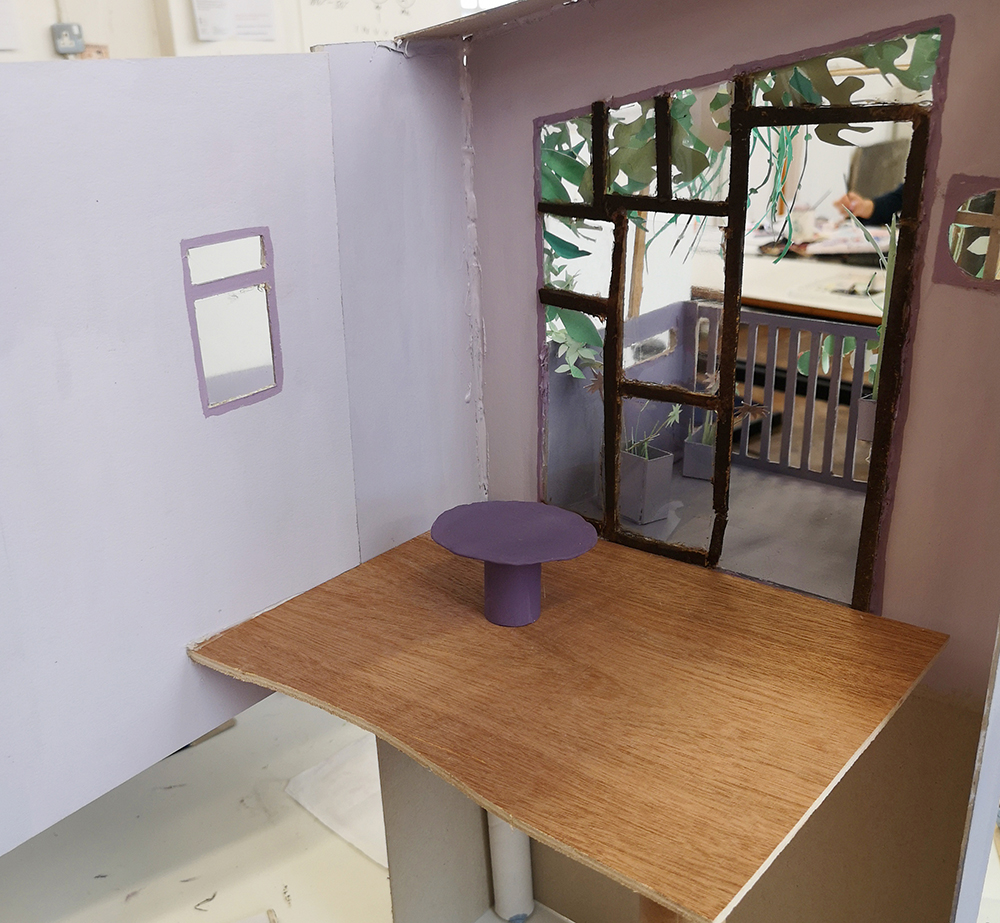 Artwork by Rosie Hurley
Artwork by Rosie Hurley
5. Think about Colour and Texture
Use your sketchbook to explore colour palettes. What colours would suit your set/the initial stimulus? Mix and test colours in your sketchbook, or cut colours from magazines and stick them in.
Think about how you use the colours too. Think about backgrounds, foregrounds, objects on the stage. Will there be colour everywhere? Will you have areas of no colour?
Think about the materials and textures you will use when you build your model set. Explore different materials – fabrics, wire, wood, paper, string, found objects… there is no limit to the materials you might use.
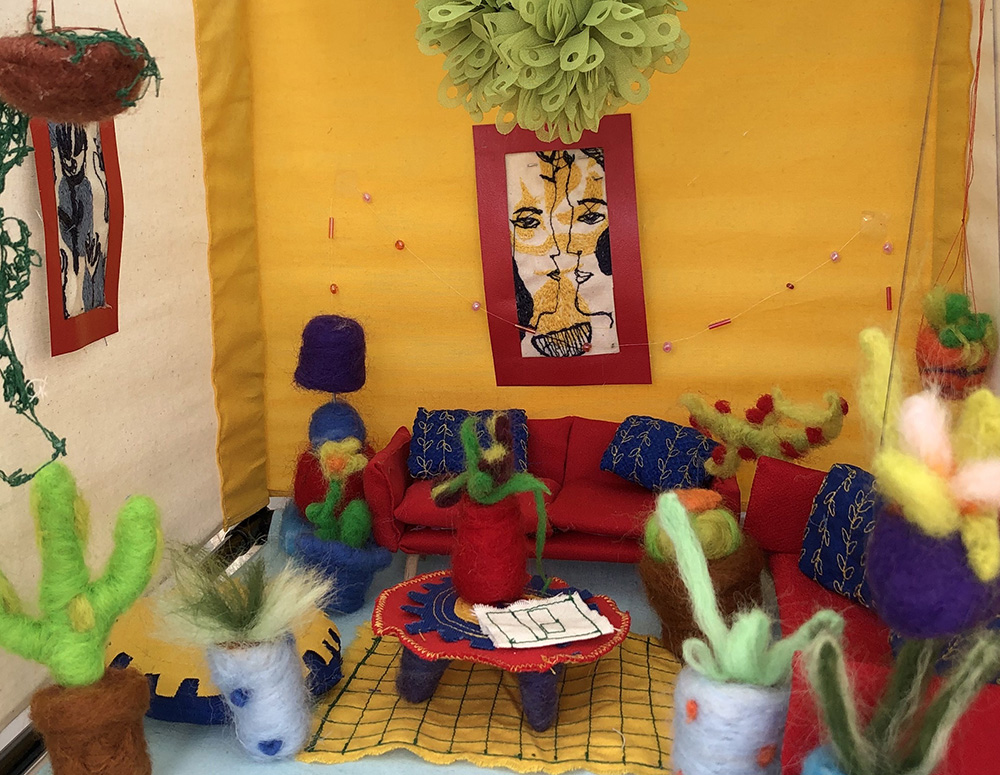 Felted and Embroidered Yellow Living Room by Gabby Dickson
Felted and Embroidered Yellow Living Room by Gabby Dickson
6. Start Building your Model Set
Take a box, and cut away some sides so you are left with a 3, 4 or 5 sided structure in which to make your model set. Don’t forget to look back through your sketchbook to see your ideas about structure.
Start making! This is the fun bit and your ideas might change from your initial sketchbook work – and that is absolutely fine and as it should be!
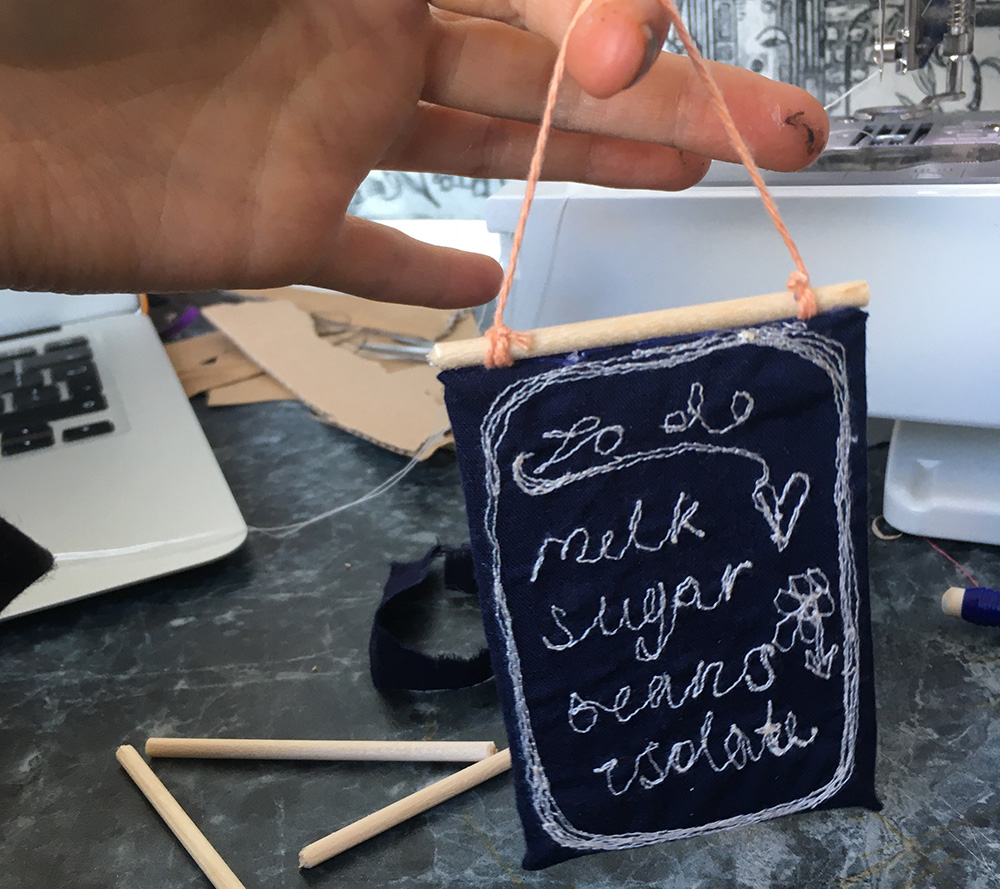 Chalkboard Prop for Kitchen By Gabby Dickson
Chalkboard Prop for Kitchen By Gabby Dickson
7. Think about Lighting
Finally it is time to light your set. Consider how you might use torches or natural light to light the set. Perhaps you will use coloured lenses too. Remember lighting is a key tool to create mood and it should be used with the mood of the original stimulus in mind.
 Rosie Hurley Set Design
Rosie Hurley Set Design
8. Photograph your Set!
Take photographs of your set, making sure you explore camera angles, near and far focus and lighting.
If you have time, use your set as basis for an animation!
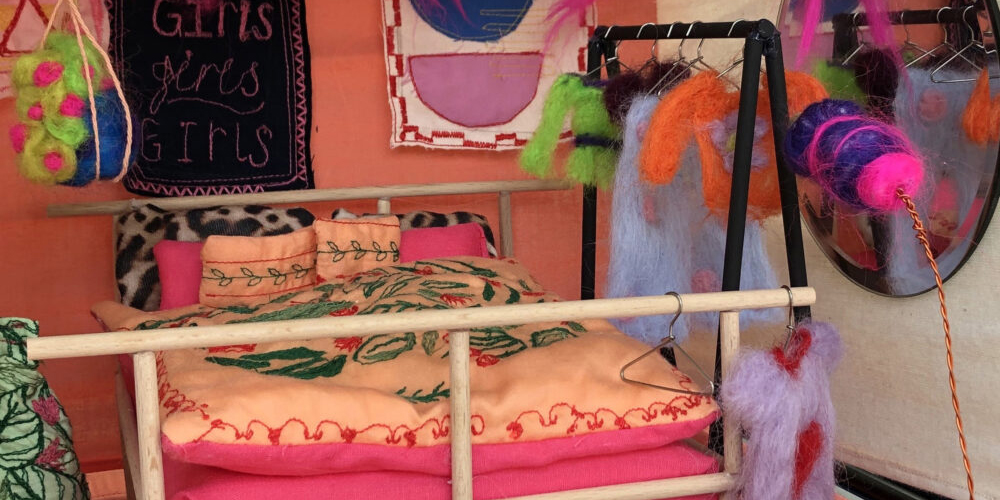 Artwork by Gabby Savage-Dickson
Artwork by Gabby Savage-Dickson
You Might Also Like….
Pathway: Set Design
This is featured in the ‘Set Design’ pathway
talking points: negative space by tiny inventions
Explore the work of animation directors Max Porter and Ru Kuwahata.
Talking Points: Xgaoc’o X’are
A collection of imagery and sources designed to stimulate conversation around the work of Xgaoc’o X’are.
Please note that this page contains links to external websites and has videos from external websites embedded. At the time of creating, AccessArt checked all links to ensure content is appropriate for teachers to access. However external websites and videos are updated and that is beyond our control.
Please let us know if you find a 404 link, or if you feel content is no longer appropriate.
We strongly recommend as part of good teaching practice that teachers watch all videos and visit all websites before sharing with a class. On occasion there may be elements of a video you would prefer not to show to your class and it is the teacher’s responsibility to ensure content is appropriate. Many thanks.
*If you are having issues viewing videos it may be due to your schools firewall or your cookie selection. Please check with your IT department.*
This resource is free to access and is not a part of AccessArt membership.



Xgaoc’o X’are
Two Giraffe and Two Birds II- Botswanan Printmaker Xgaoc’o X’are
Two giraffe and two birds II, Mono print, Xgaoc’o X’are, 50 x 65 cm
Xgaoc’o X’are grew up on a farm in the Ghanzi District in Western Botswana. He now makes mono Prints inspired by his knowledge and love of the Kalahari.
For Xgaoc’o, art gives him the opportunity to put the ideas in his head on a canvas in beautiful naive forms and playful colours. His work is informed by a childhood spent working on farms and hunting with his father and brother for food.
His work is a reflection of his love of the Kalahari Desert and captures the essence of the rock art created centuries ago by his ancestors in Twyfelfontein. The oldest engravings are thought to be as old as 10,000 years.
He signs his work in his Naro name Qhaqhoo.
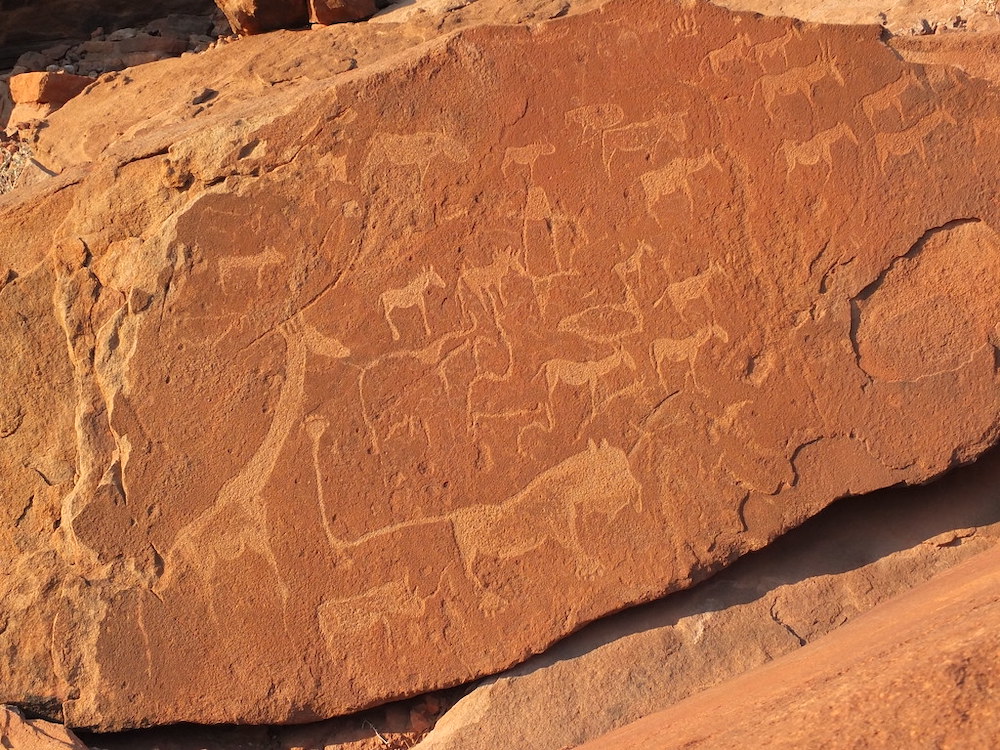
“Engravings at Twyfelfontein” by hobgadlng is licensed under CC BY-SA 2.0
Xgaoc’o X’are’s (Qhaqhoo) work displays a strong sense of pattern, skewed perspectives and uneven shapes with rich detail. His work is reminiscent of Naive Art, which breaks the rules of the traditional 3 rules of perspective. These rules affect size, colour and the level of detail with distance.
Having had no formal art training Xgaoc’o X’are (Qhaqhoo) draws on his personal experiences and ancestral history to capture a beautiful instinctive approach to materials, colour and composition.
See more of Xgaoc’o X’ares work here.
The Naro language uses clicking noises in its phonetic alphabet. To pronounce the Naro name ‘Qhaqhoo’ we recommend looking at a phonetic table for creating the click noise ‘Qh’. Please do let us know if you have any more information relating to the pronunciation.
Questions to Ask Children
Describe what you see.
How does it make you feel?
Which words would you use to describe the whole piece?
How has the artists experience influenced this artwork?
What comparisons can you make between the artists work and the rock engravings?
Make a list of all the animals you often see in your environment.
This Talking Points Is Used In…
Pathway:Exploring the world though mono print
This is featured in the ‘Exploring The World Through Mono print’ pathway
using sketchbooks to make visual notes
Show me what you see
Talking Points: Treehouses
A collection of sources and imagery to explore different treehouses.
Please note that this page contains links to external websites and has videos from external websites embedded. At the time of creating, AccessArt checked all links to ensure content is appropriate for teachers to access. However external websites and videos are updated and that is beyond our control.
Please let us know if you find a 404 link, or if you feel content is no longer appropriate.
We strongly recommend as part of good teaching practice that teachers watch all videos and visit all websites before sharing with a class. On occasion there may be elements of a video you would prefer not to show to your class and it is the teacher’s responsibility to ensure content is appropriate. Many thanks.
*If you are having issues viewing videos it may be due to your schools firewall or your cookie selection. Please check with your IT department.*
This resource is free to access and is not a part of AccessArt membership.




